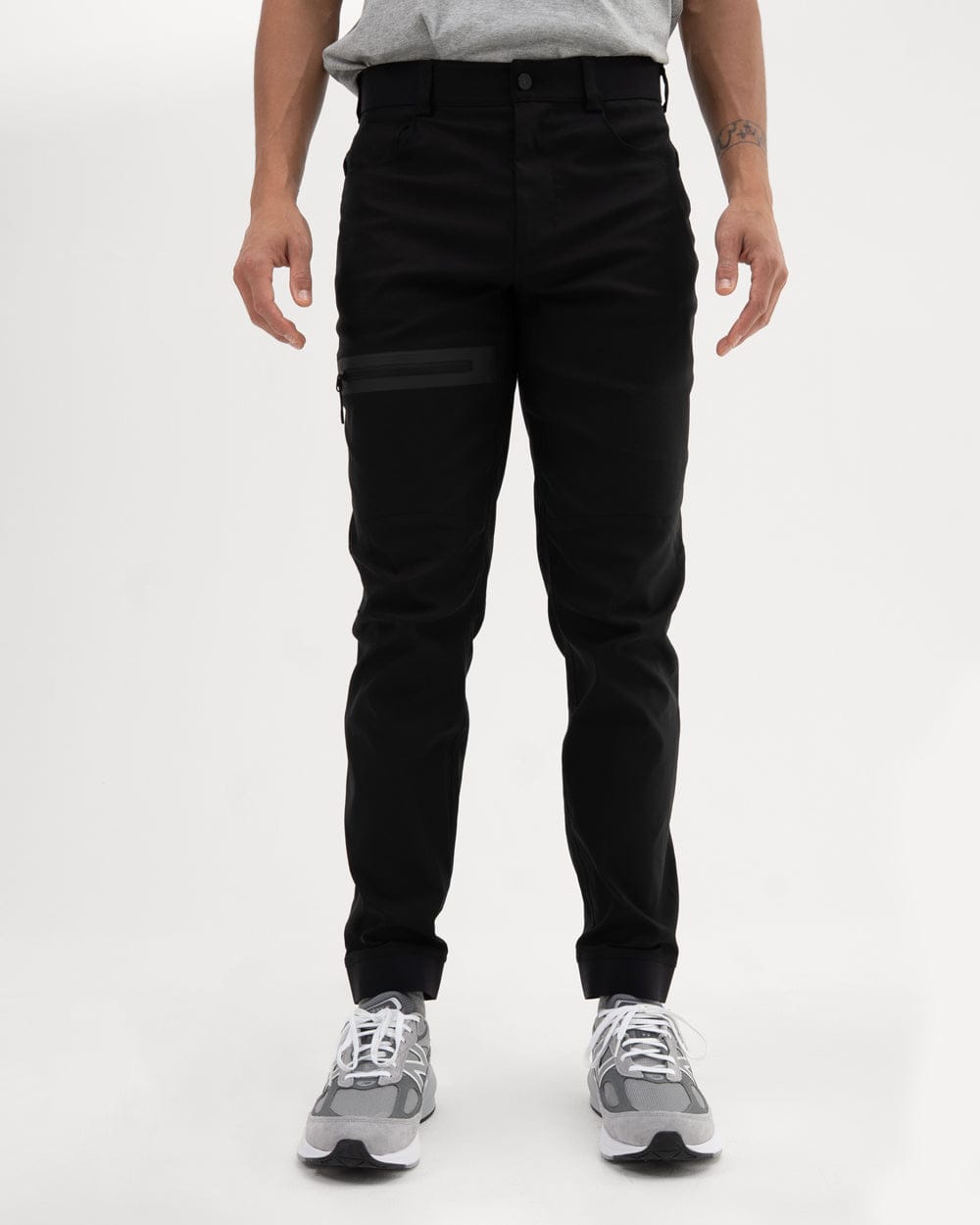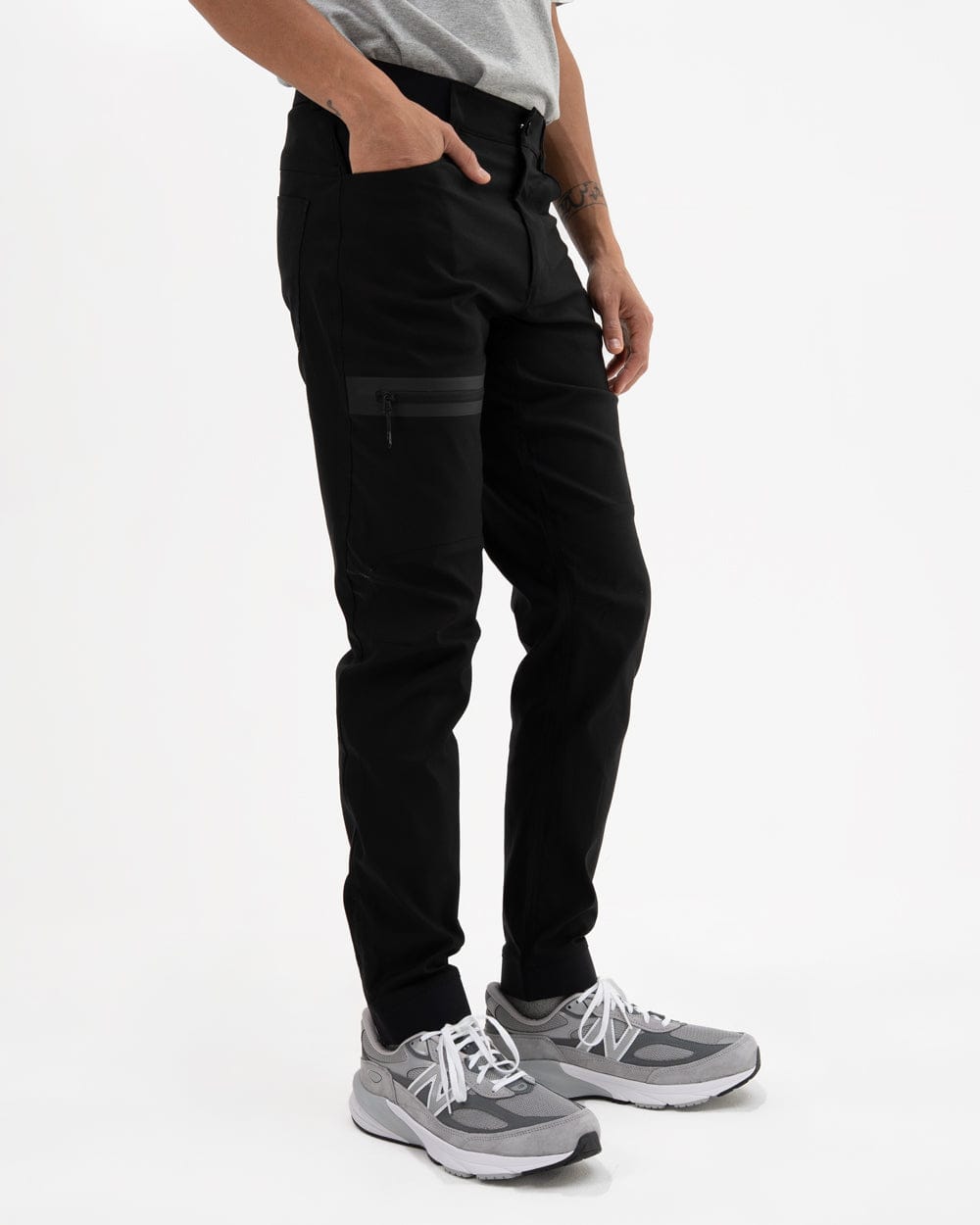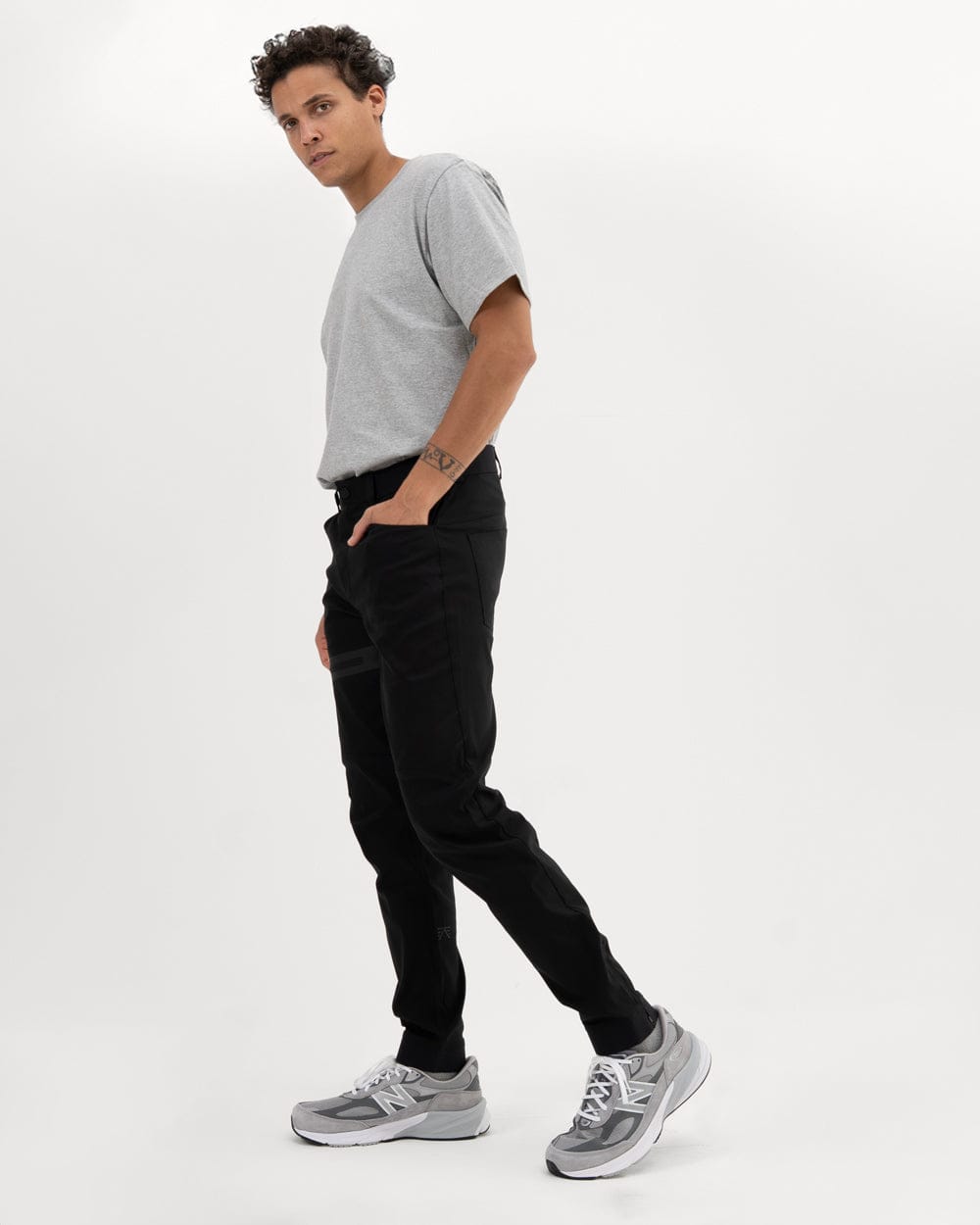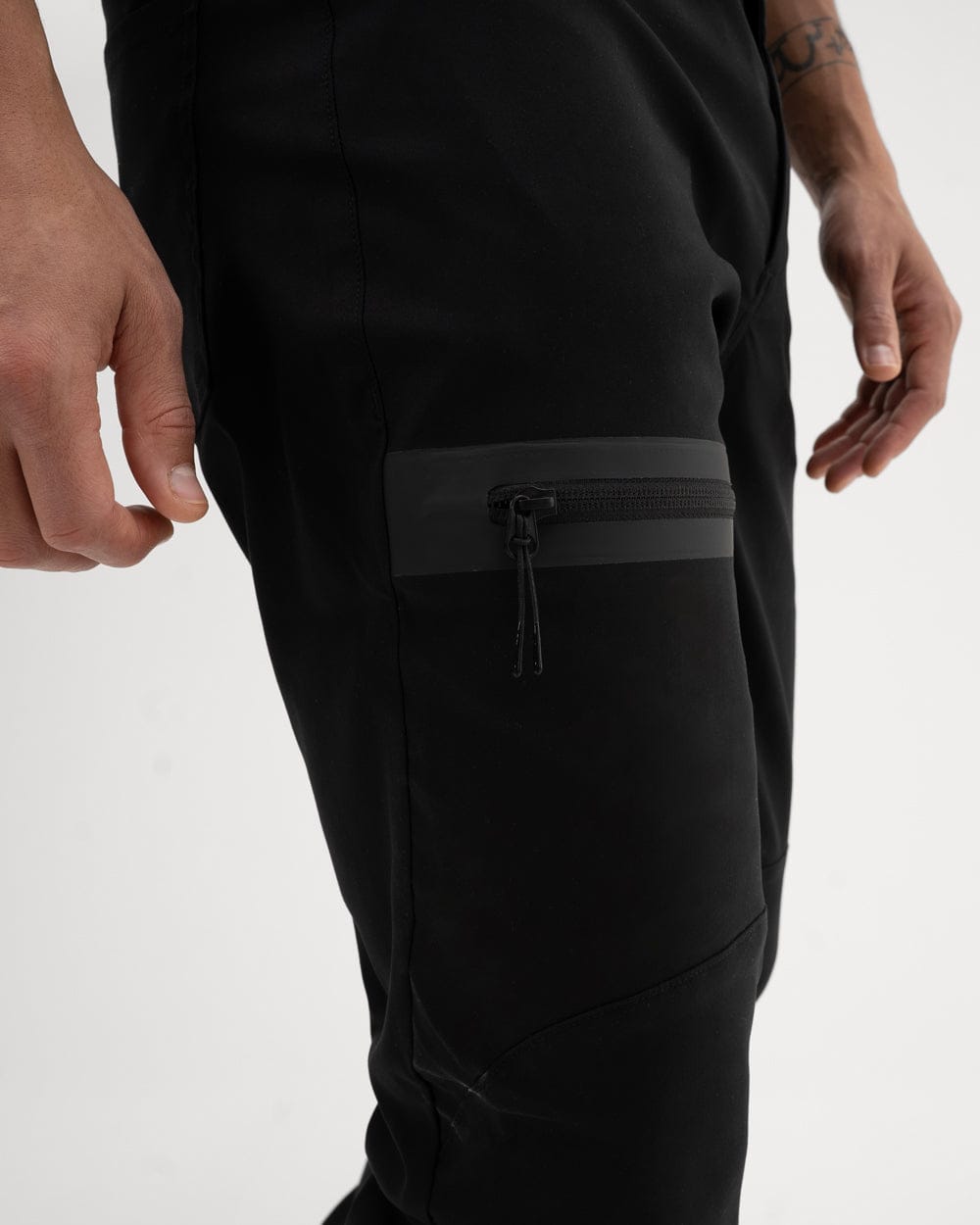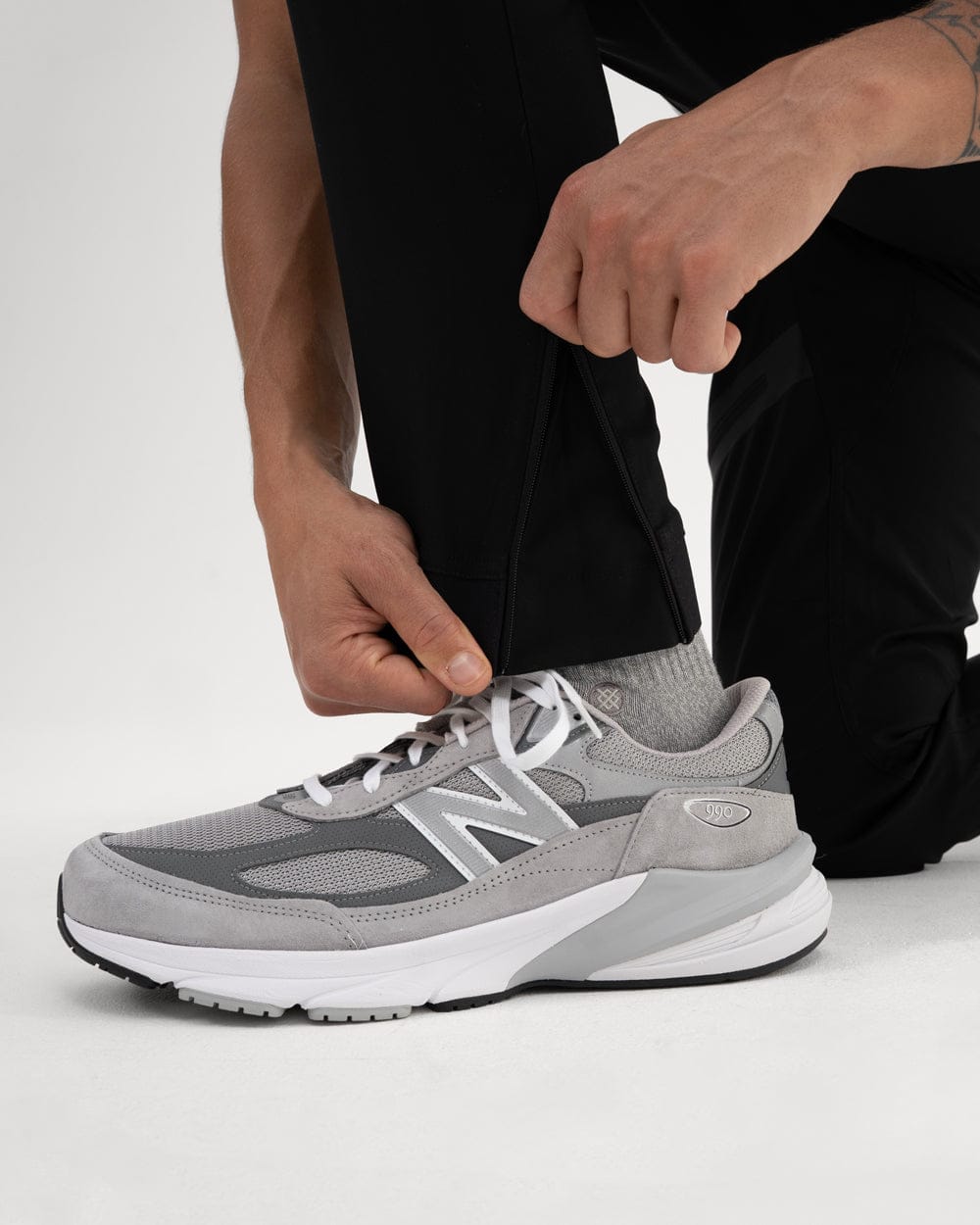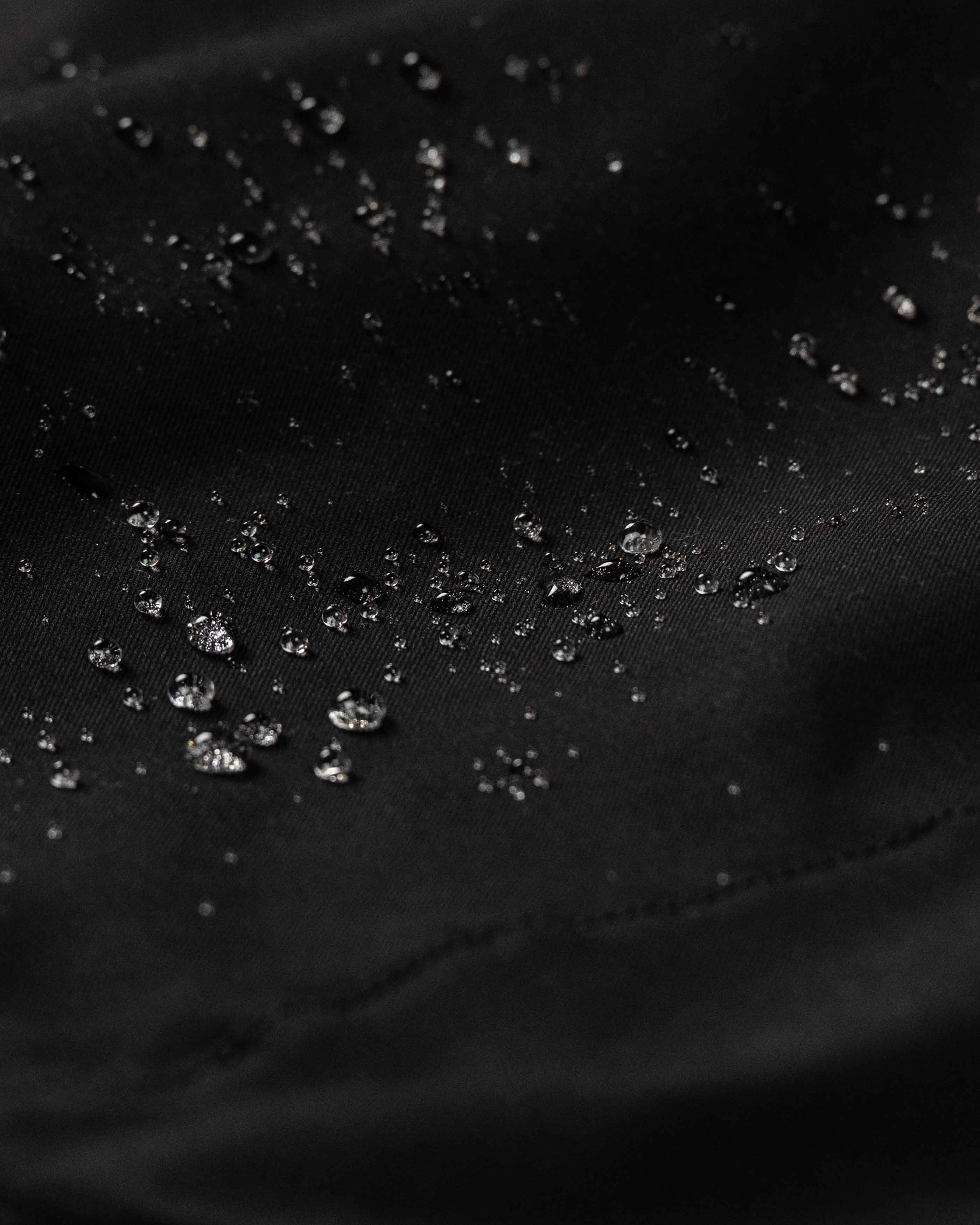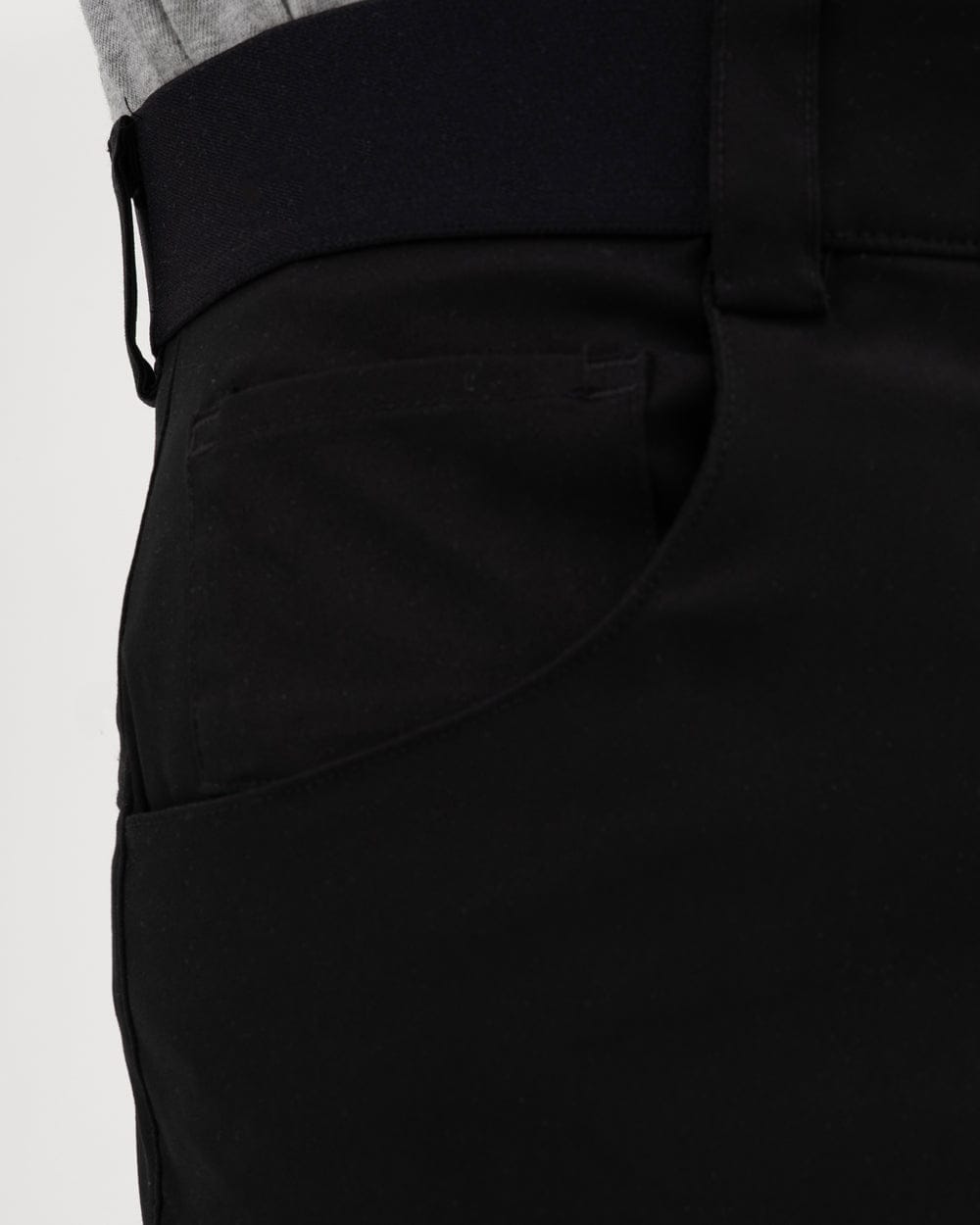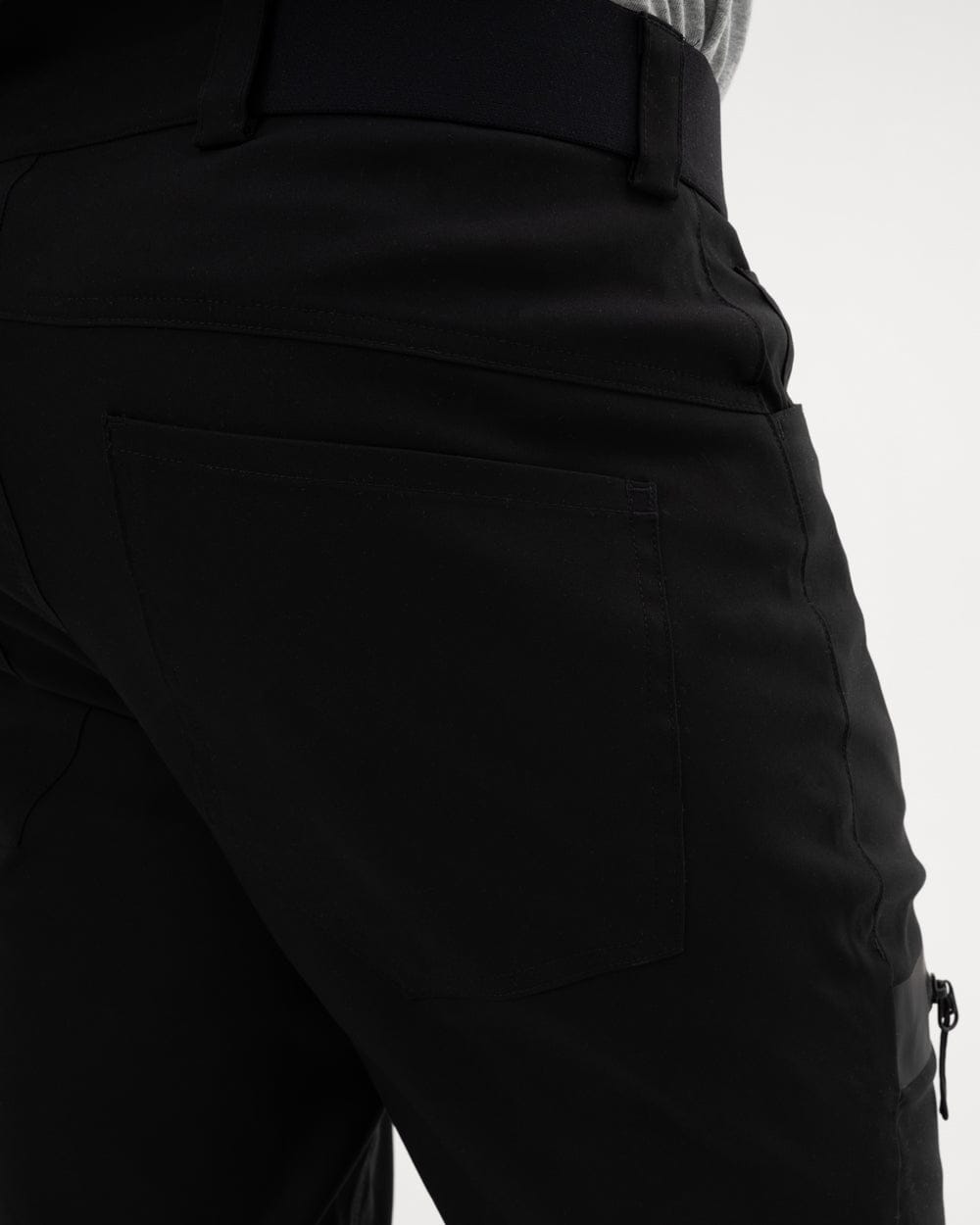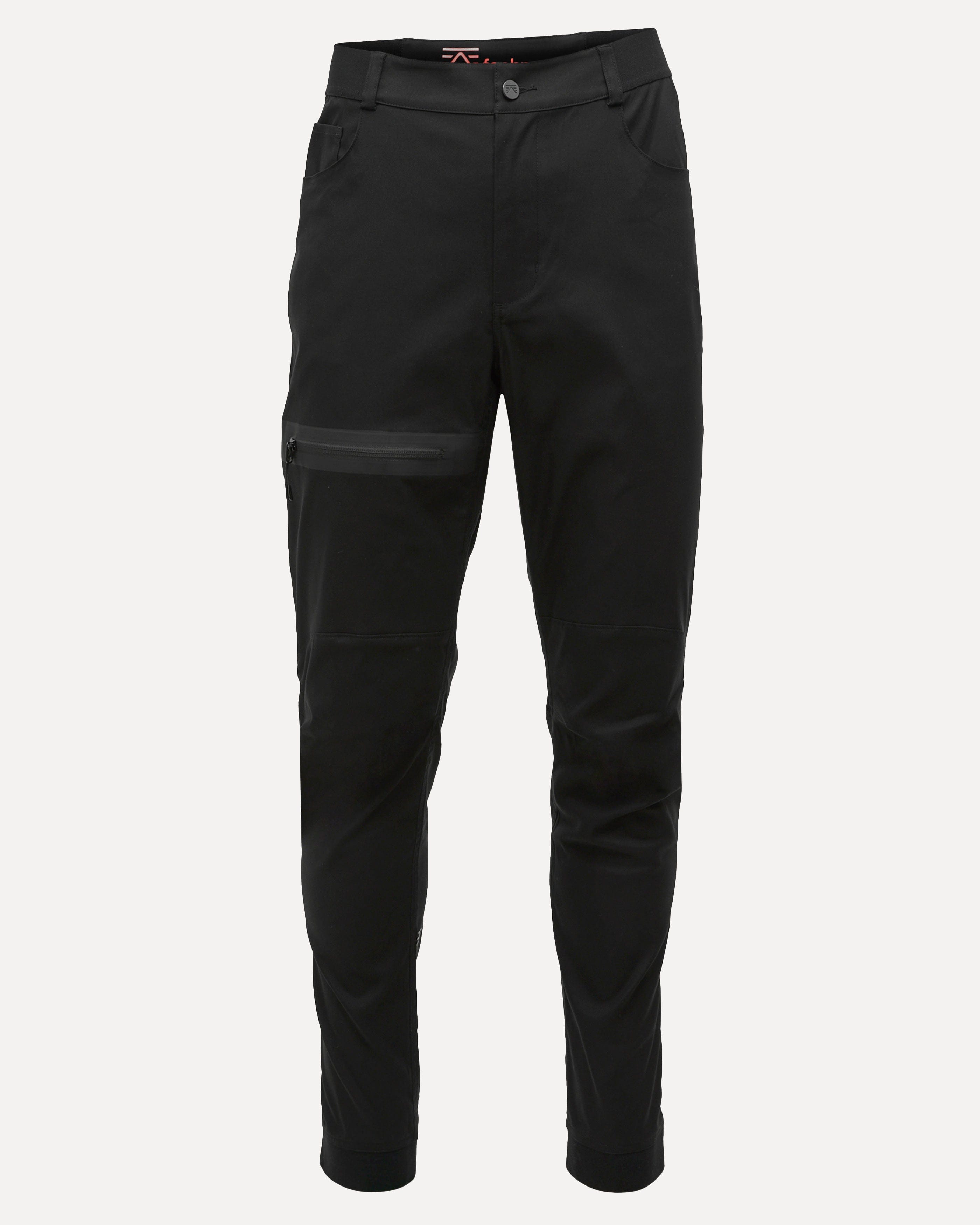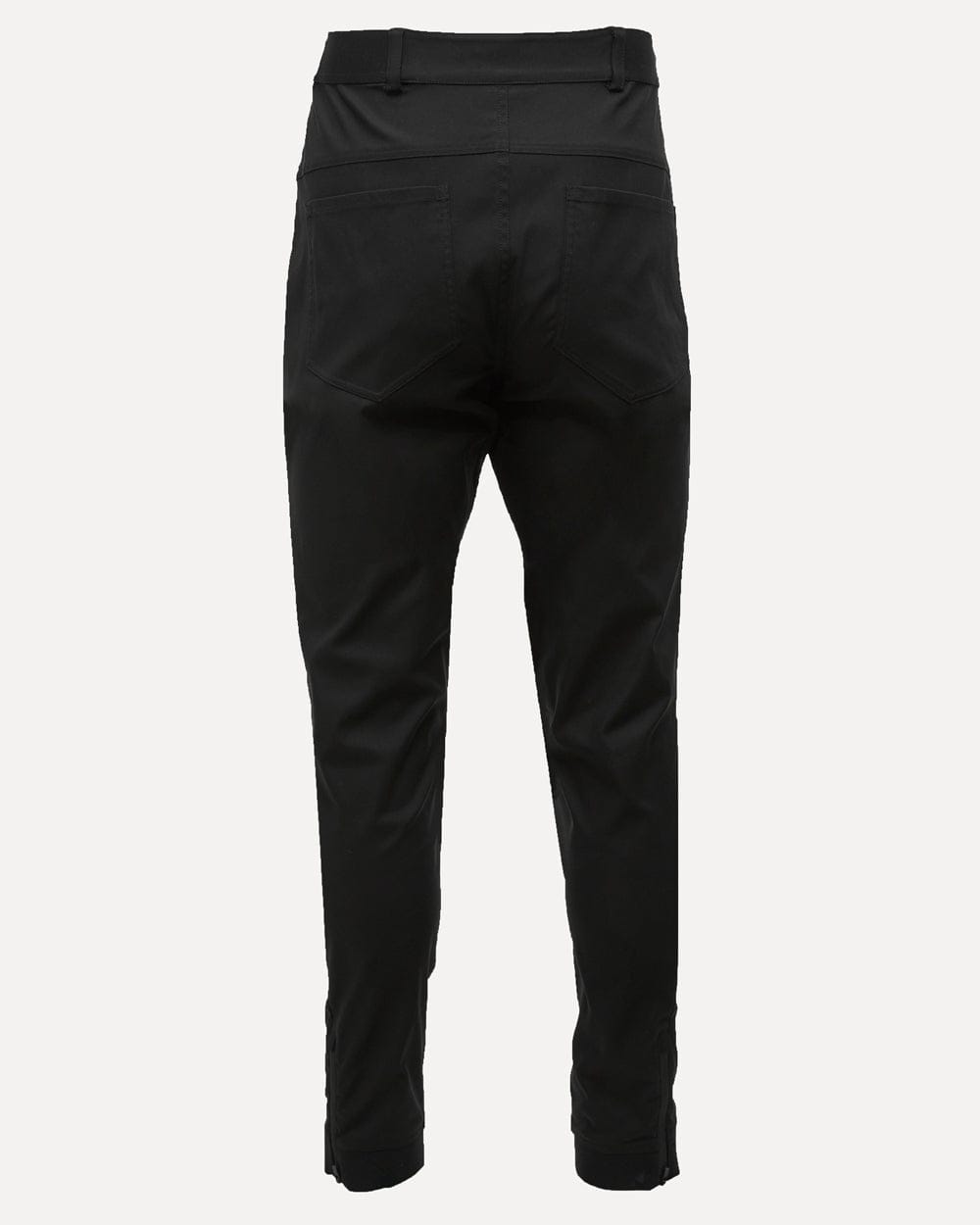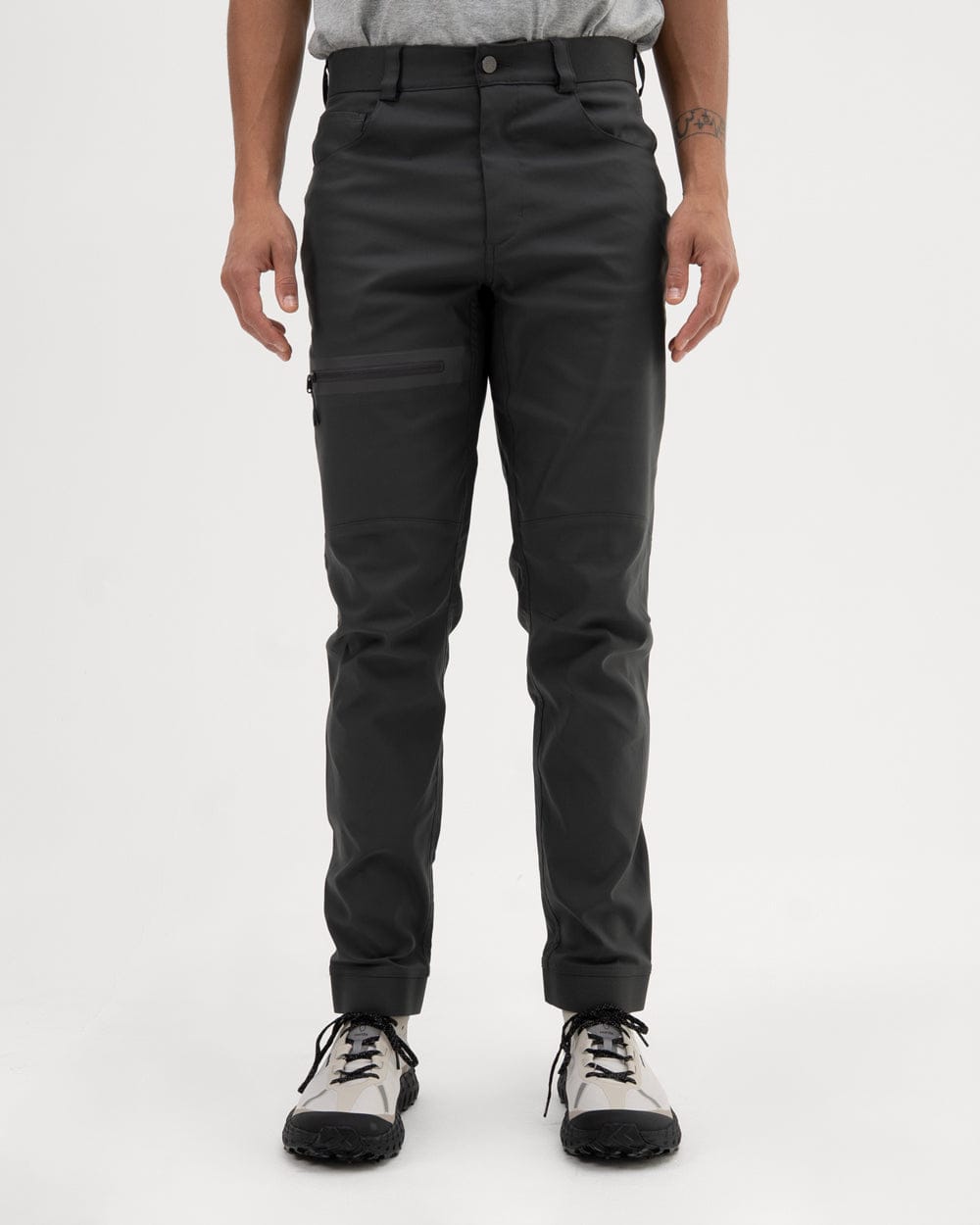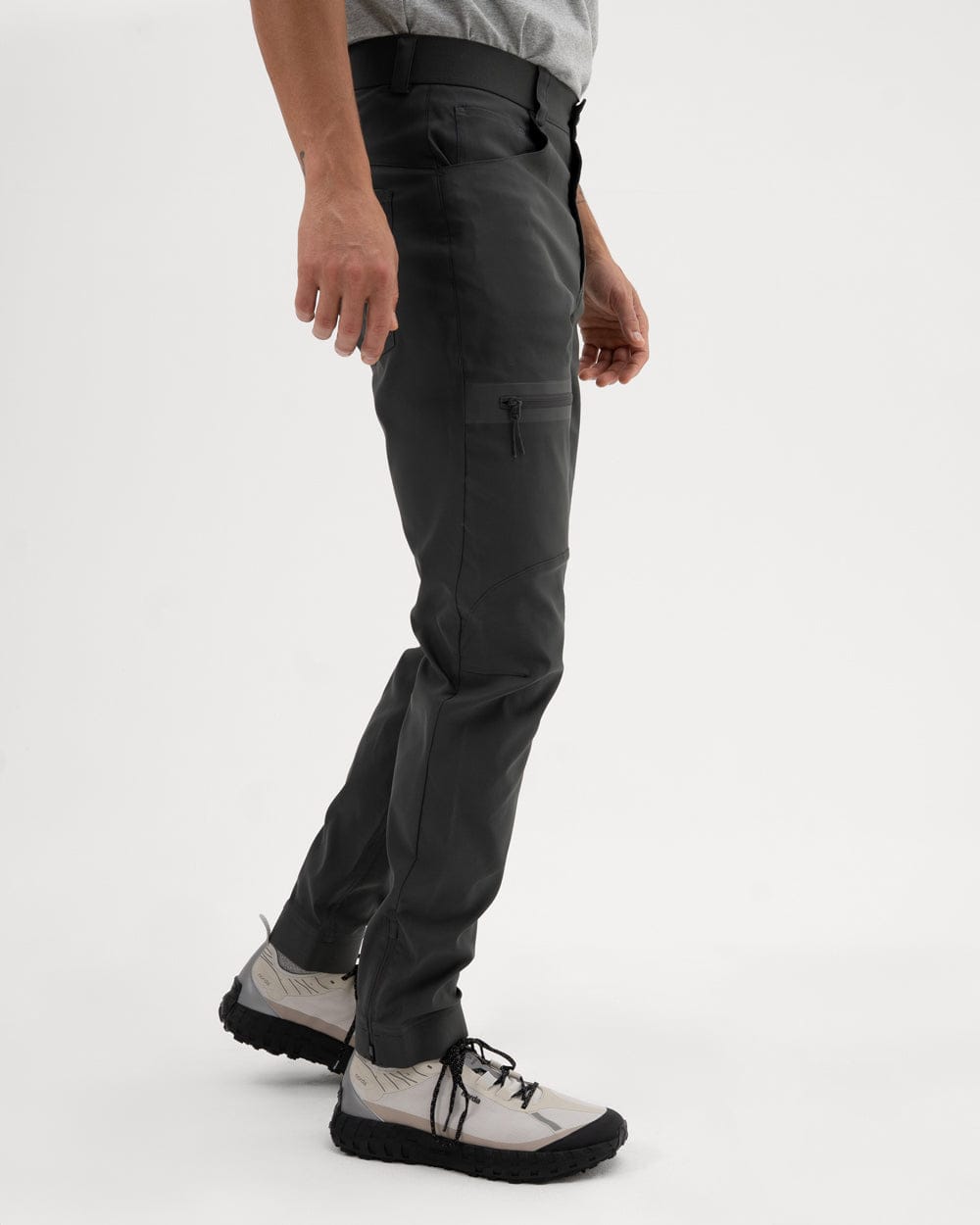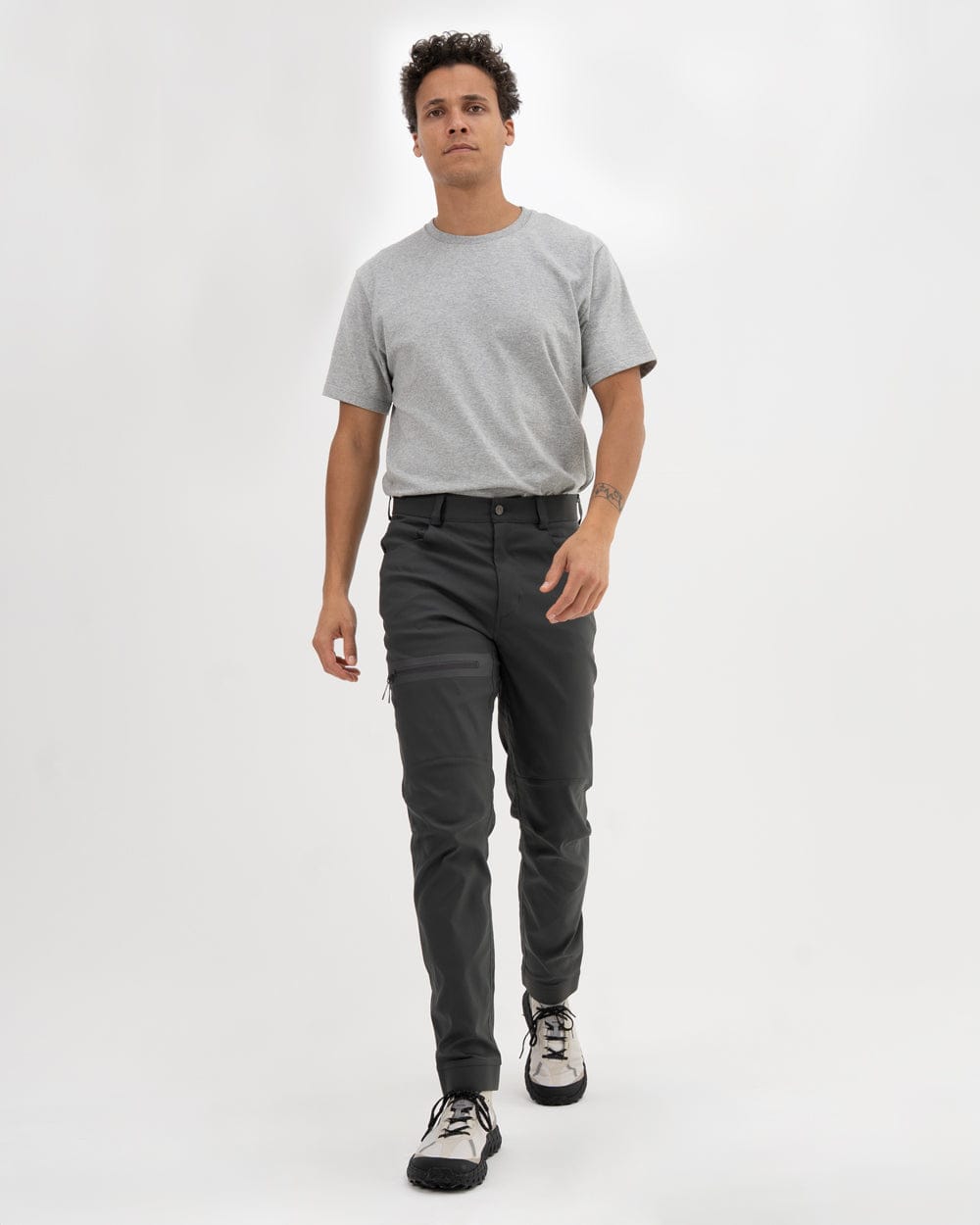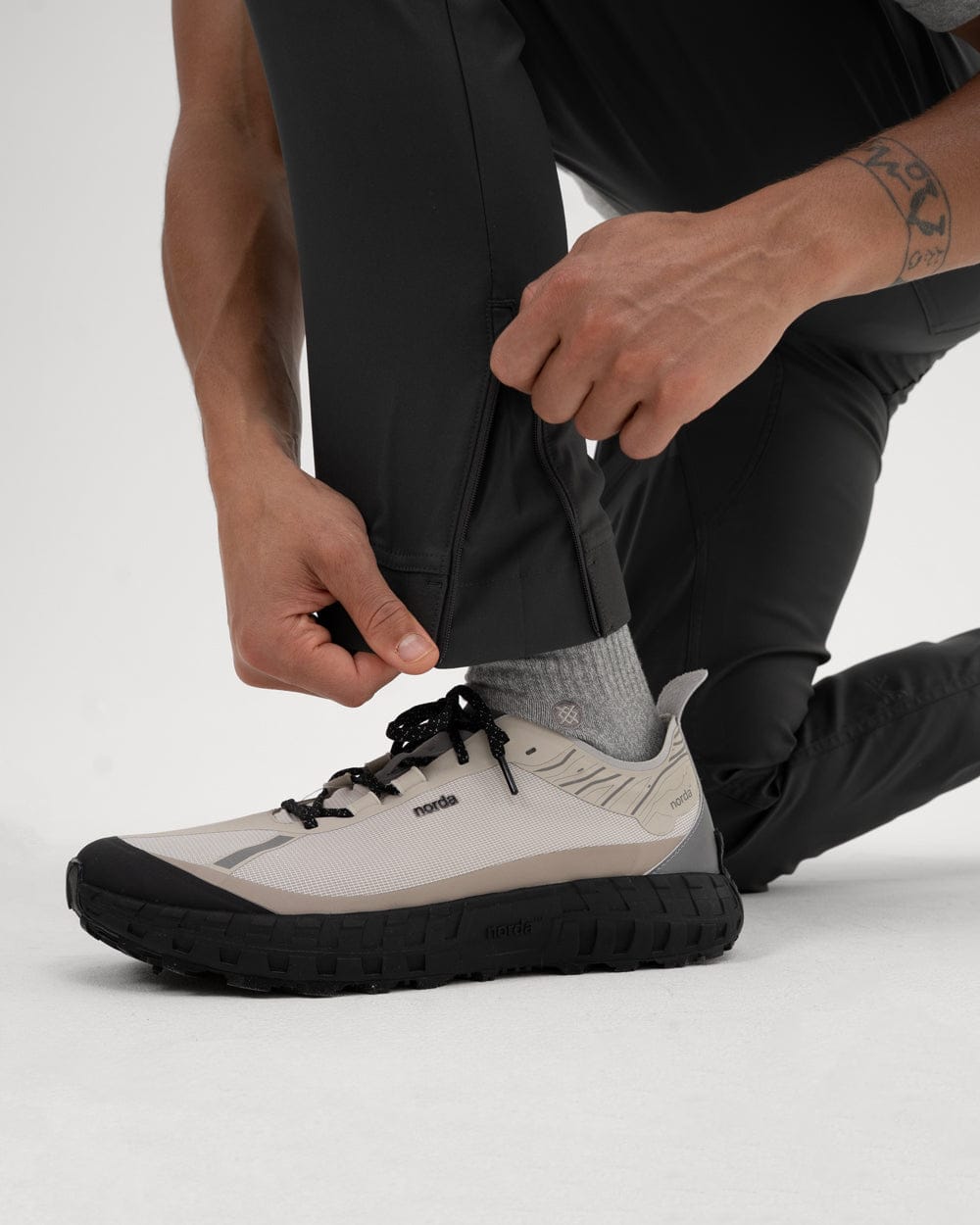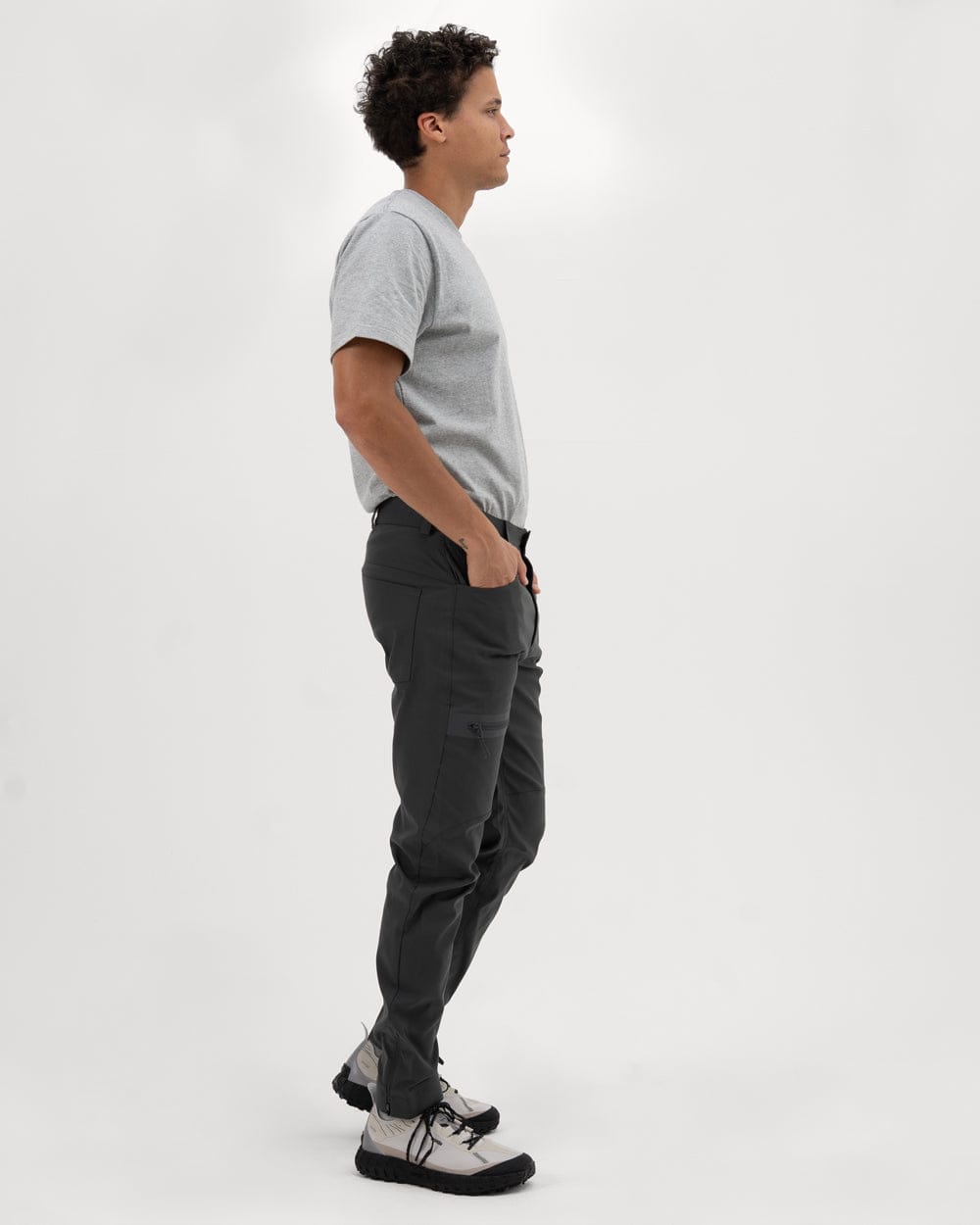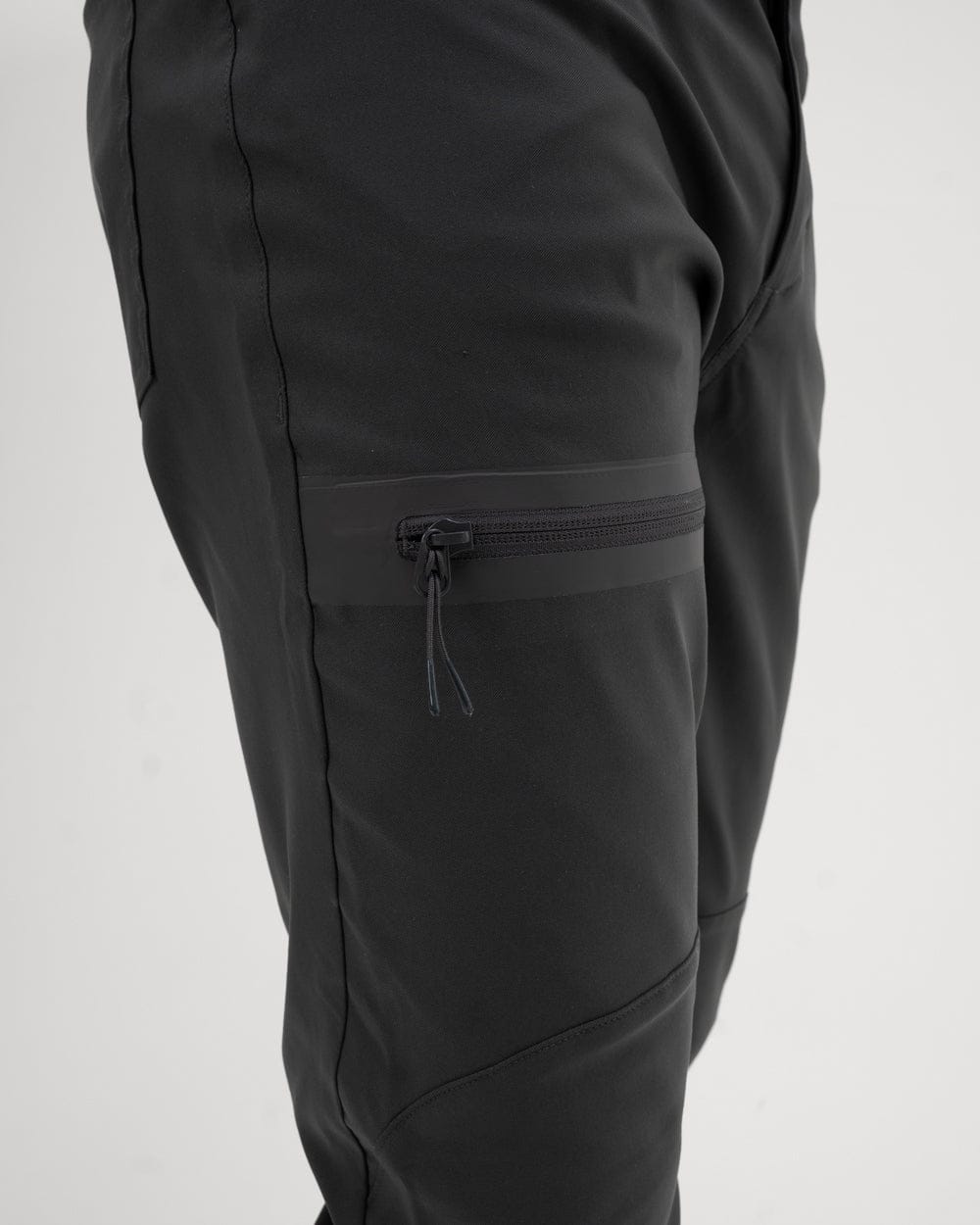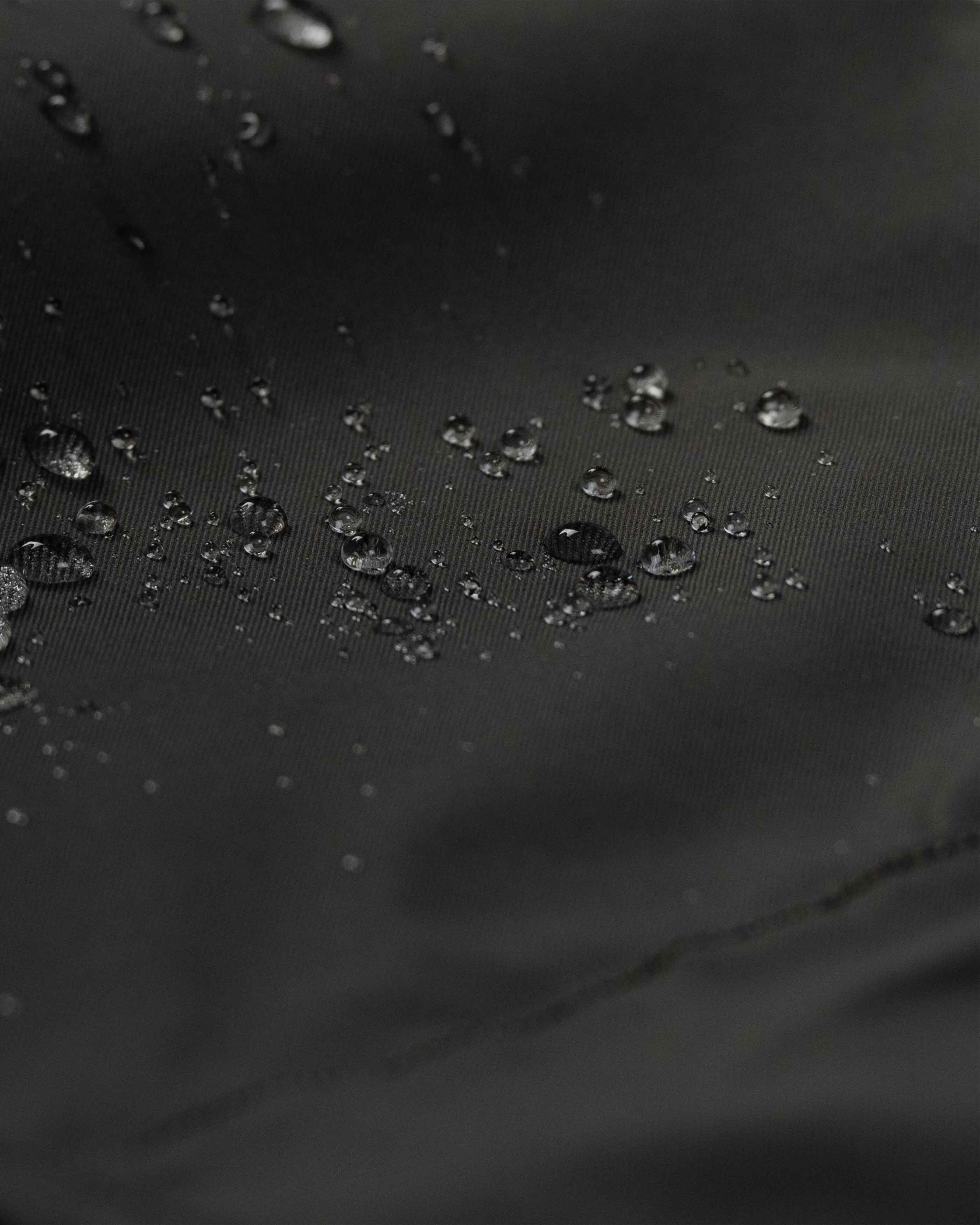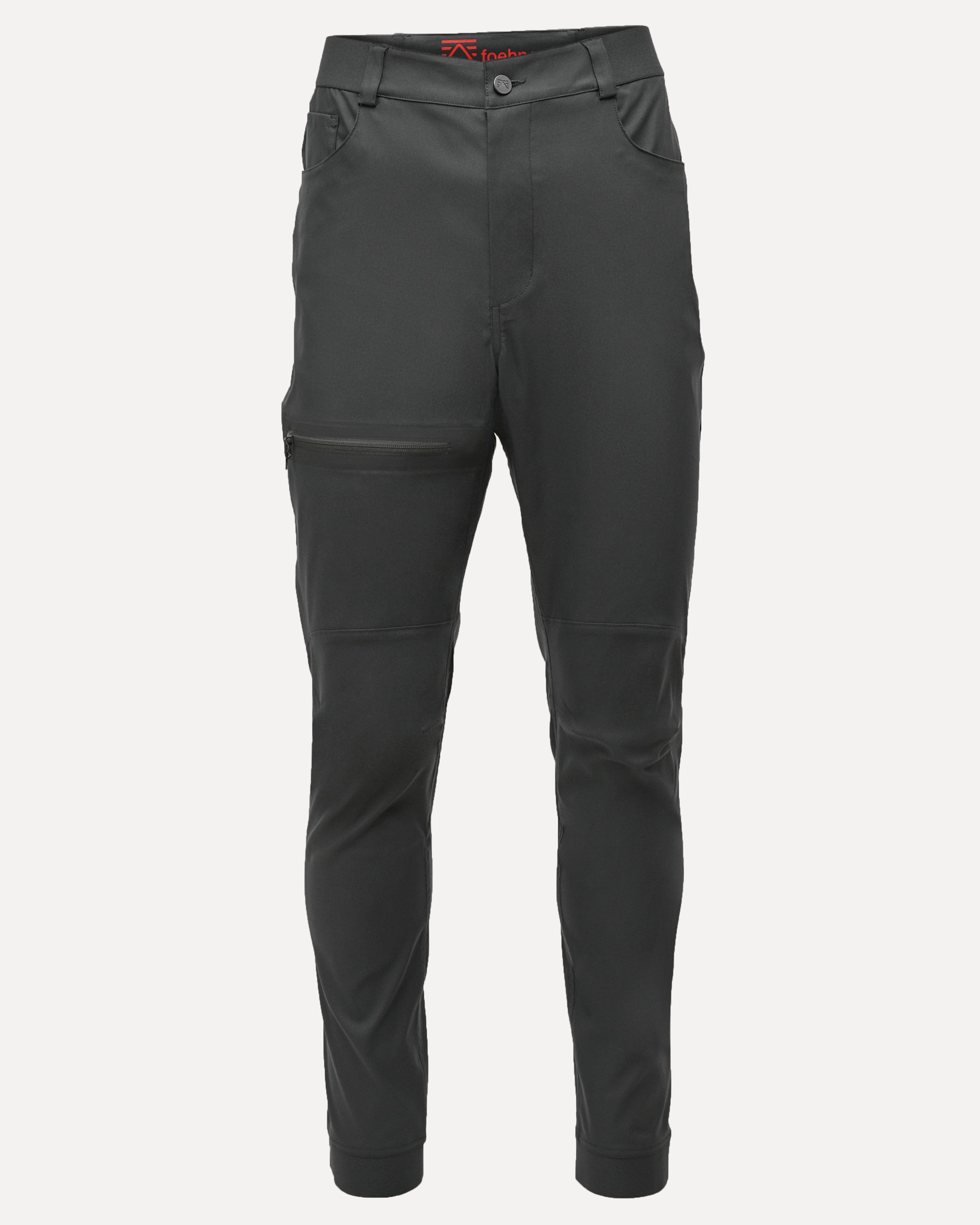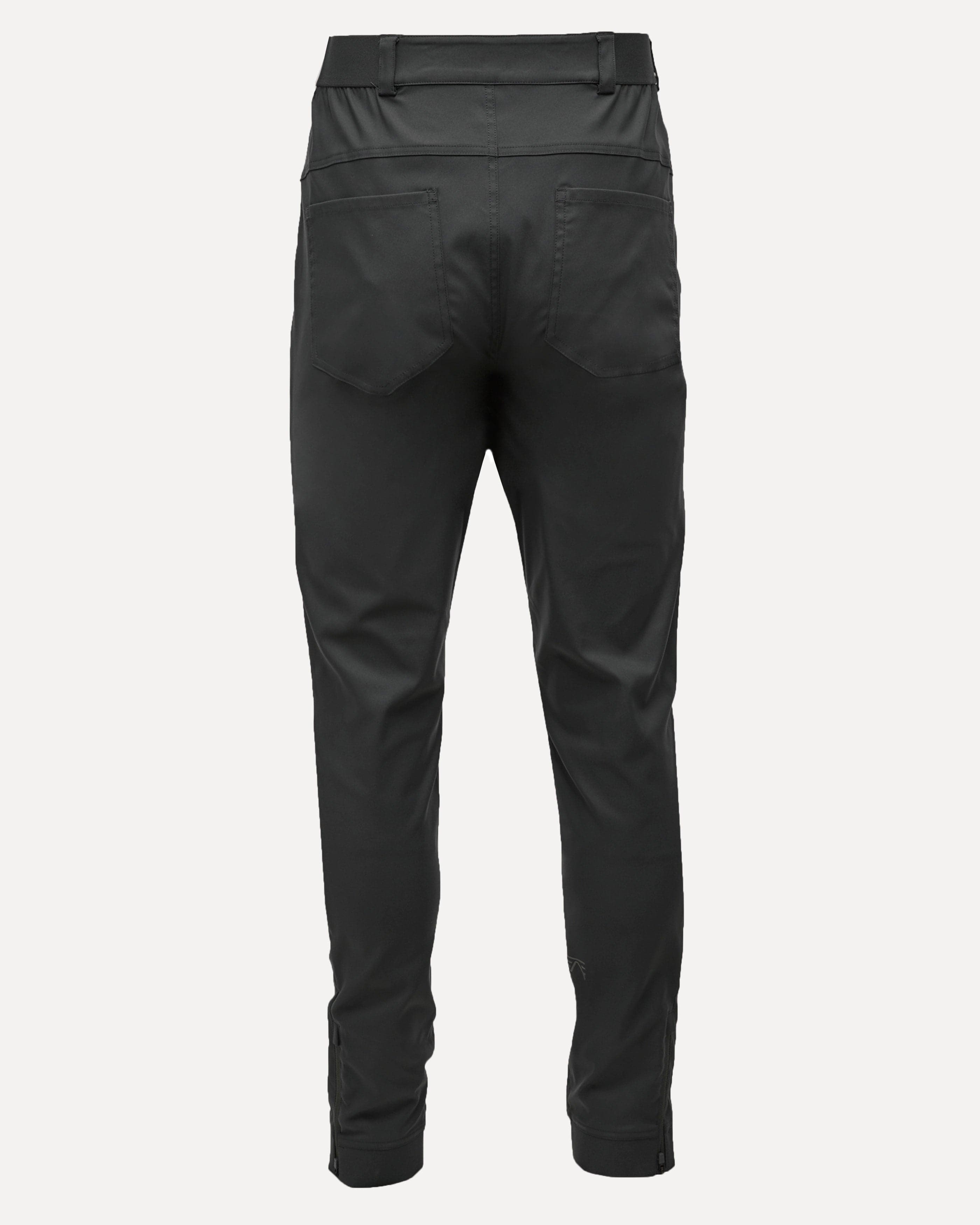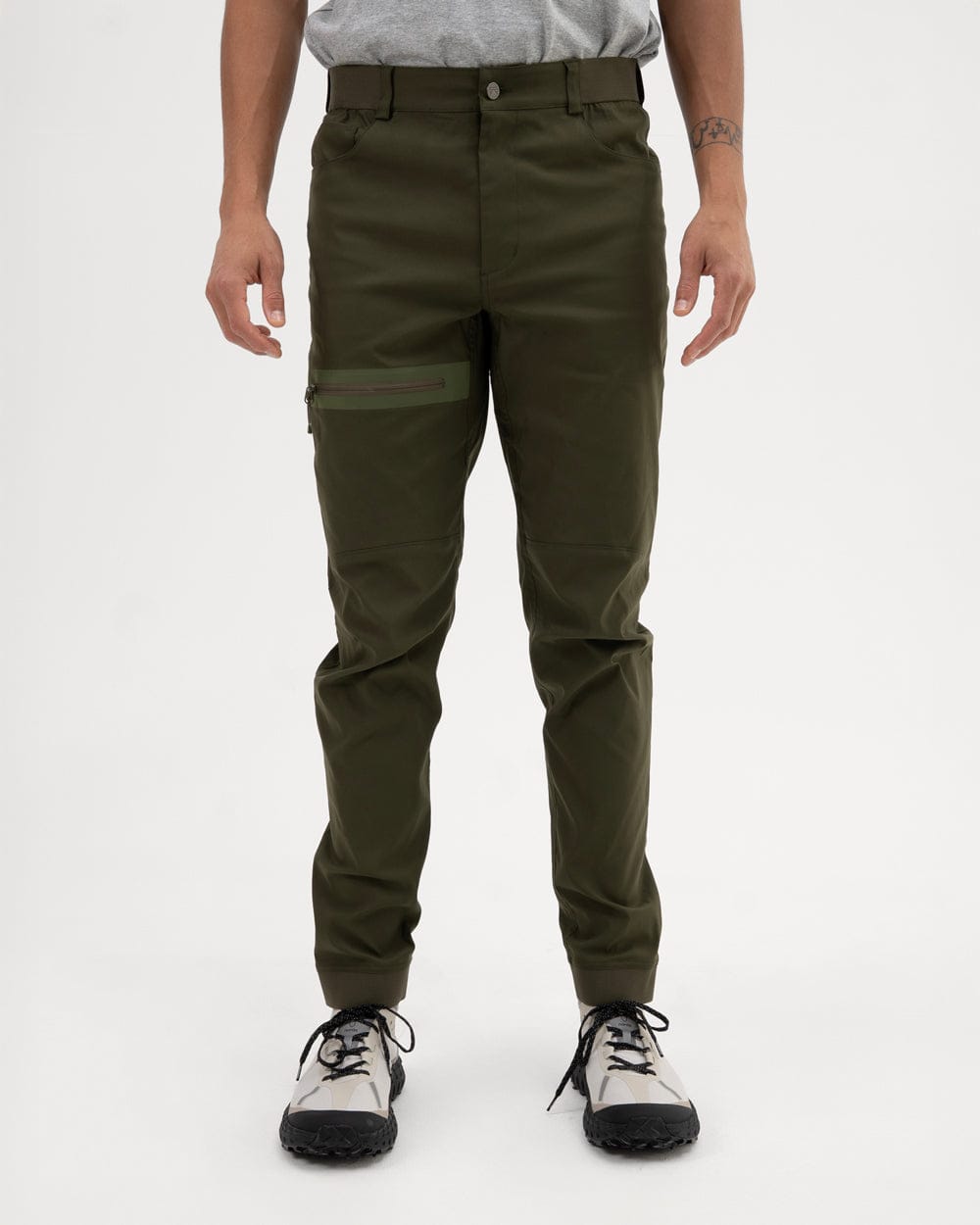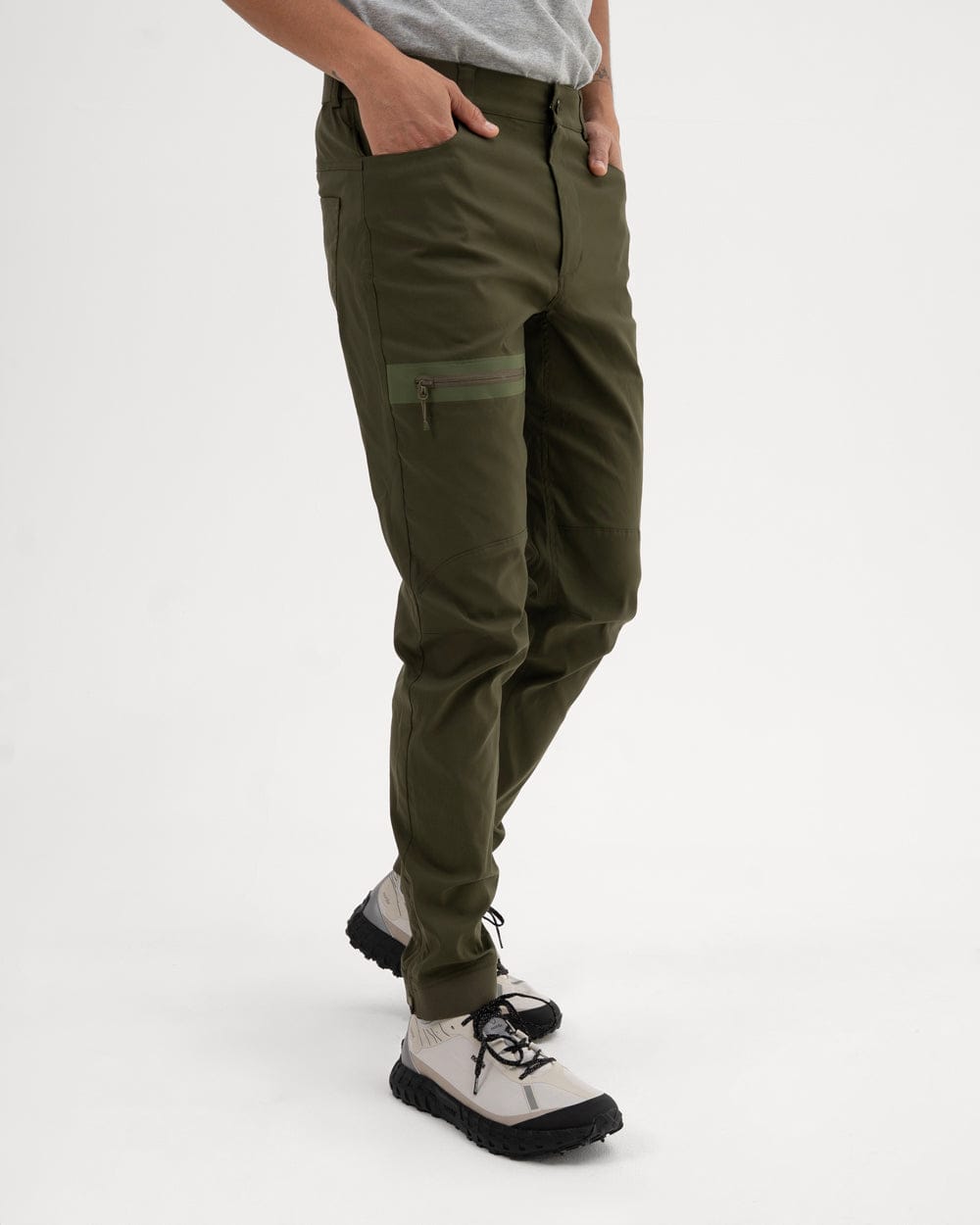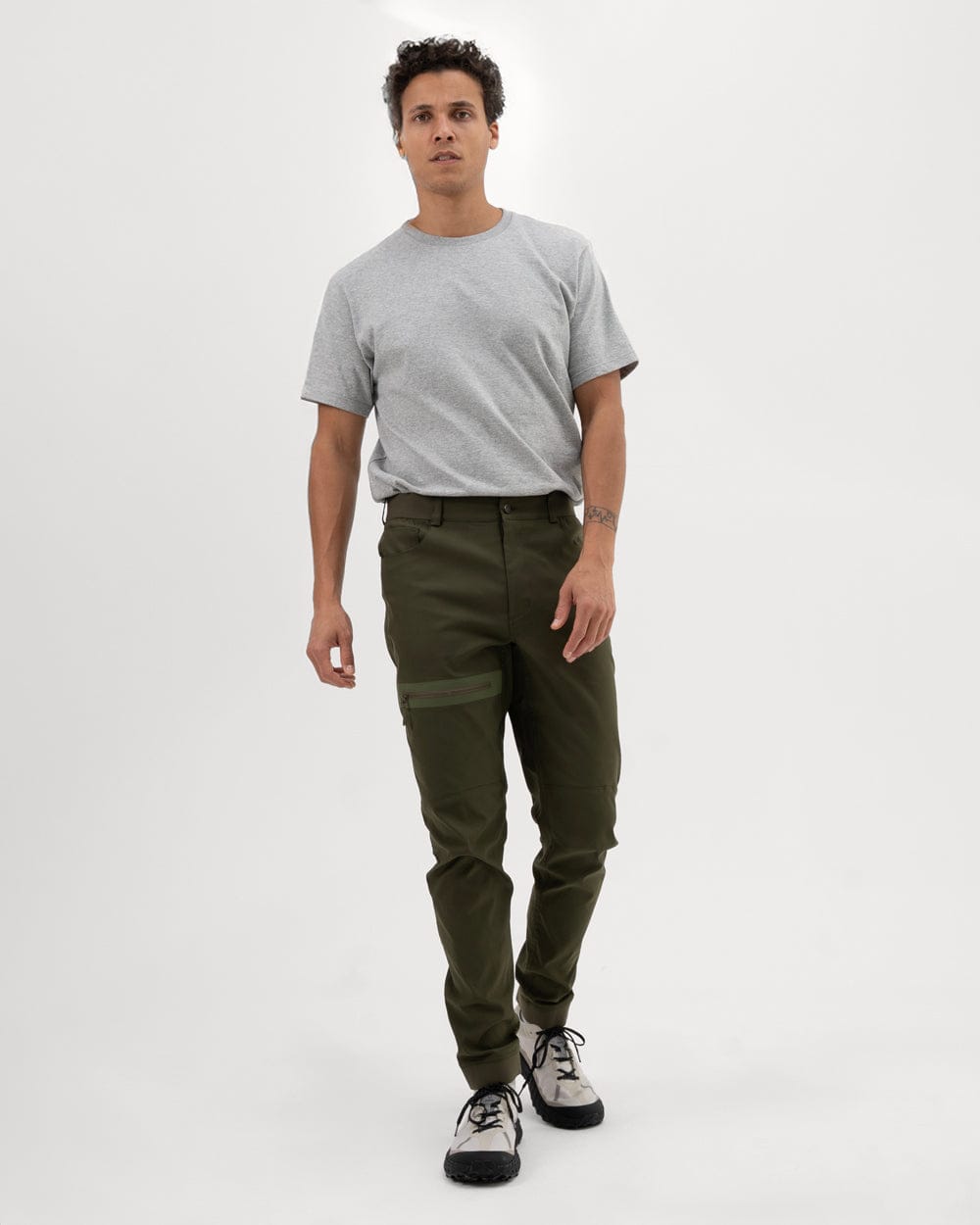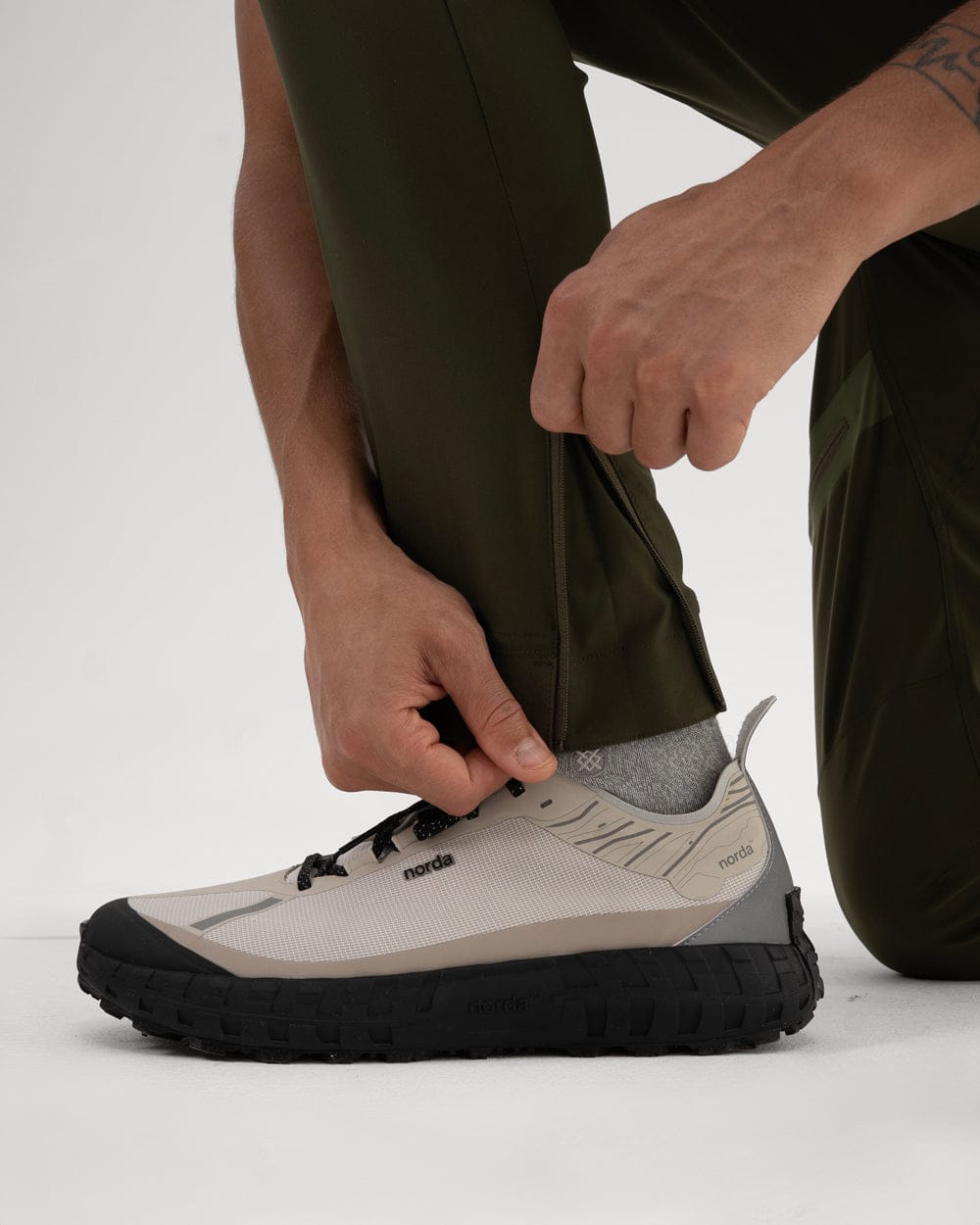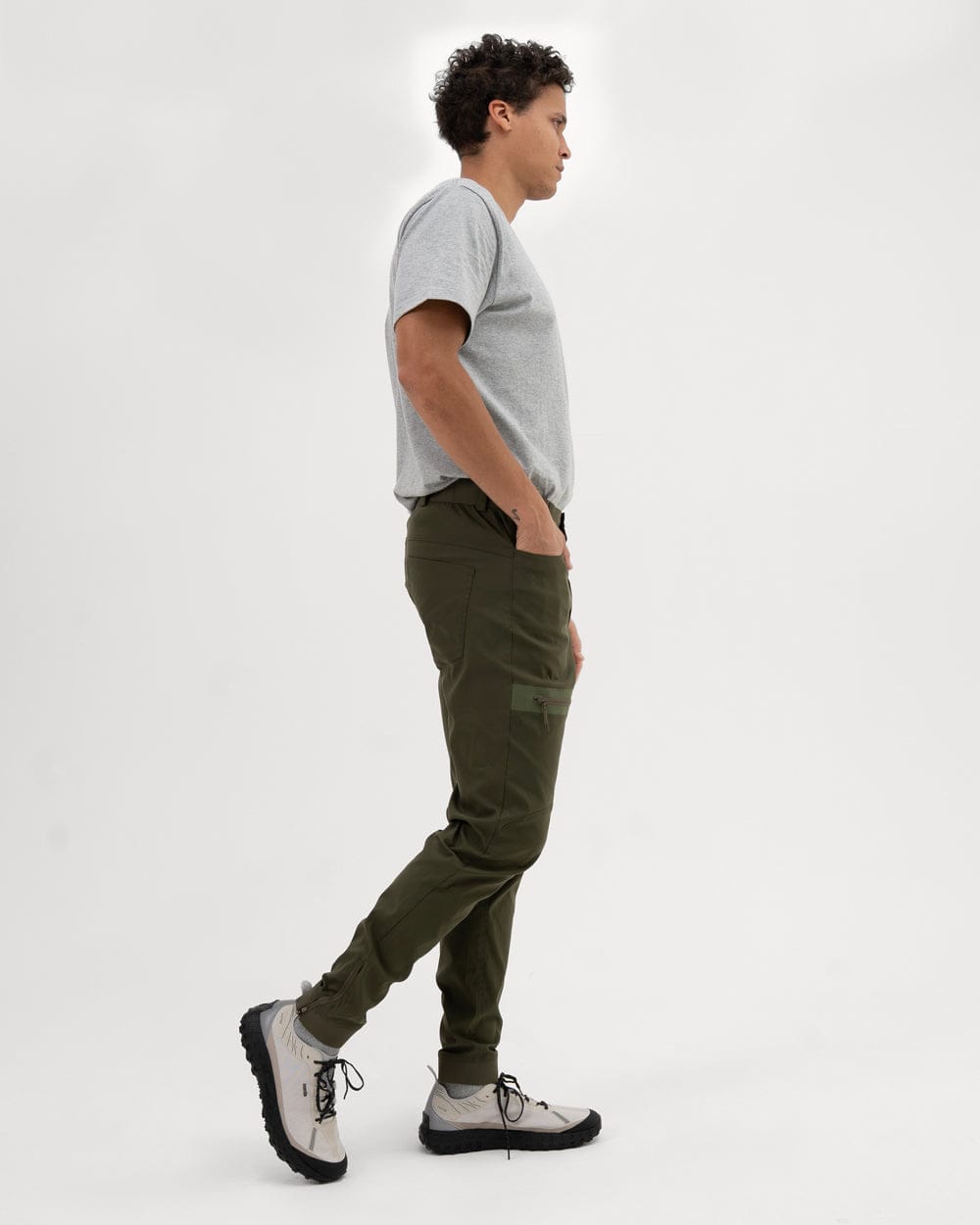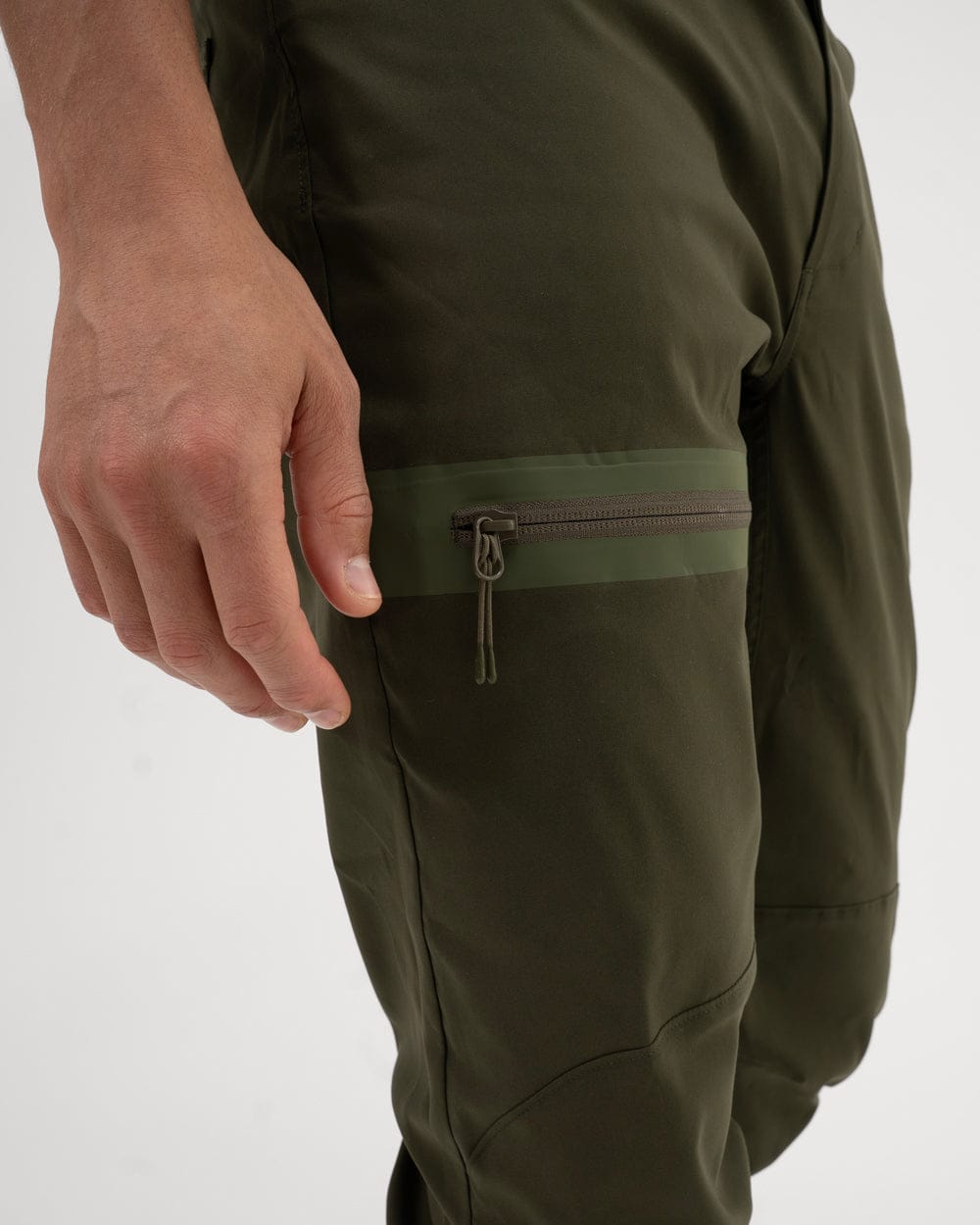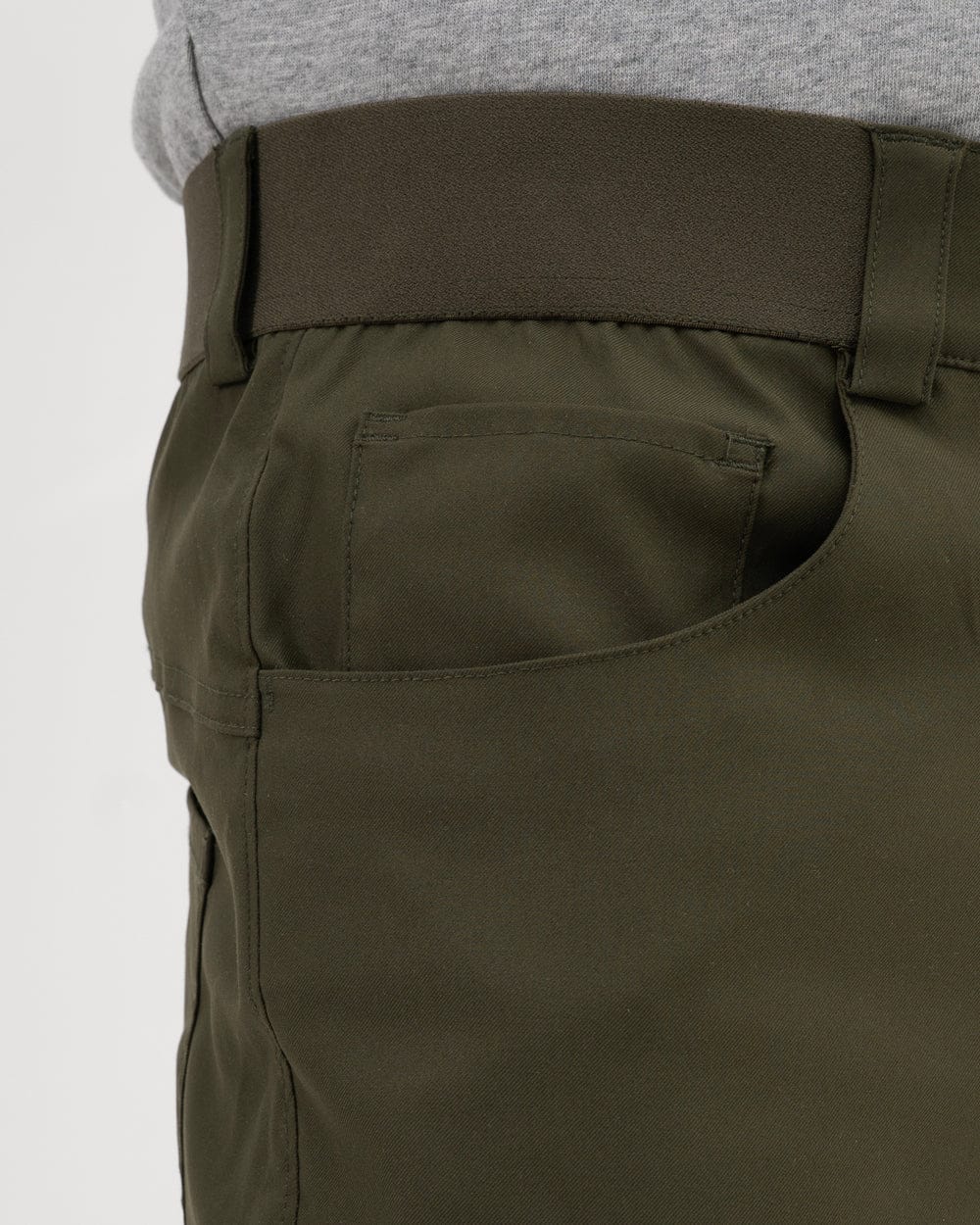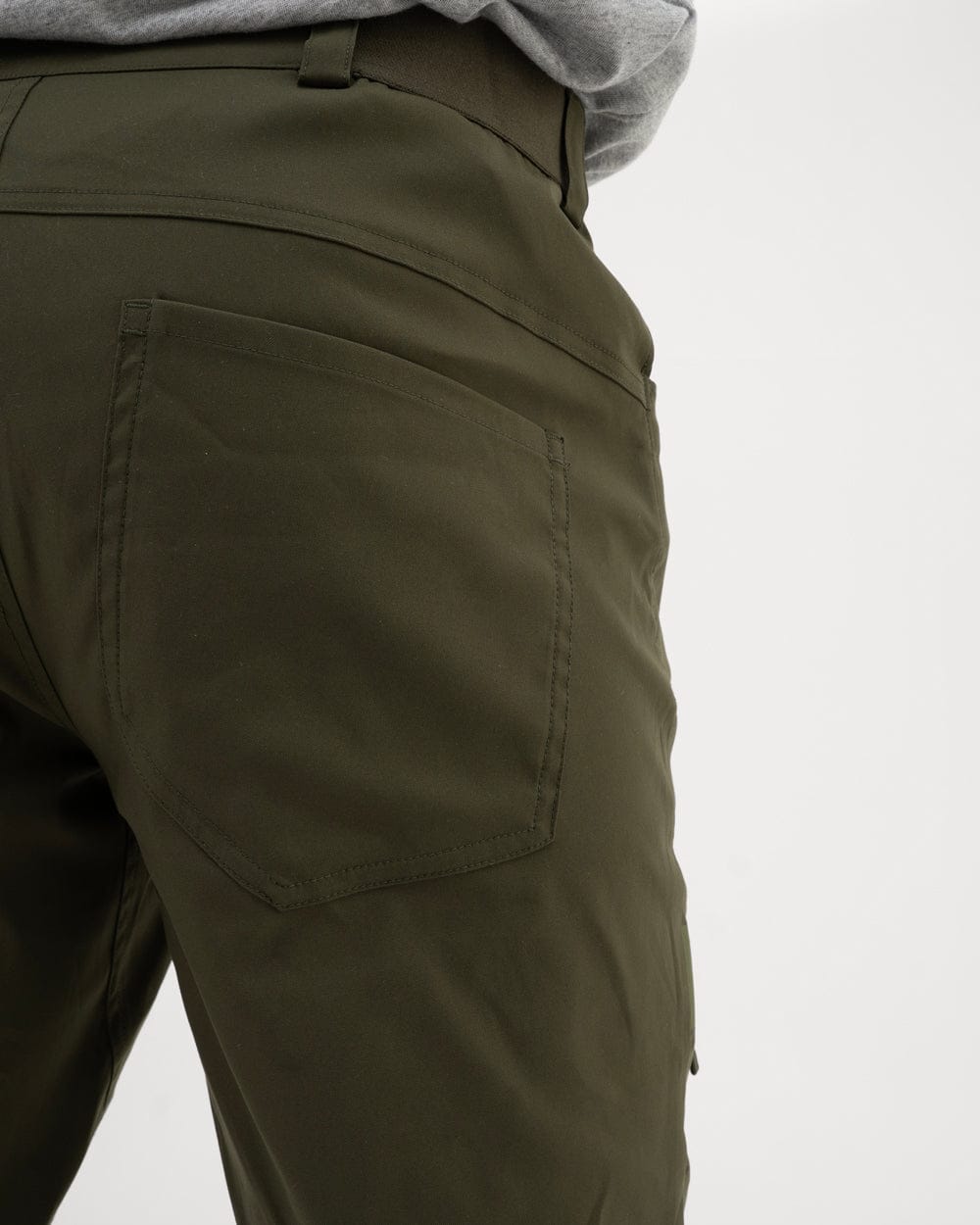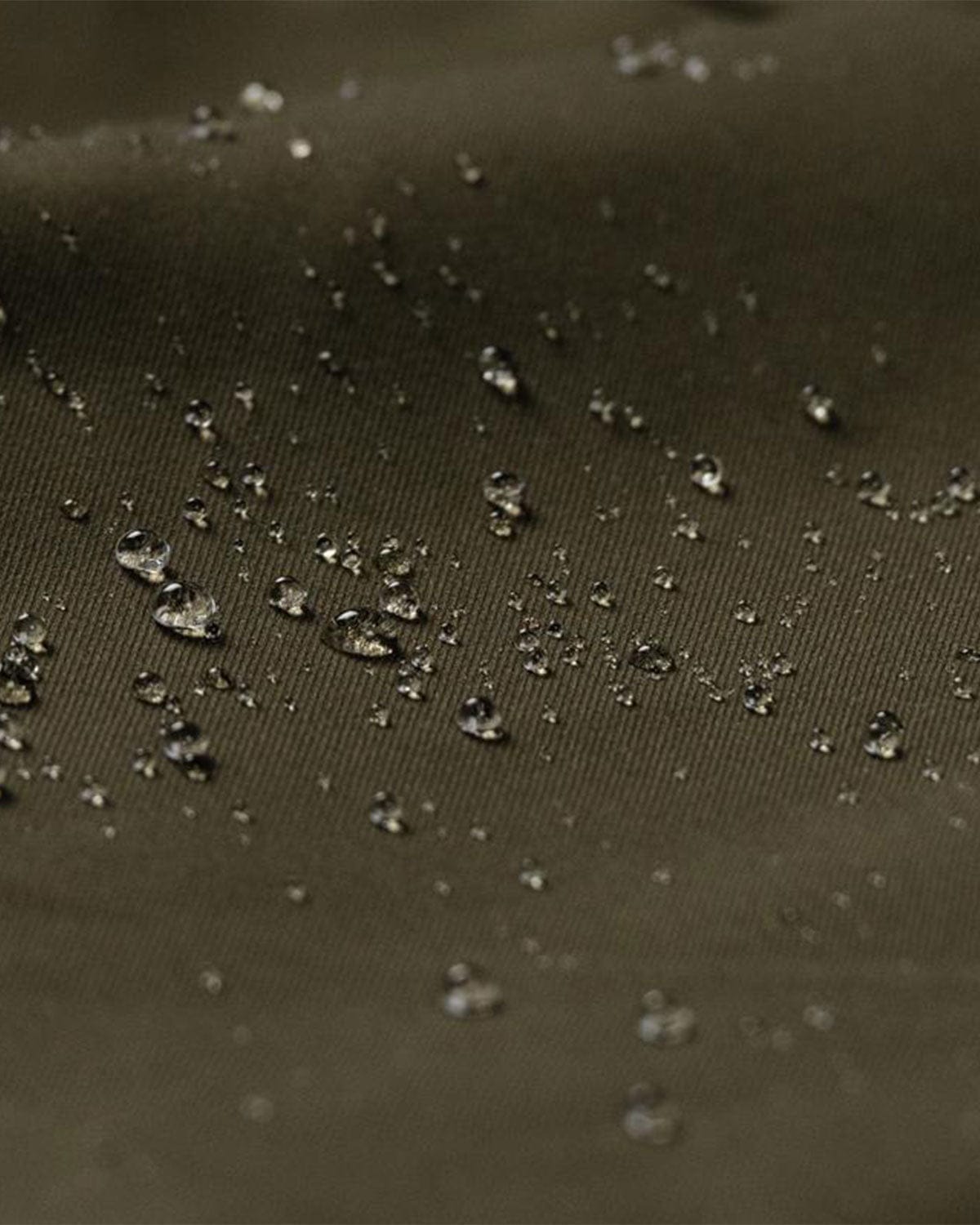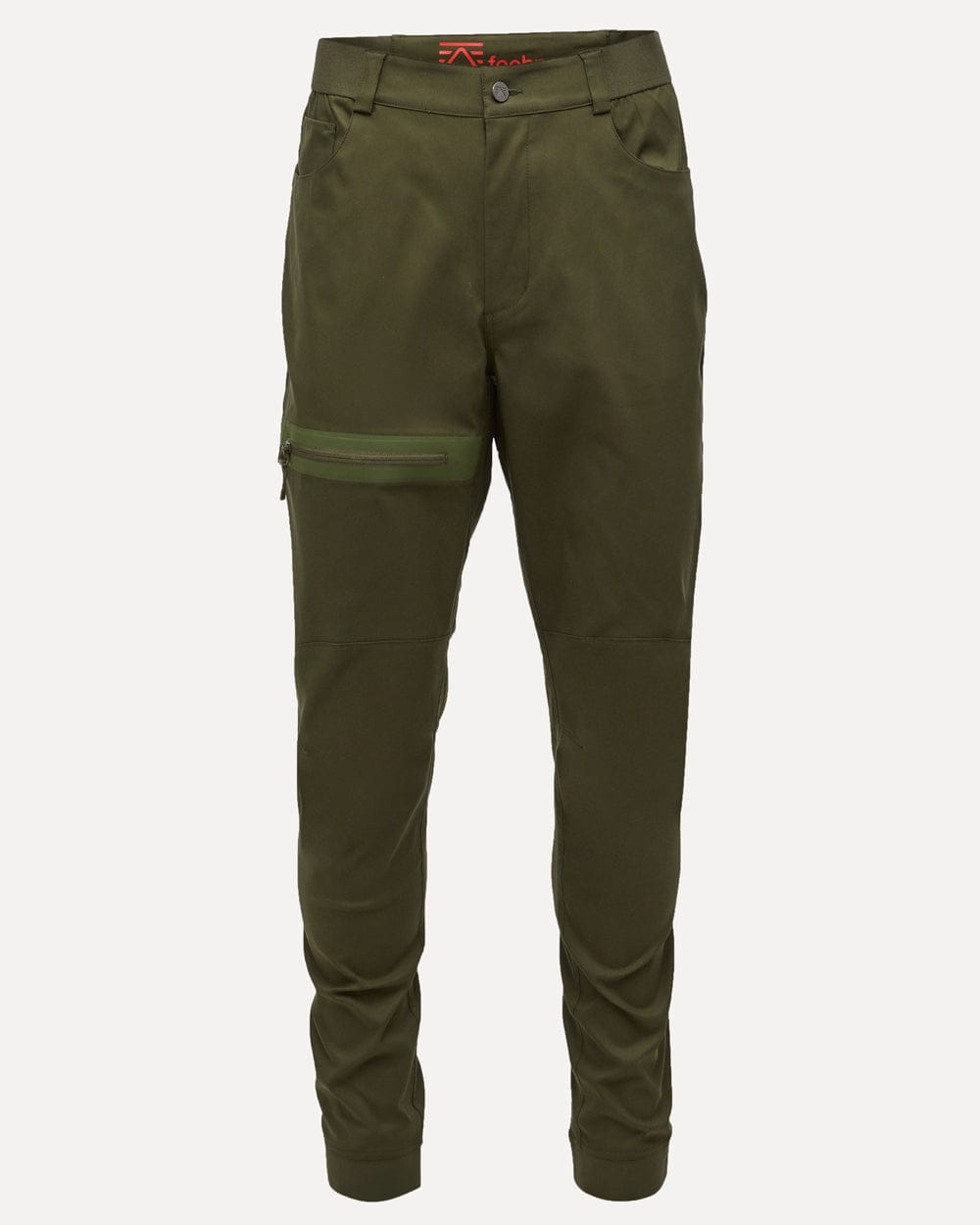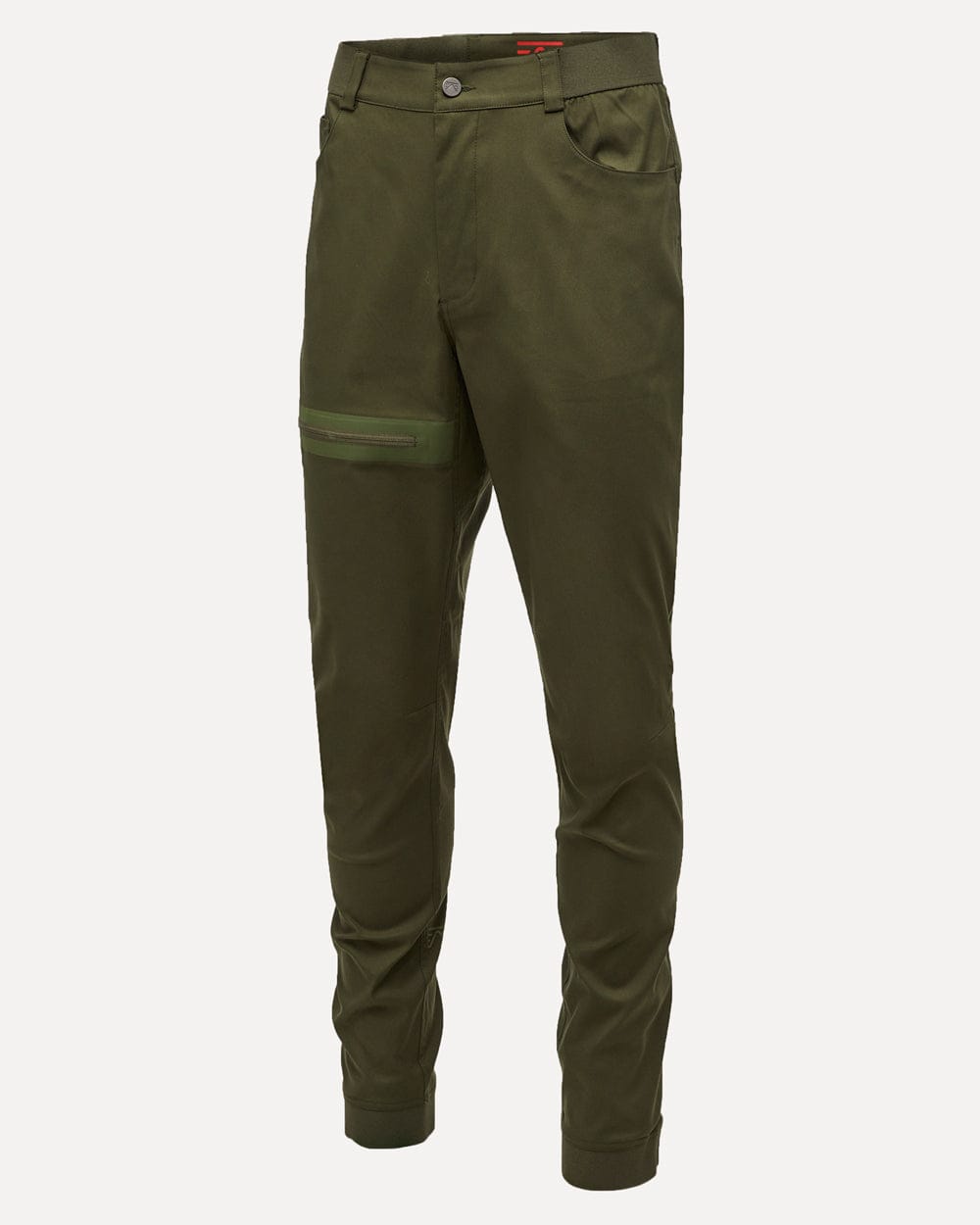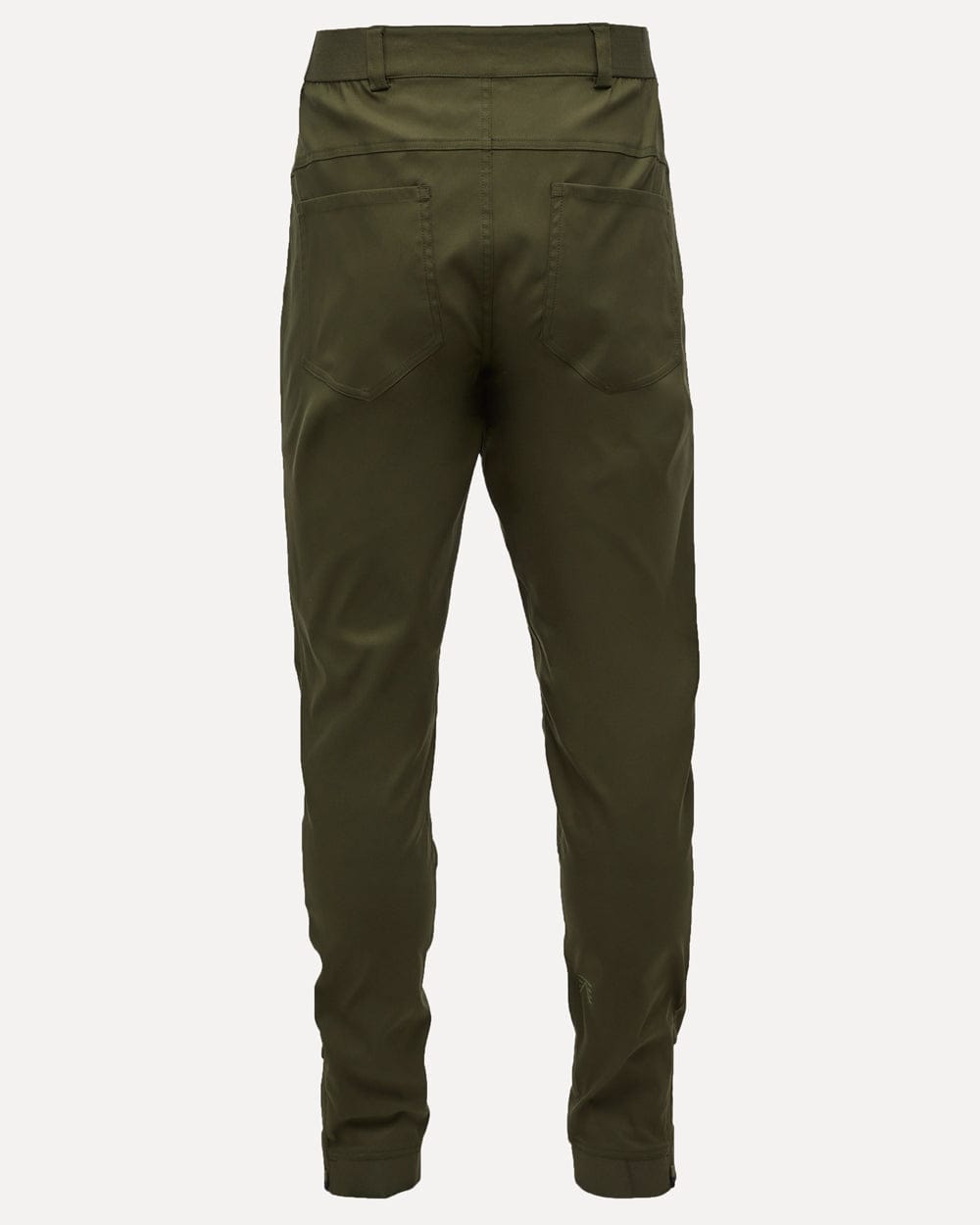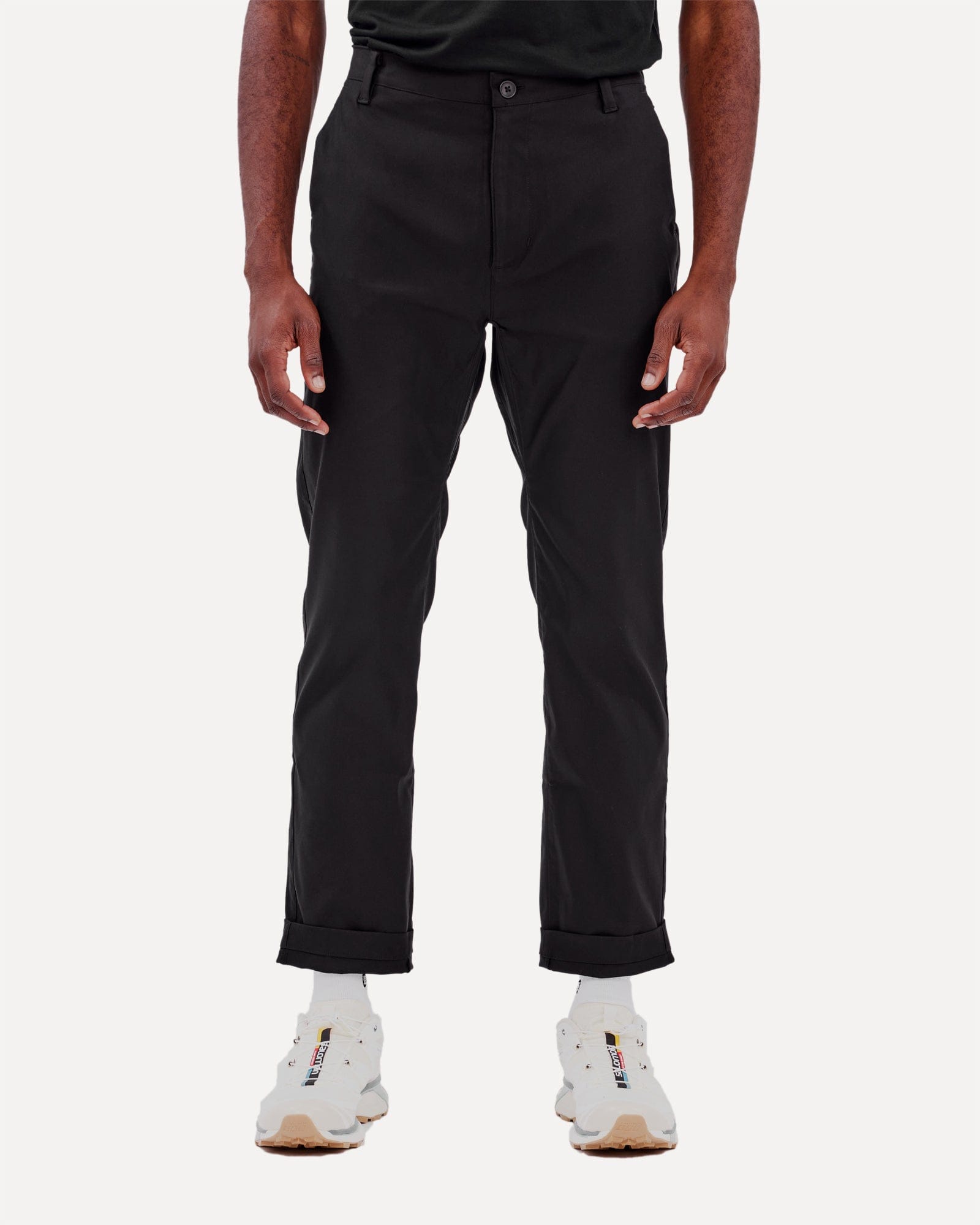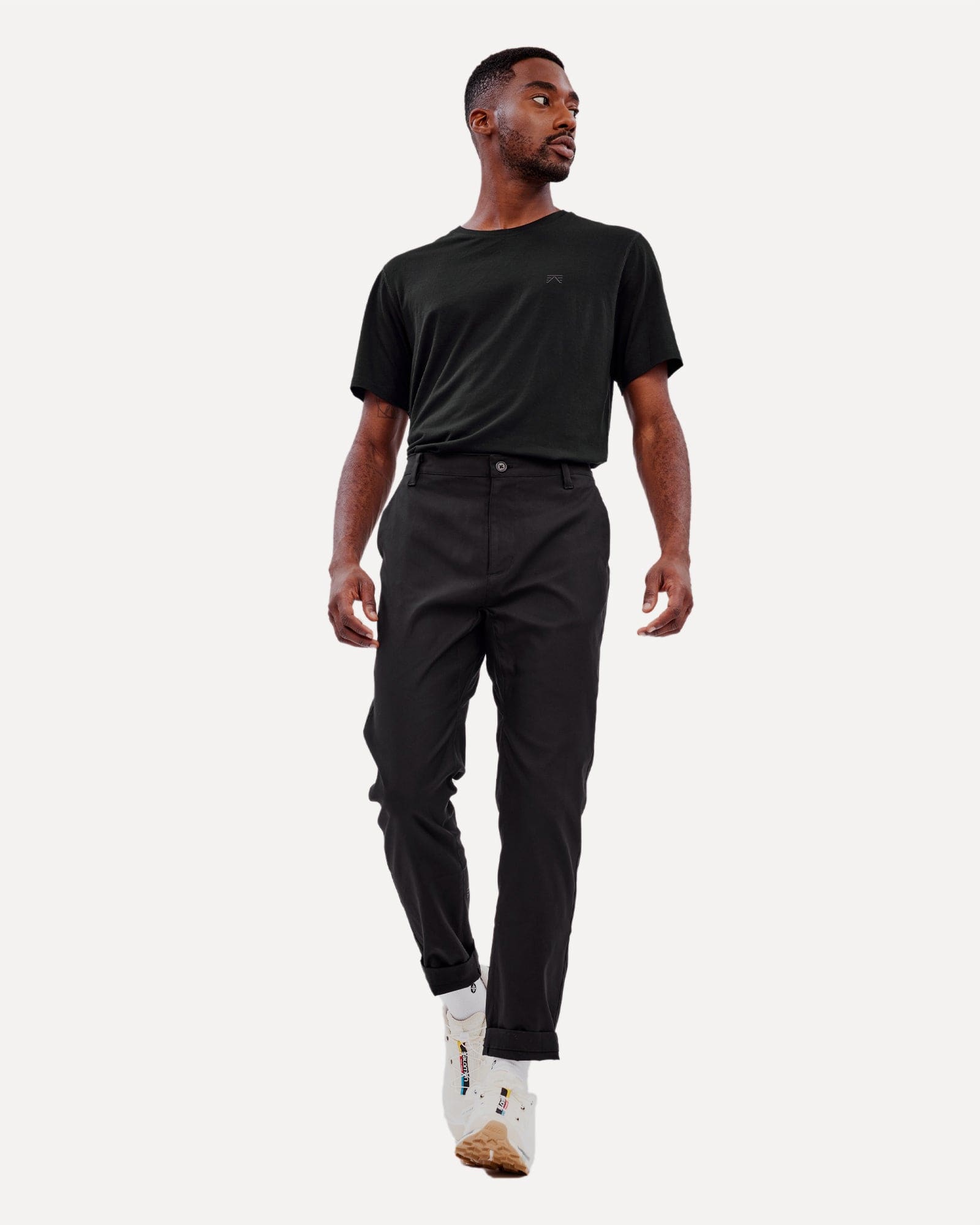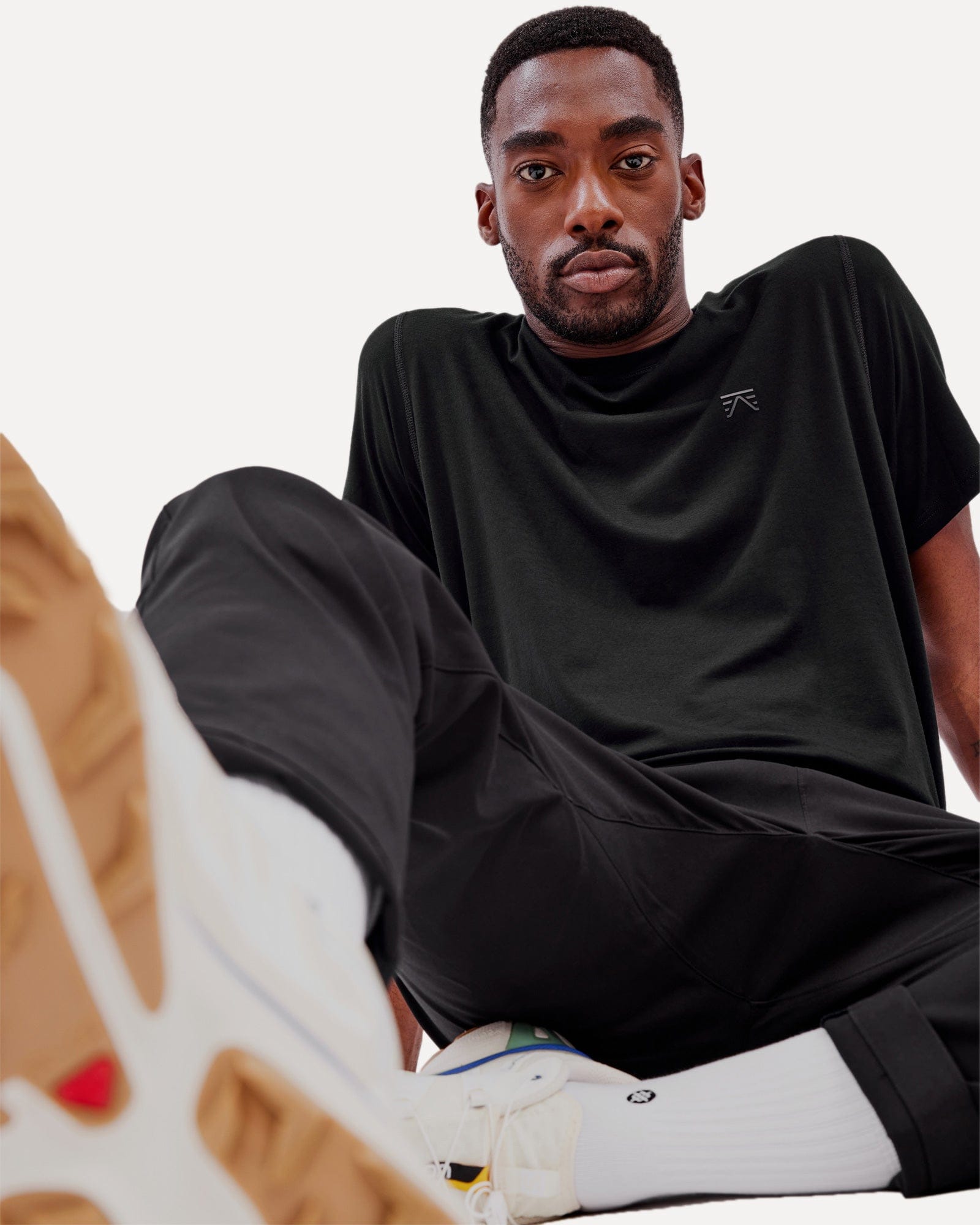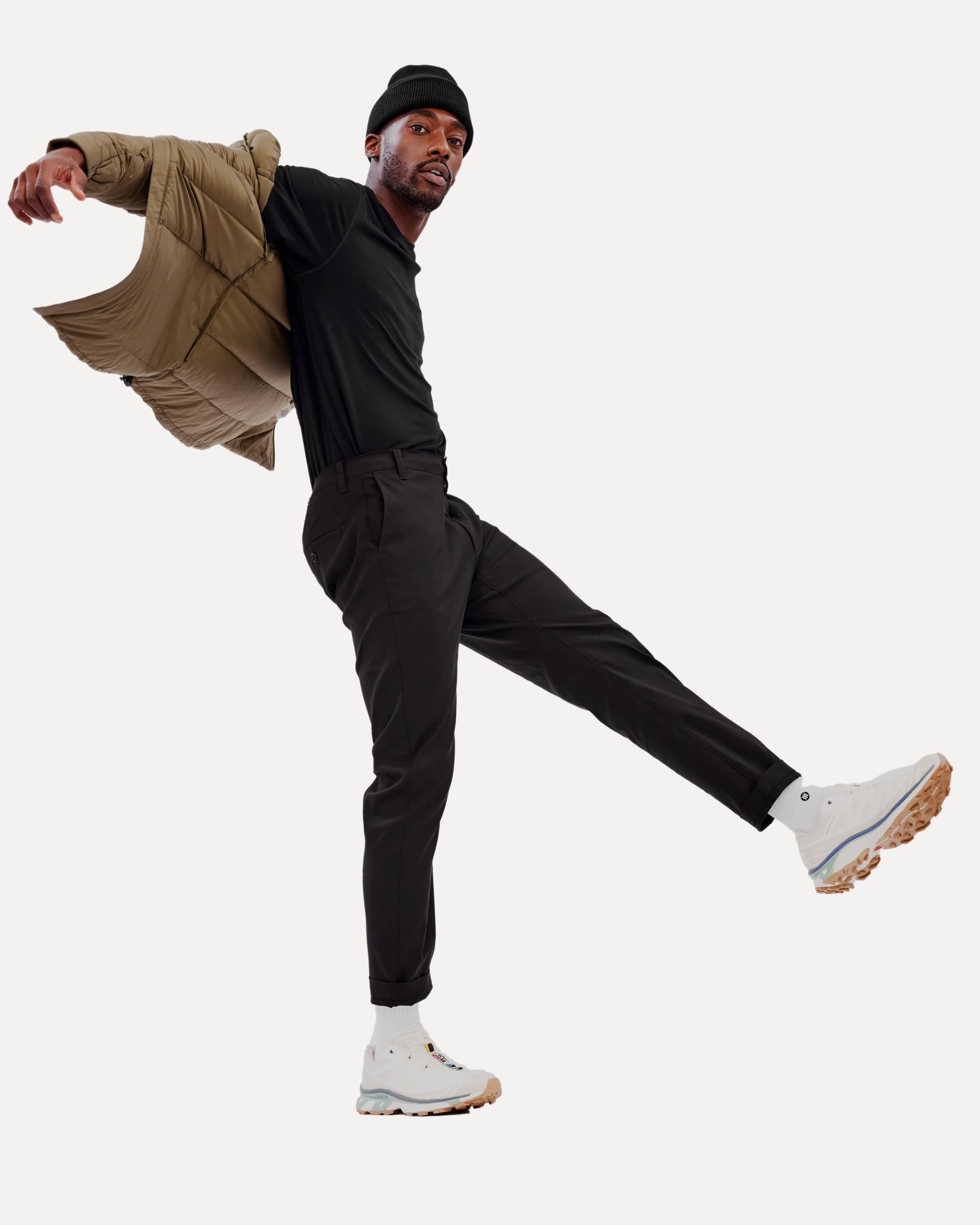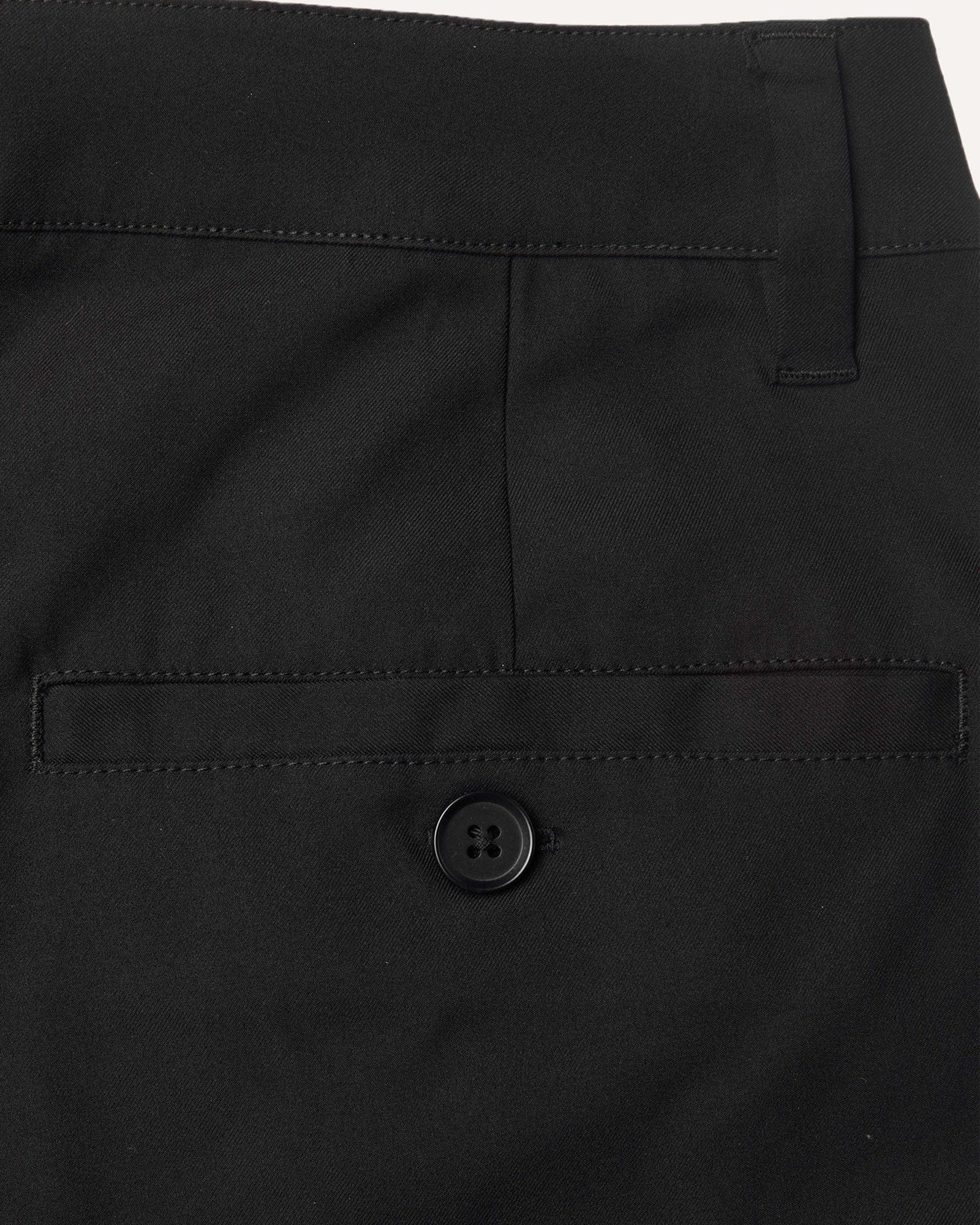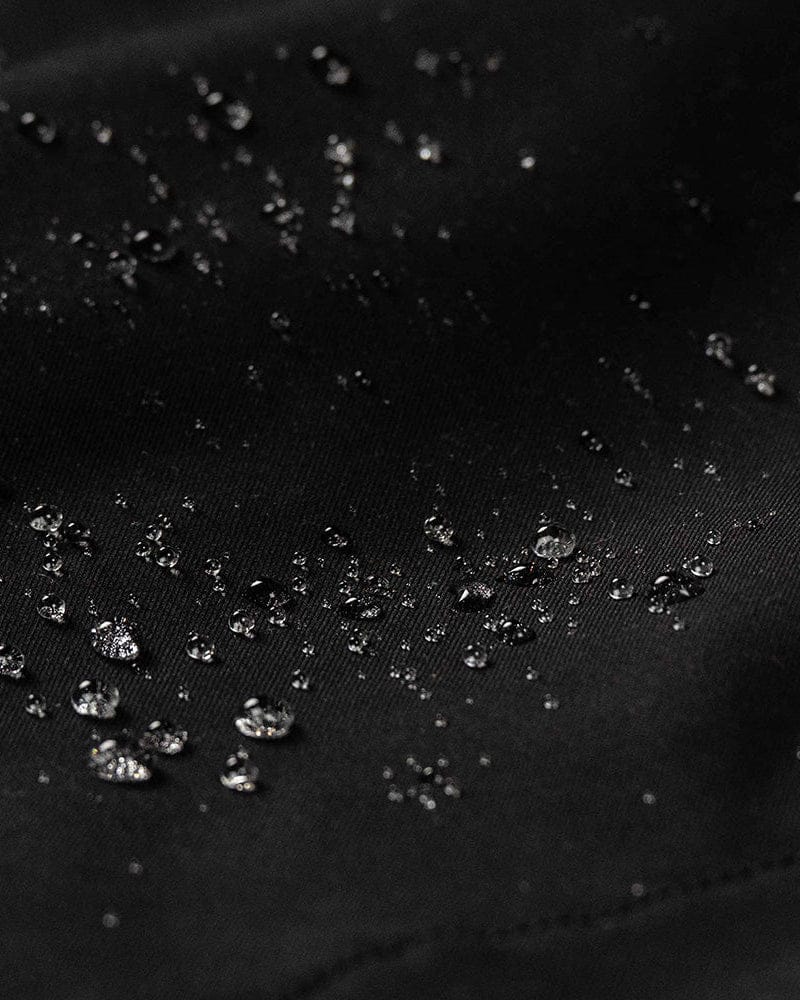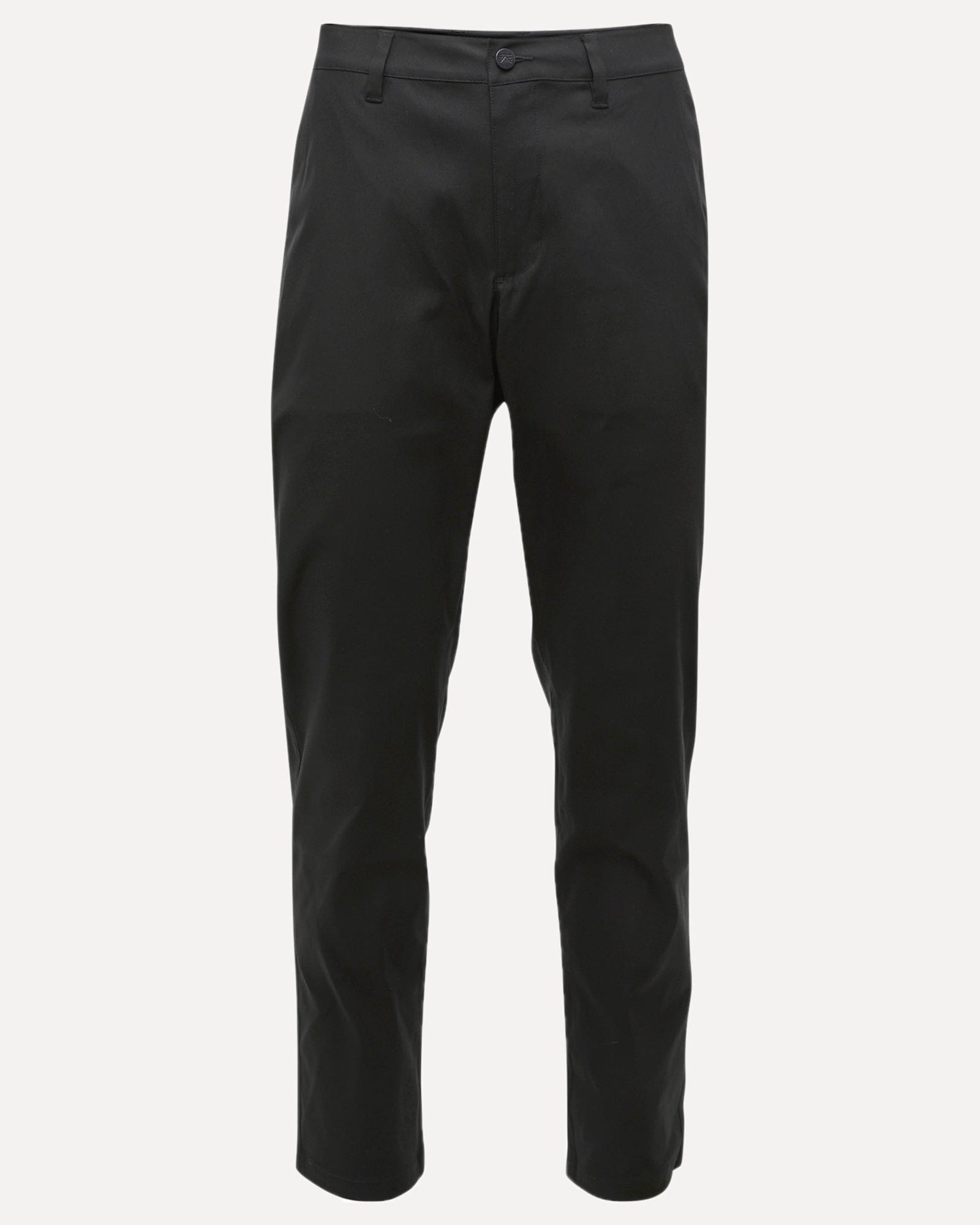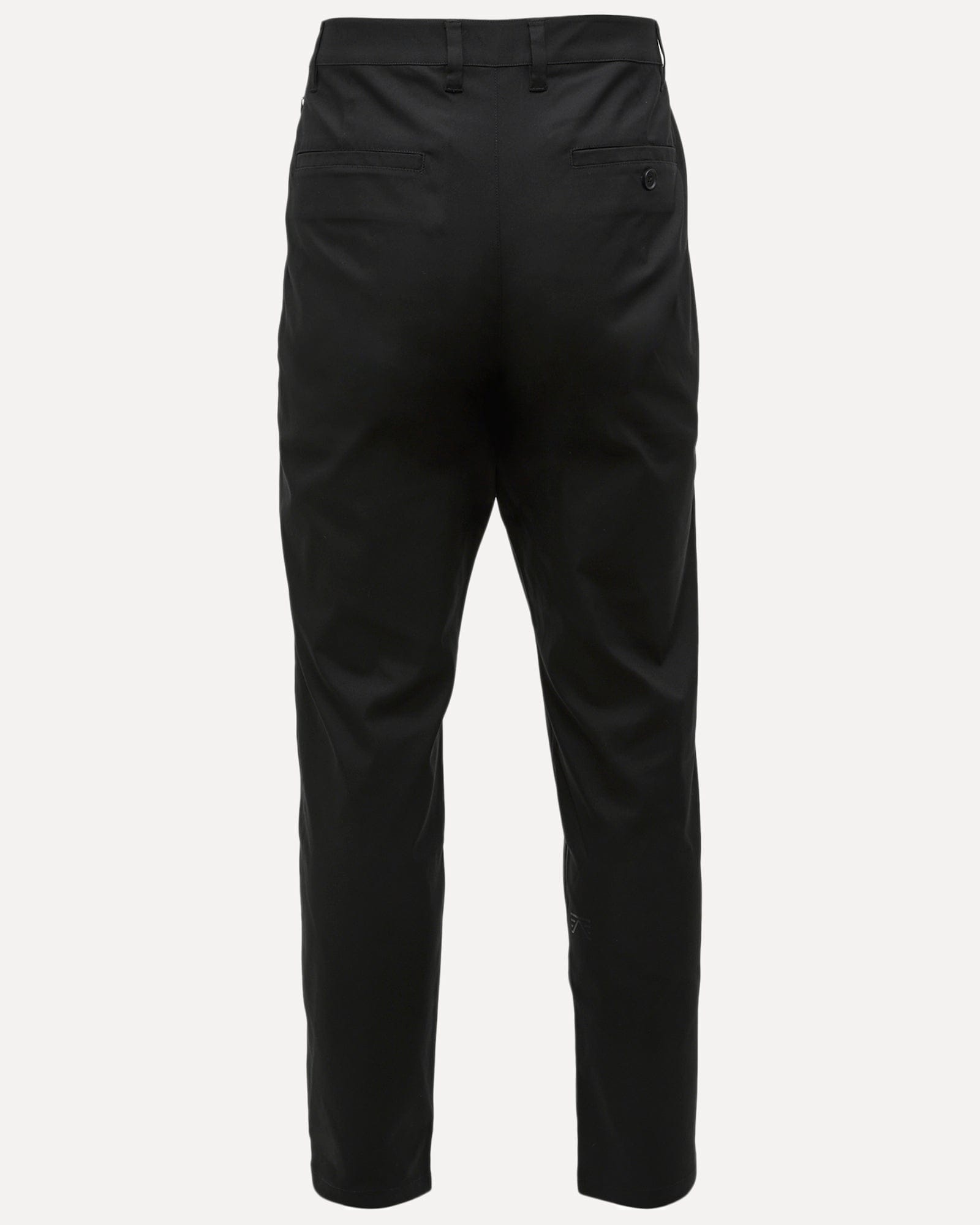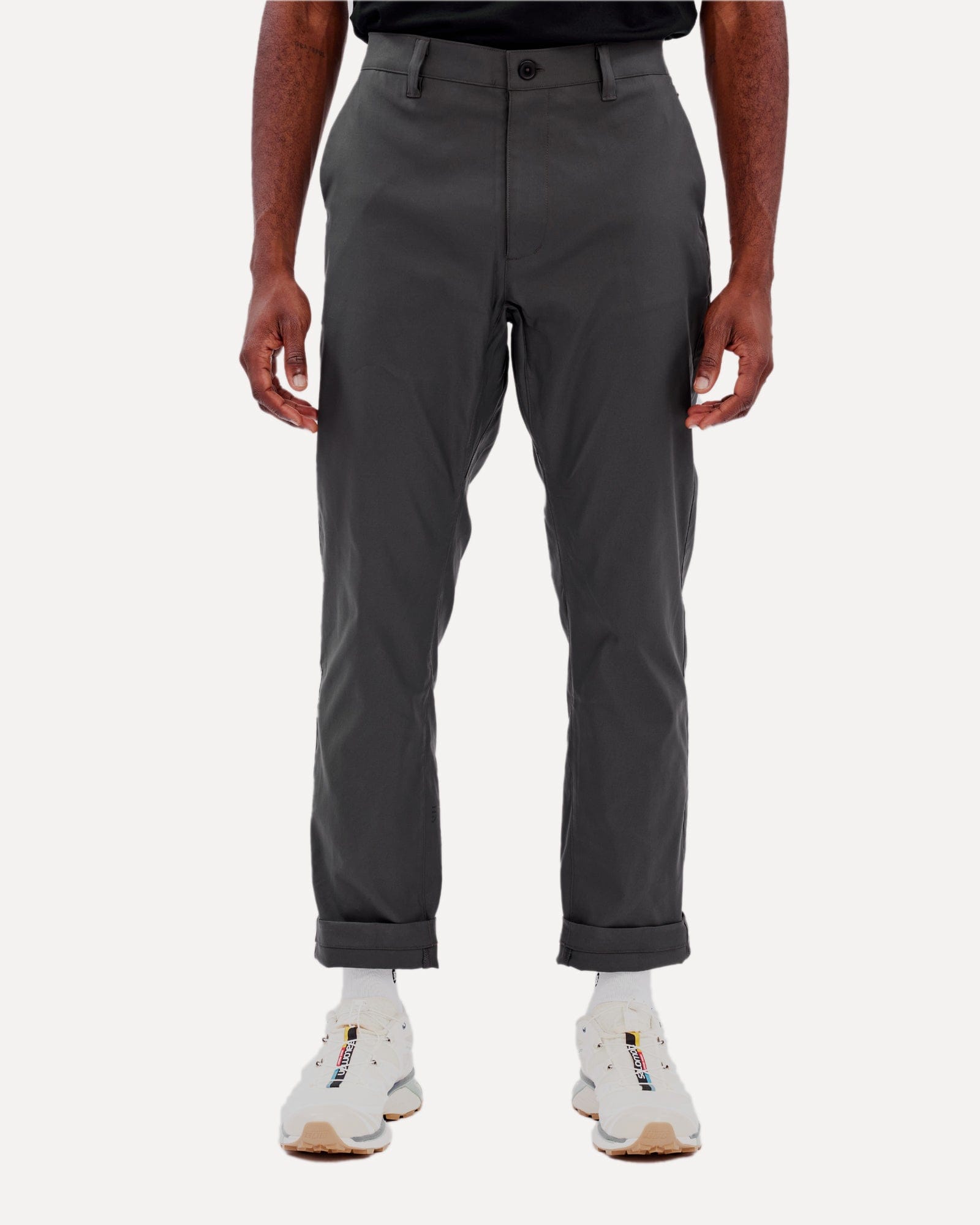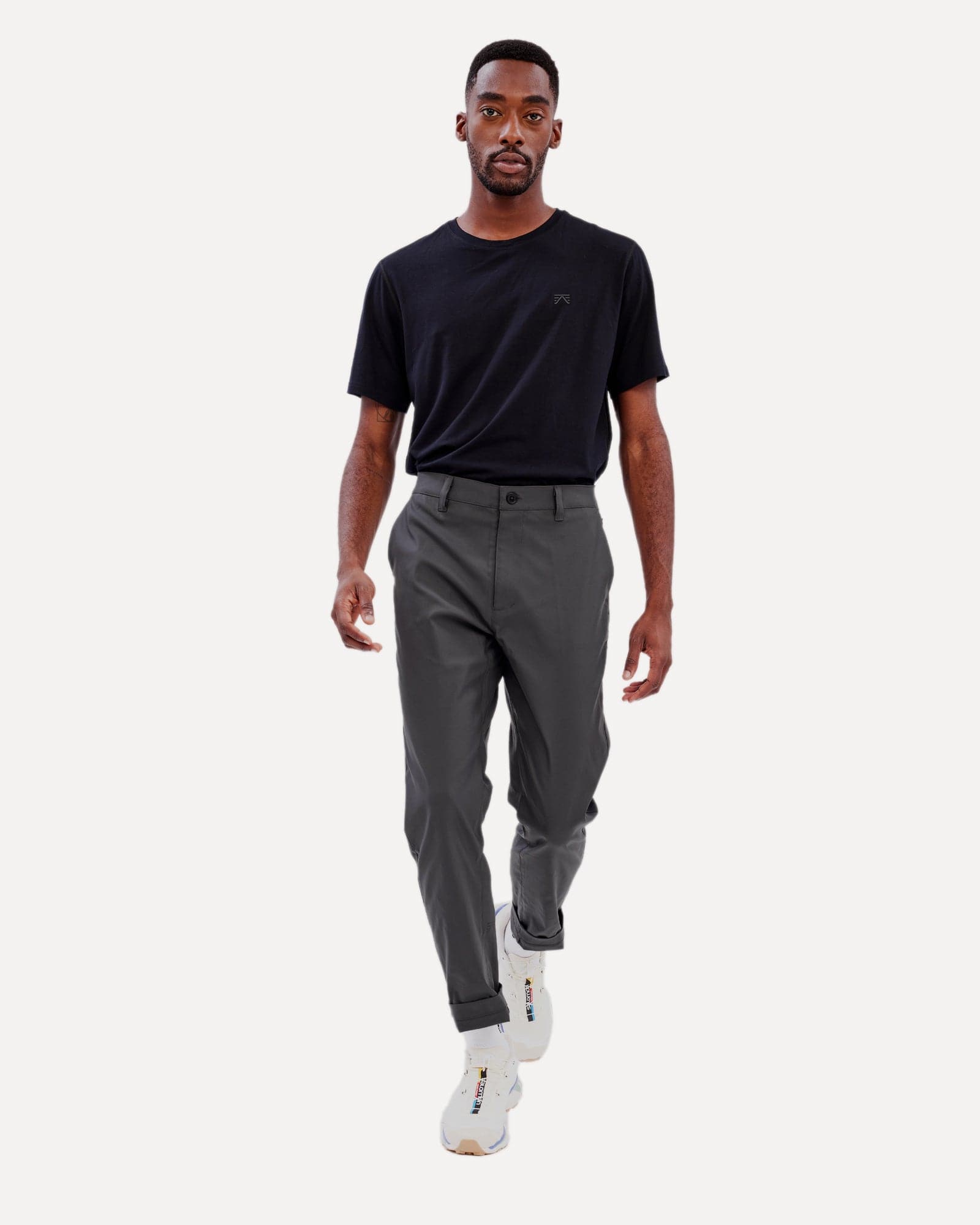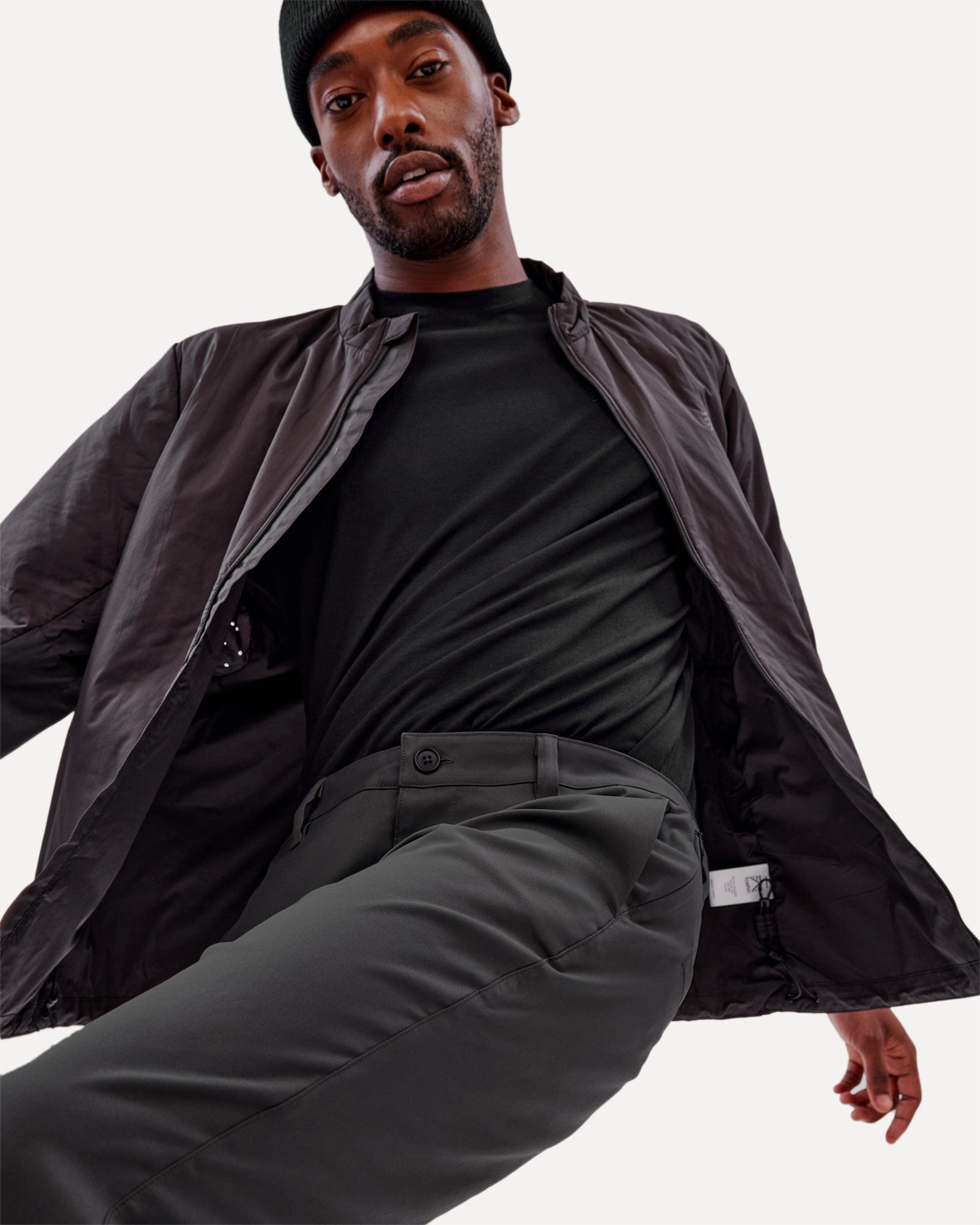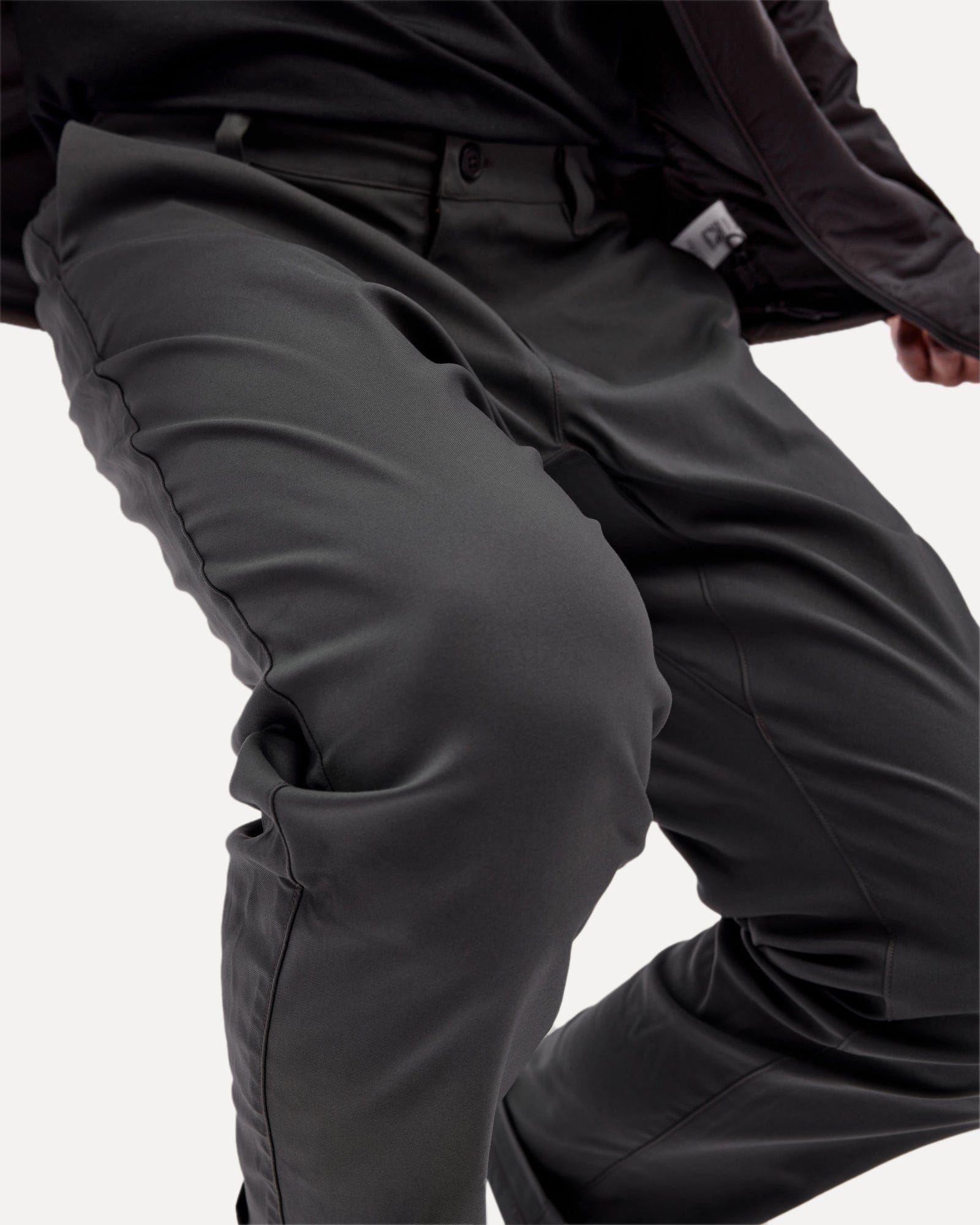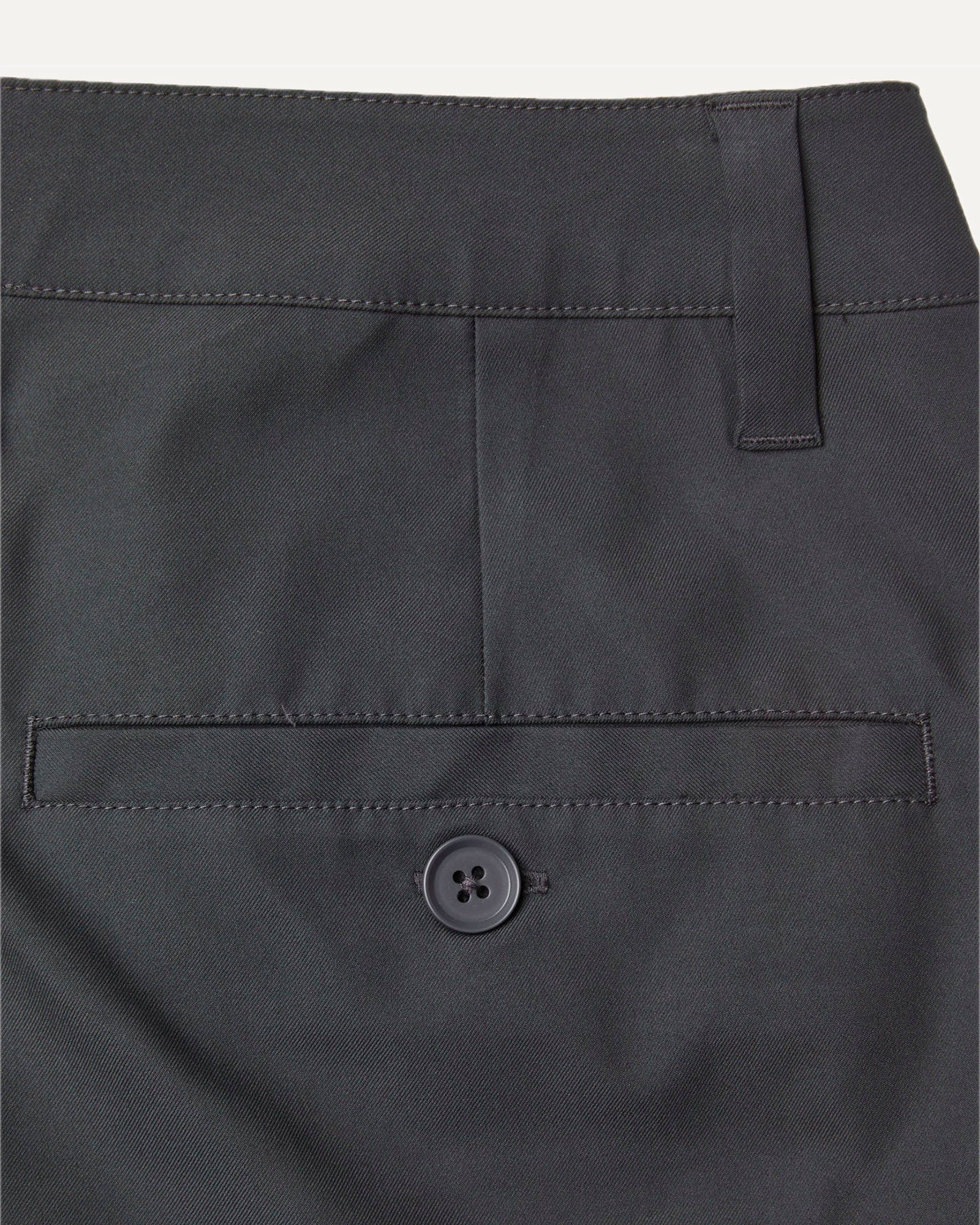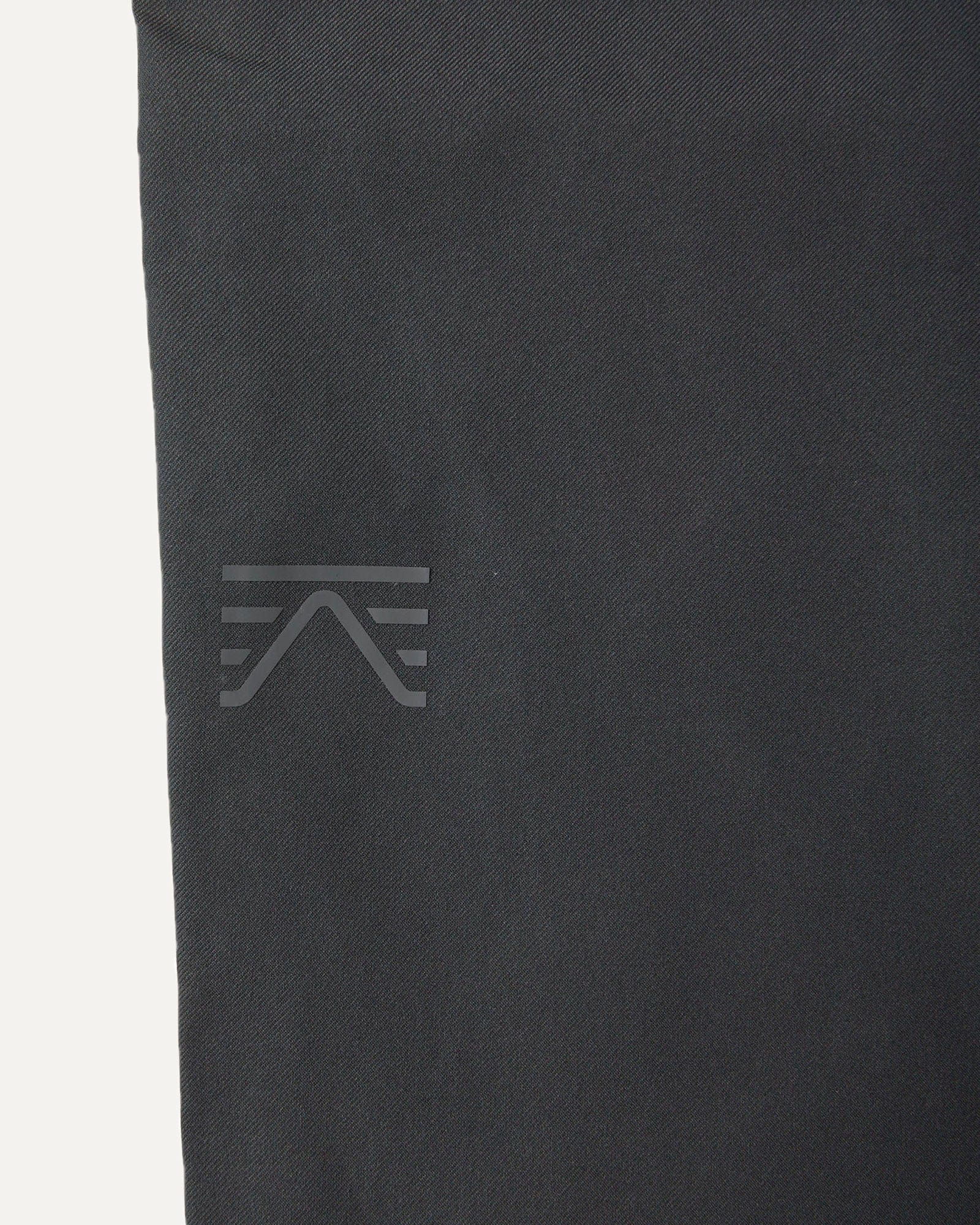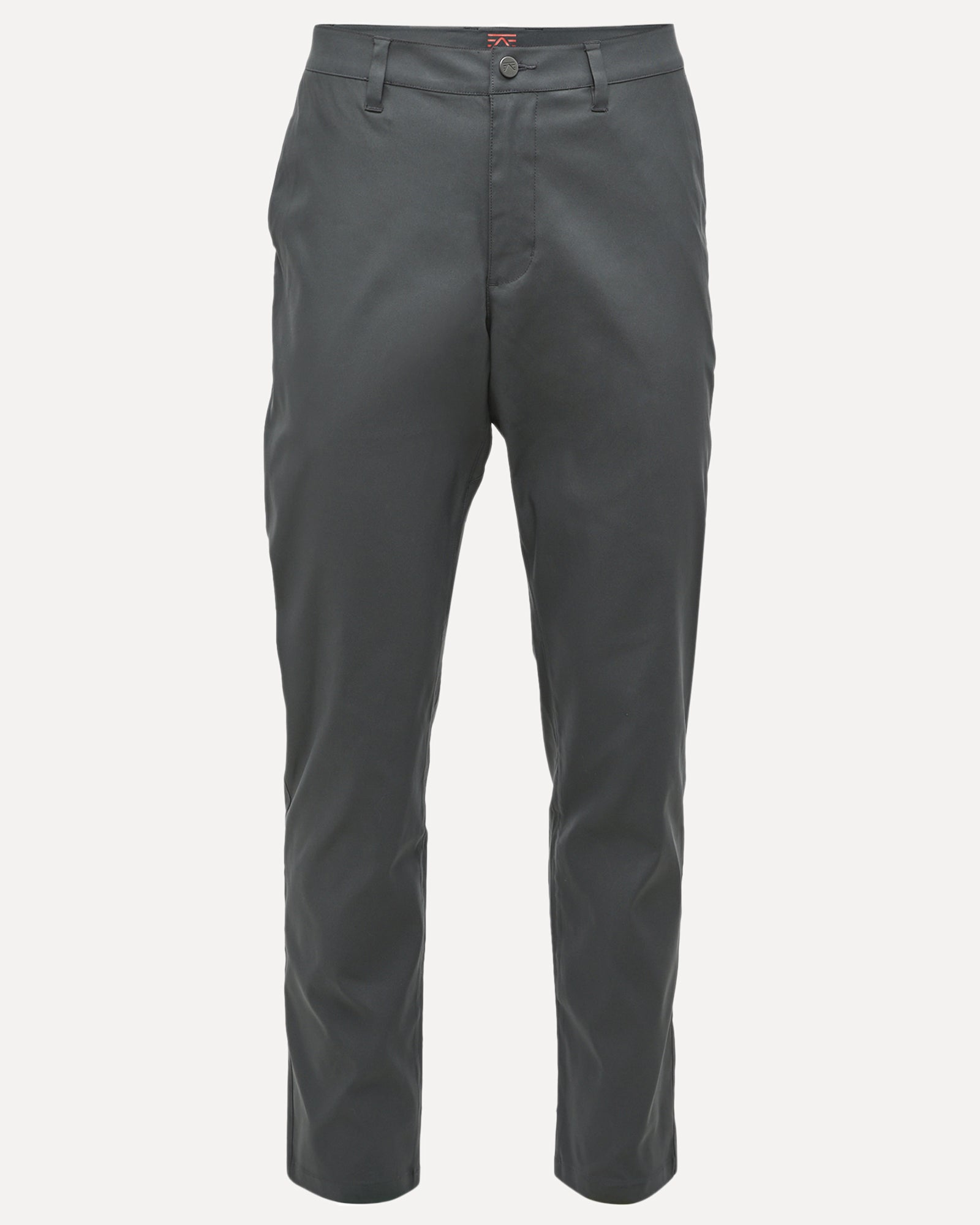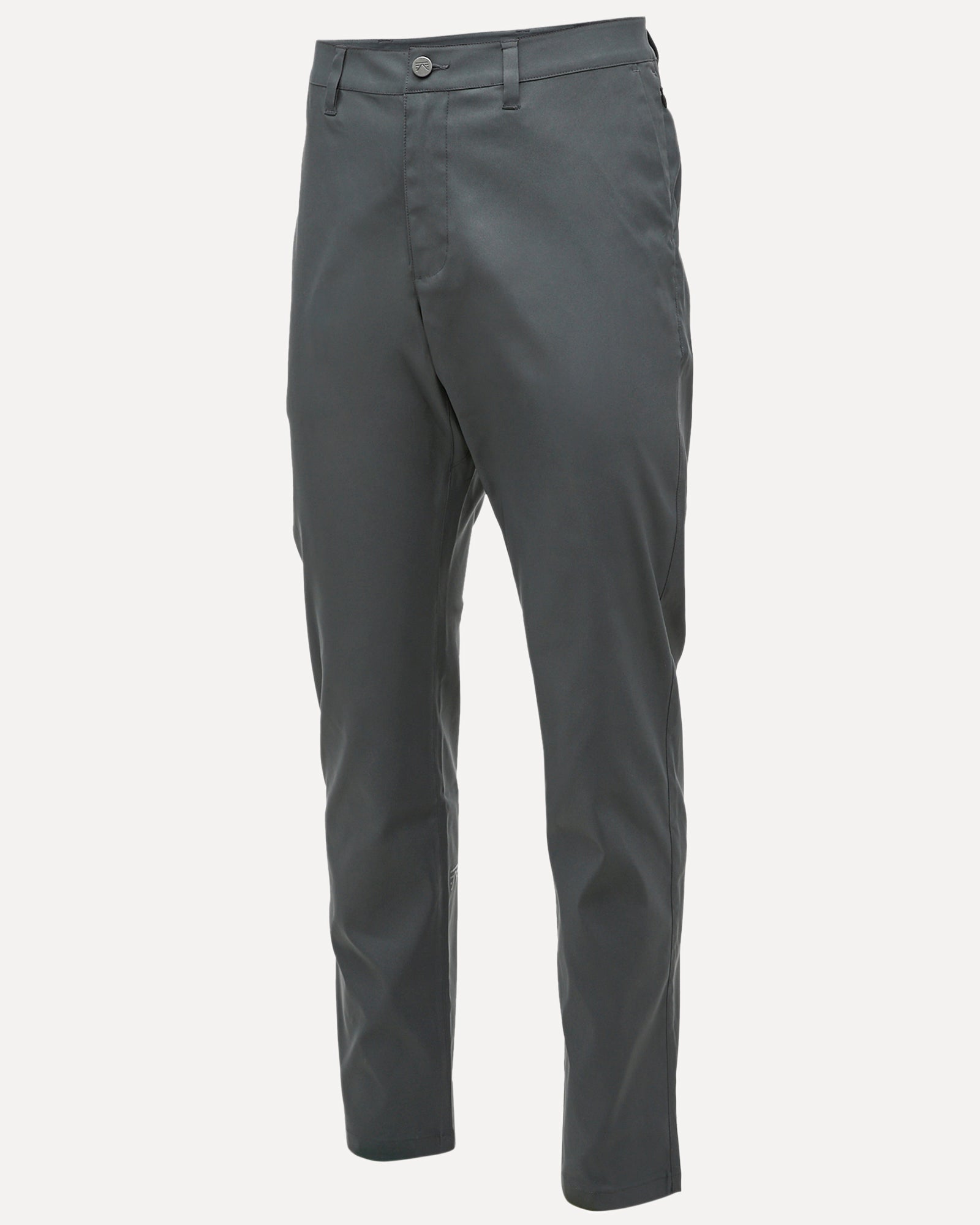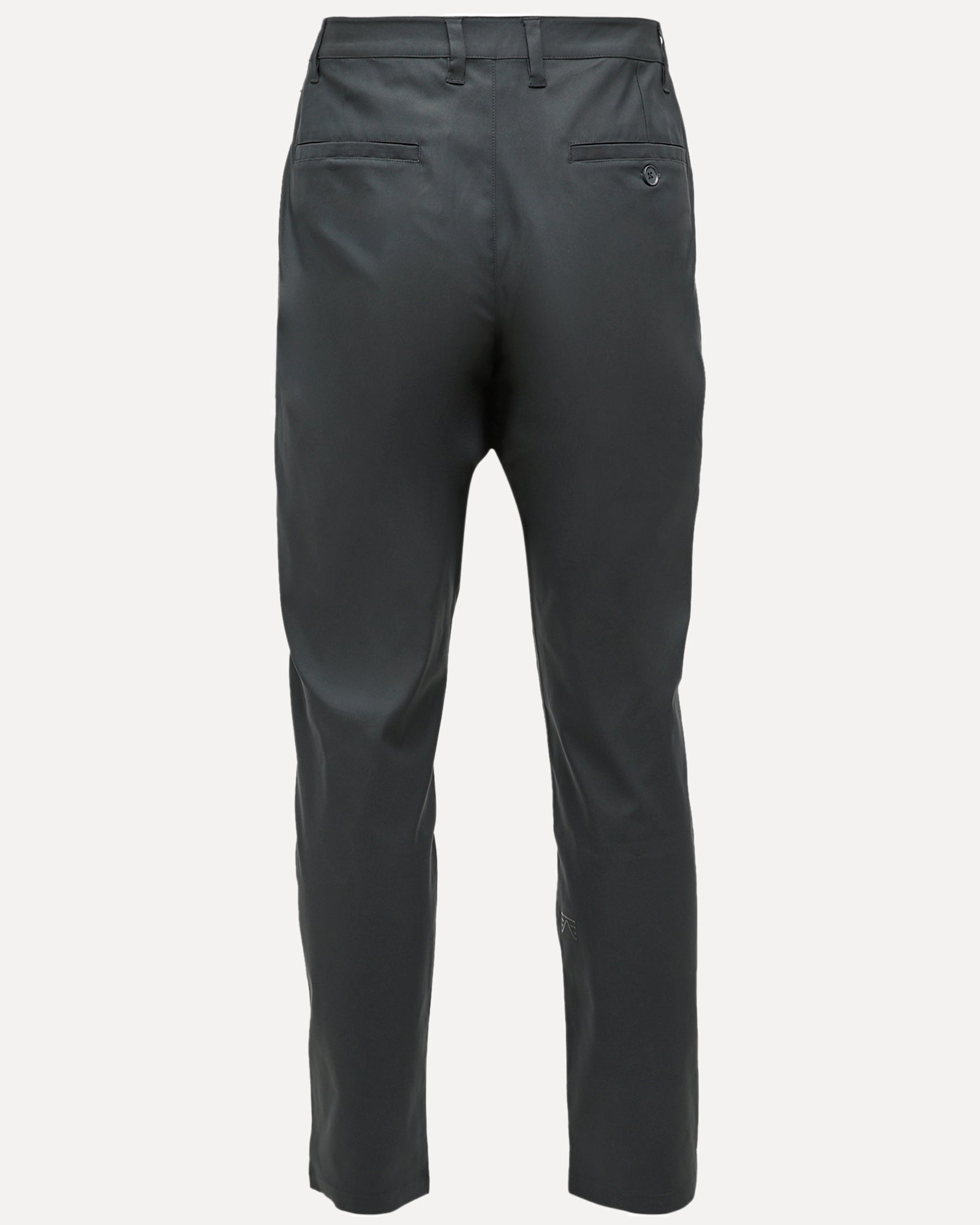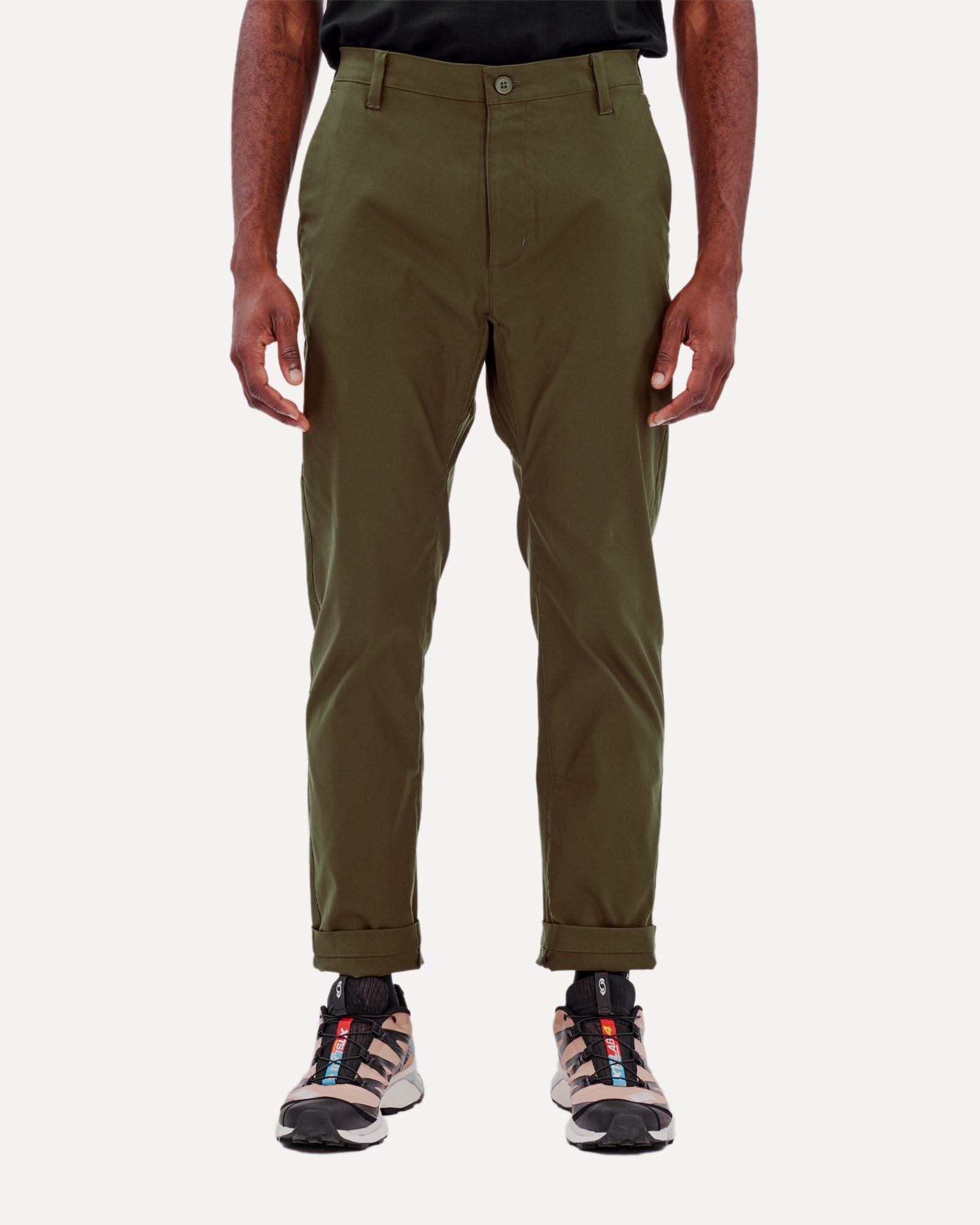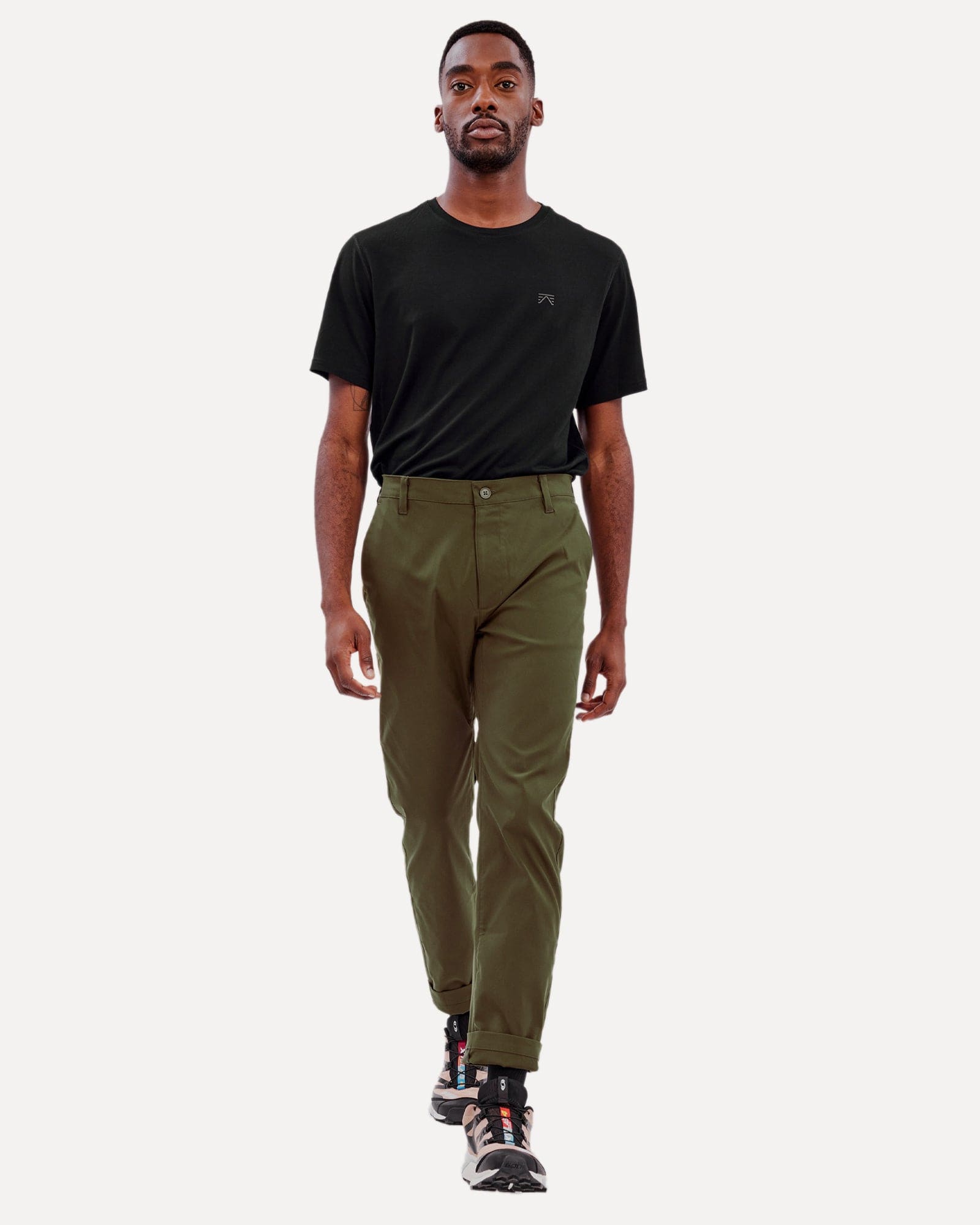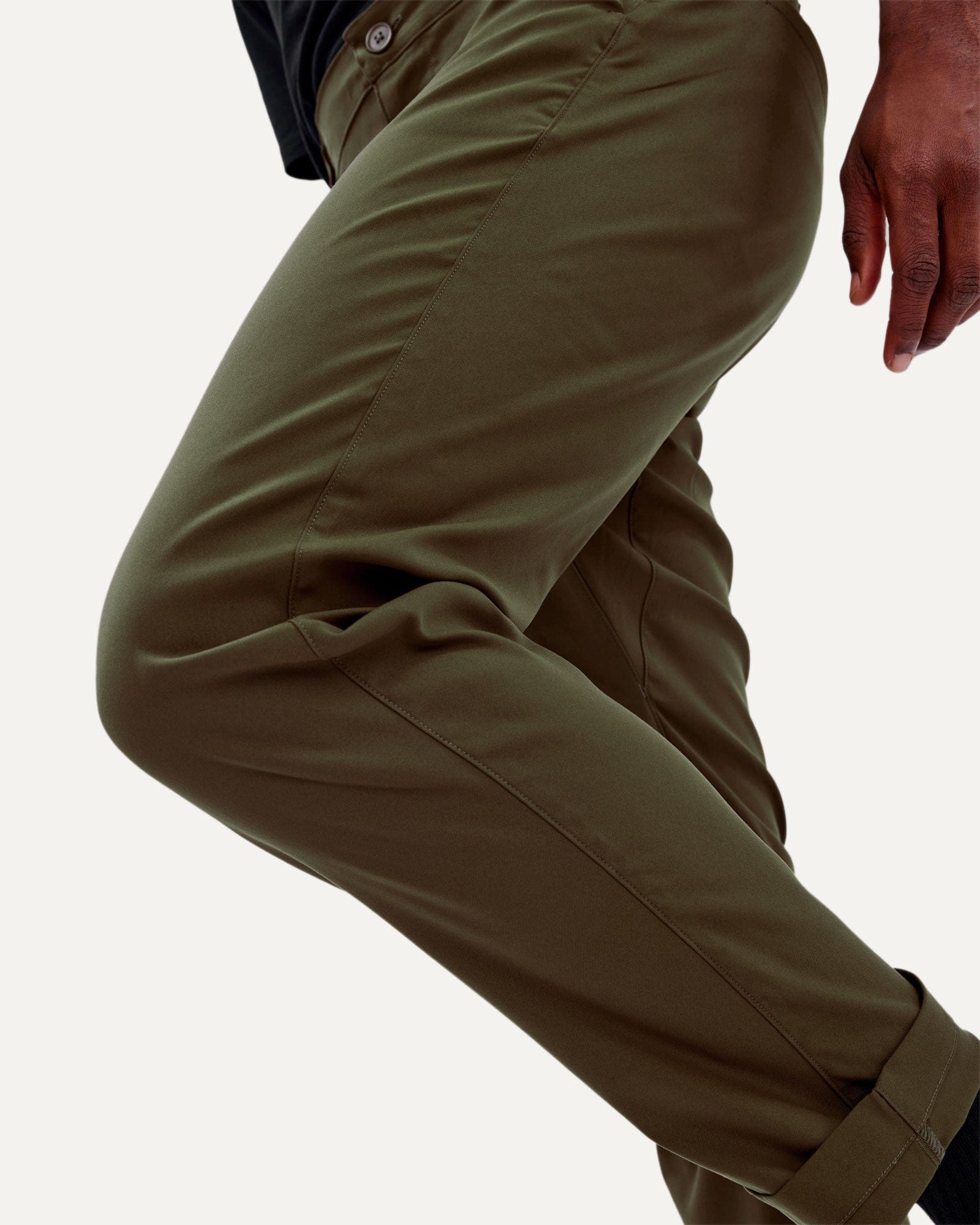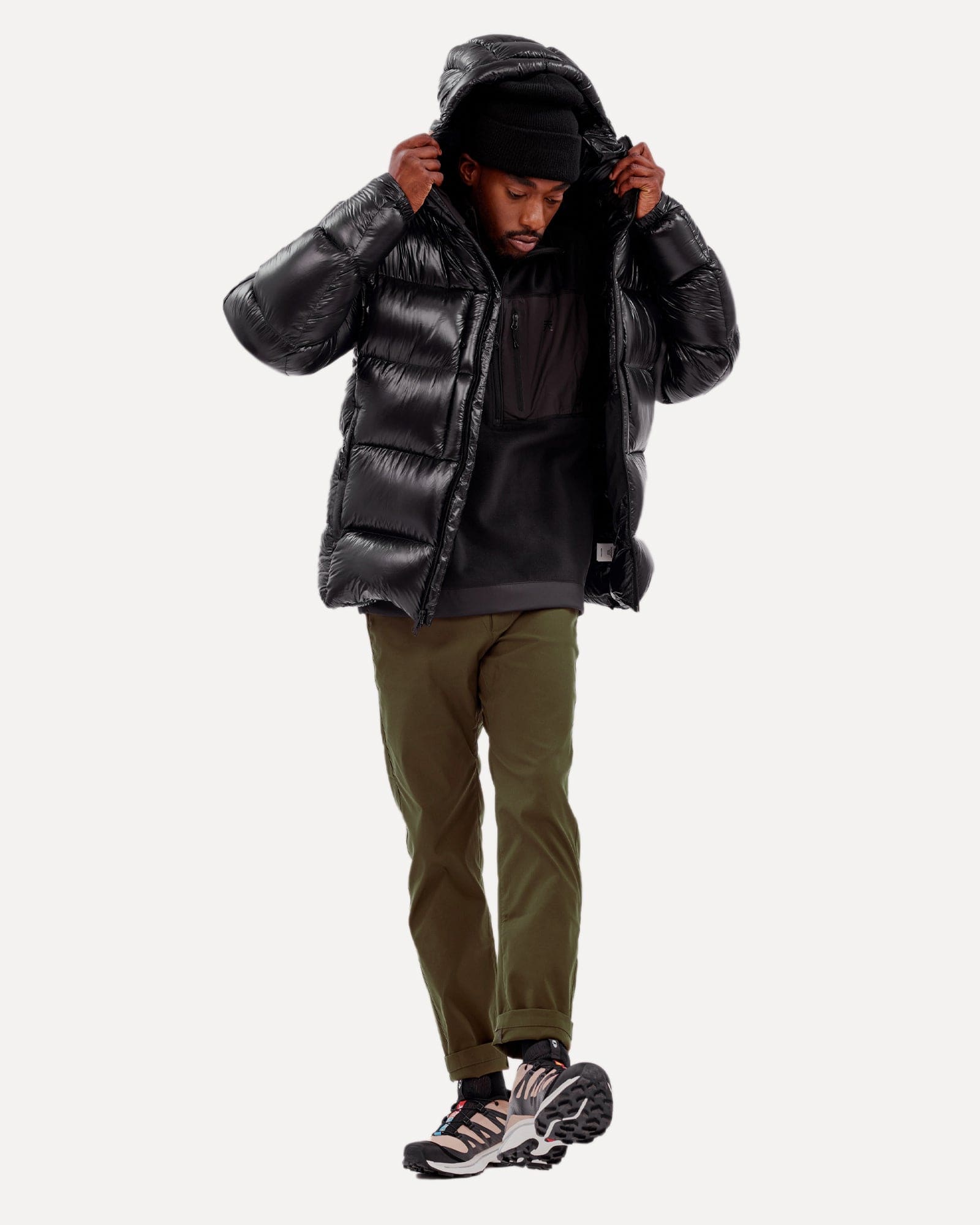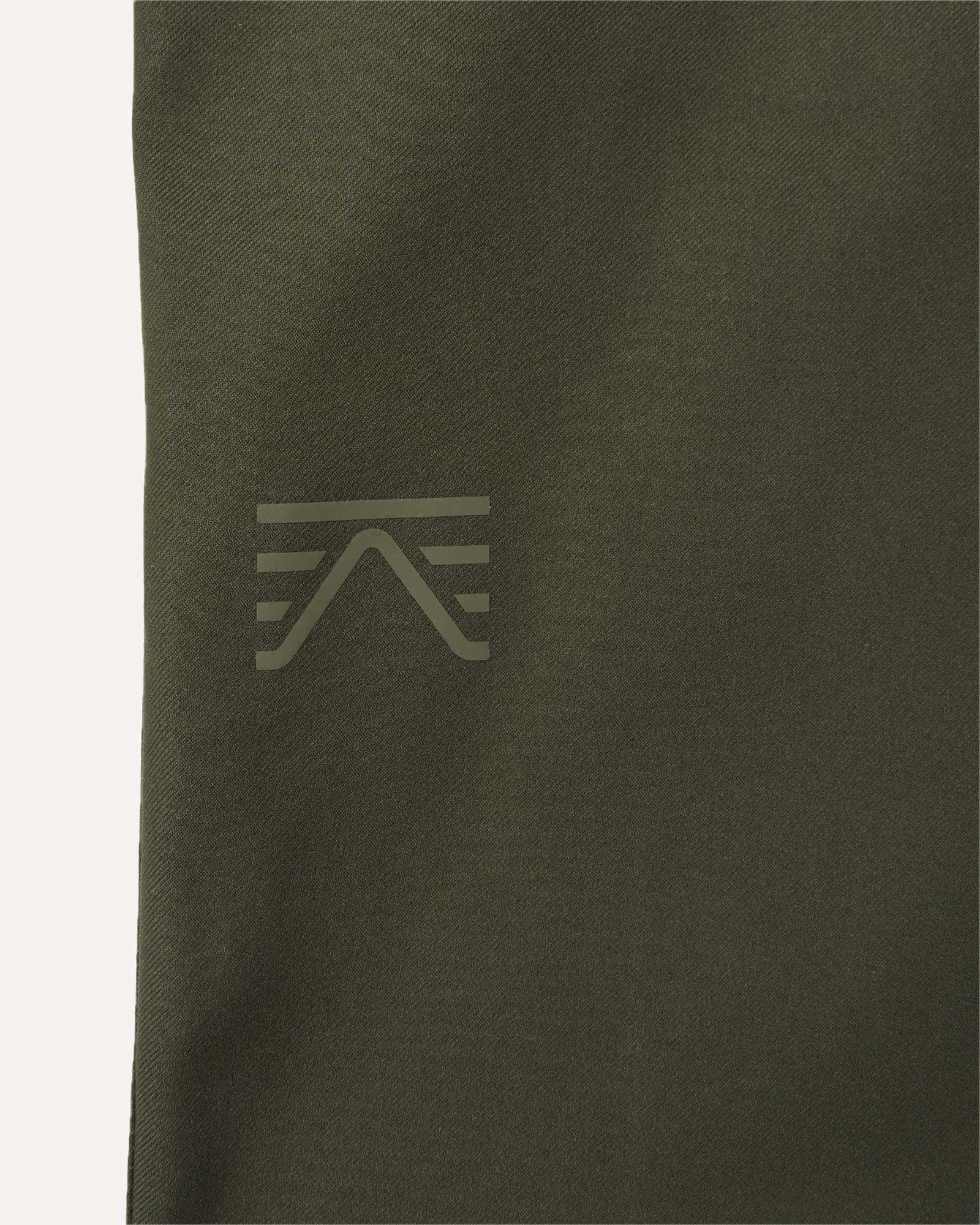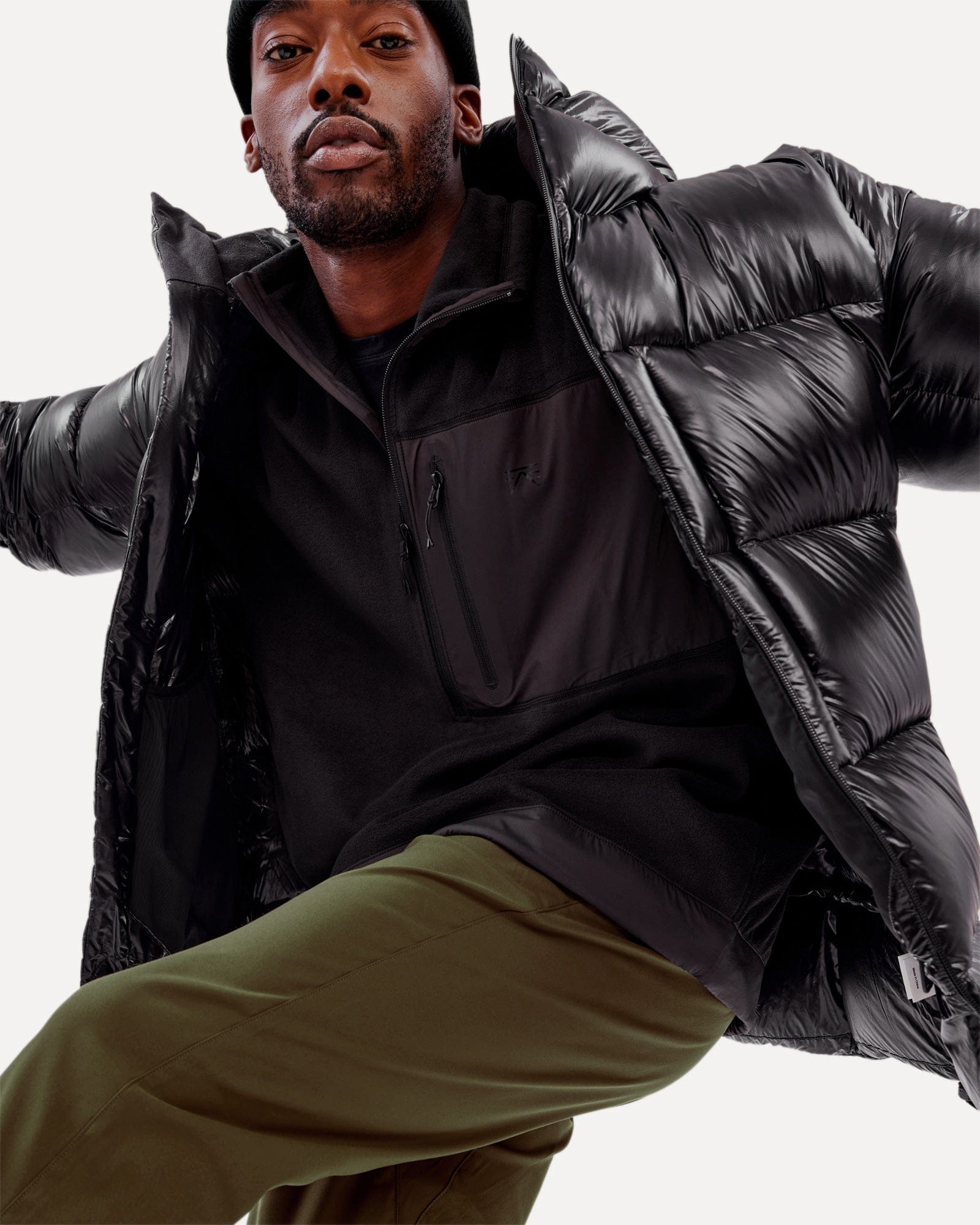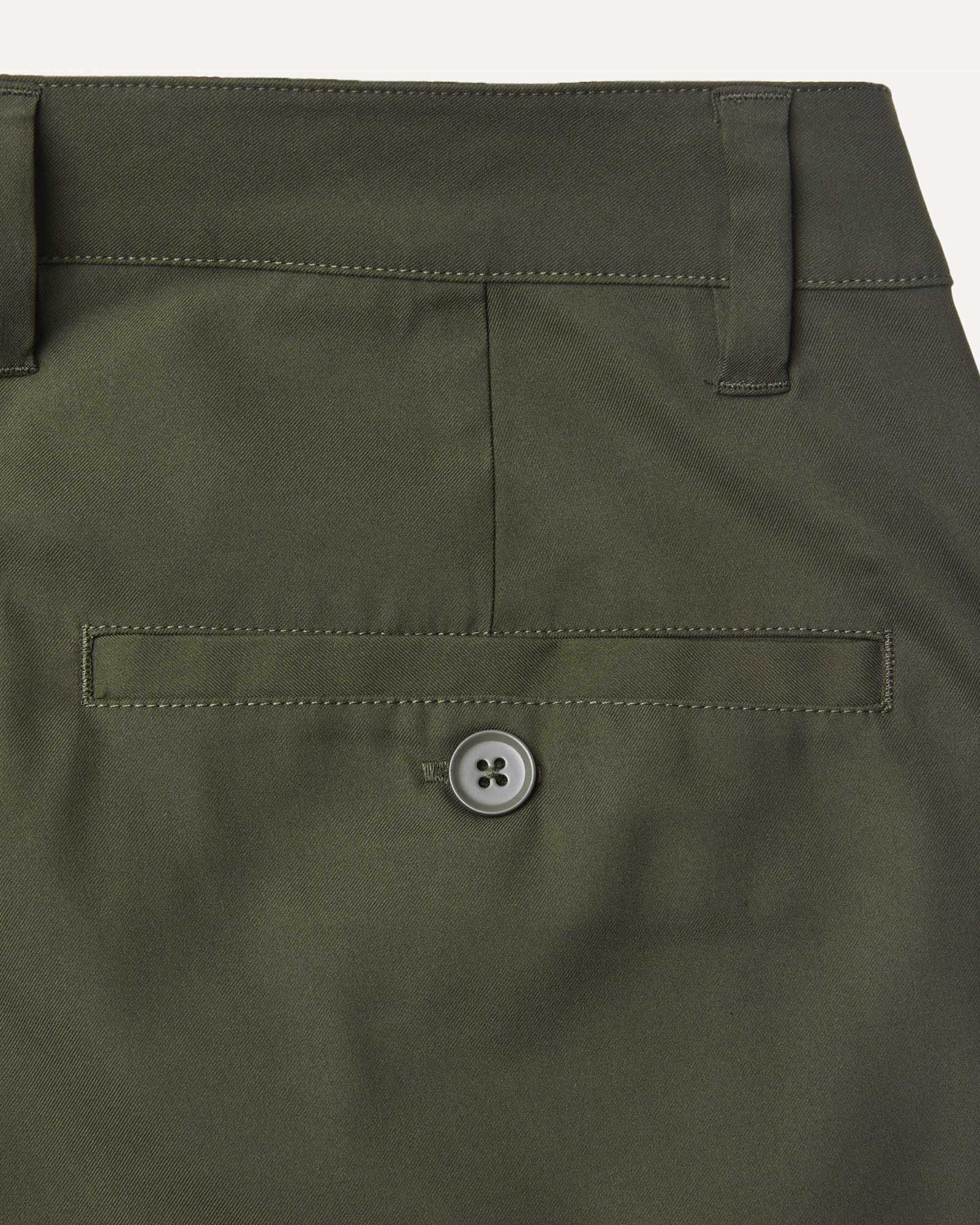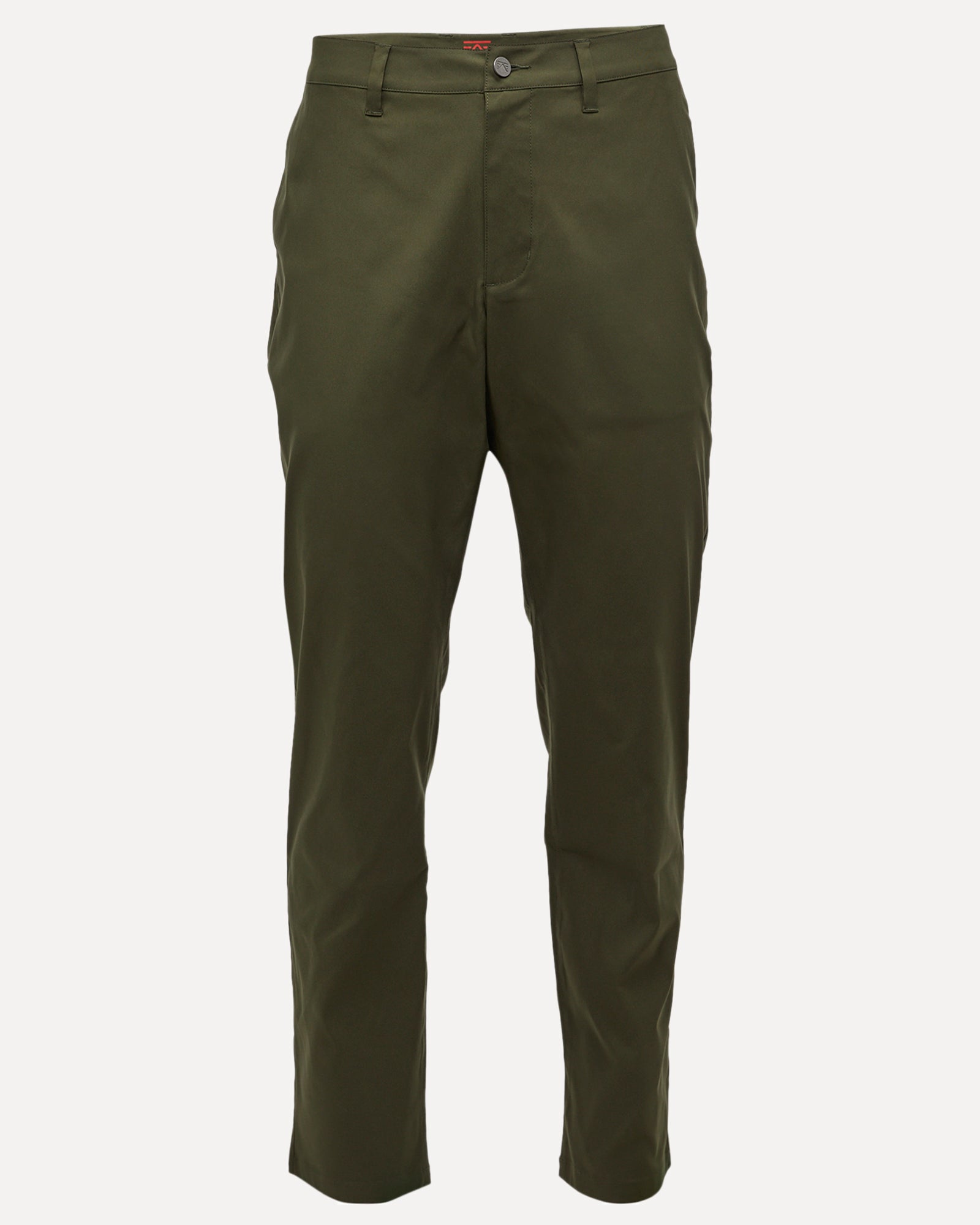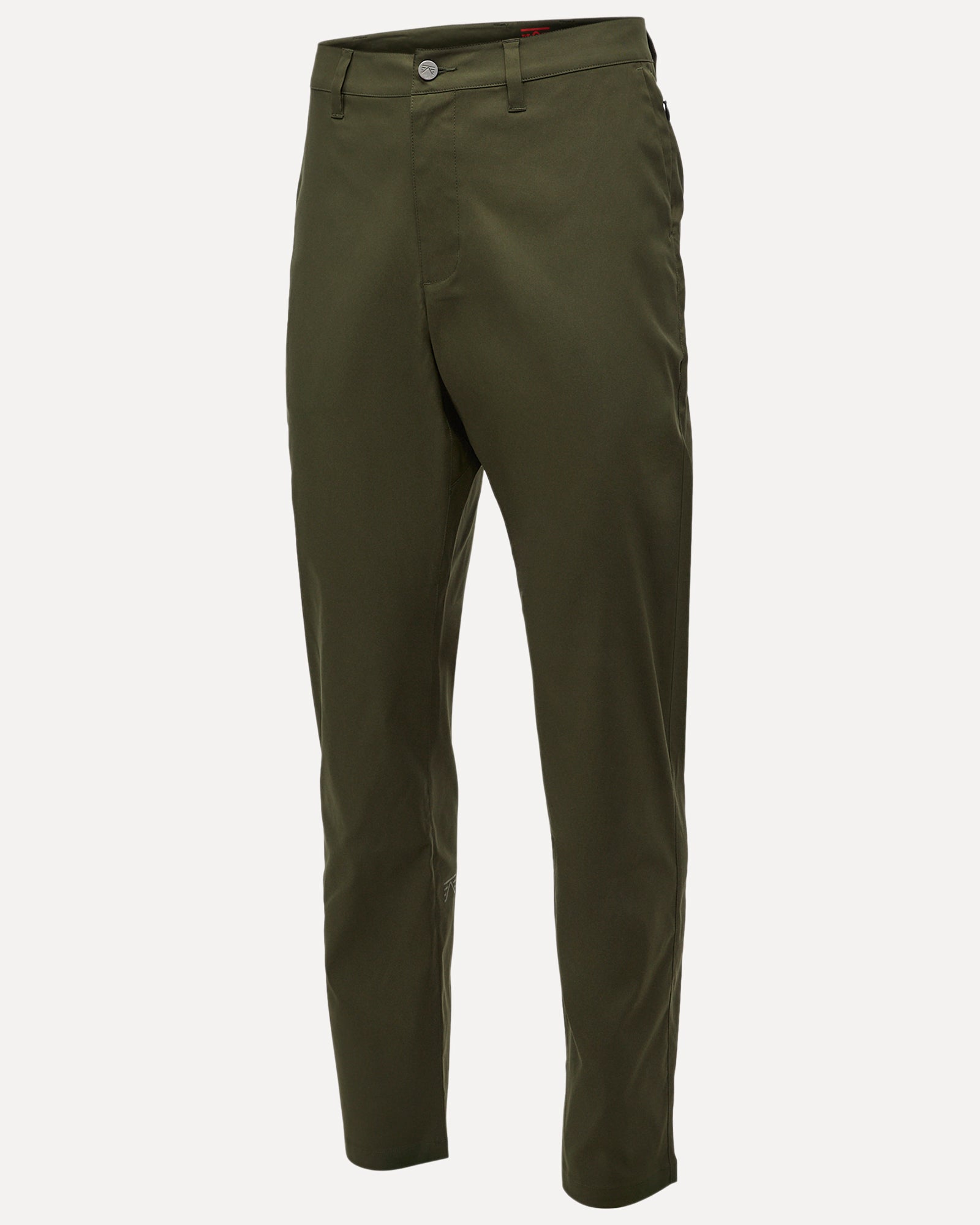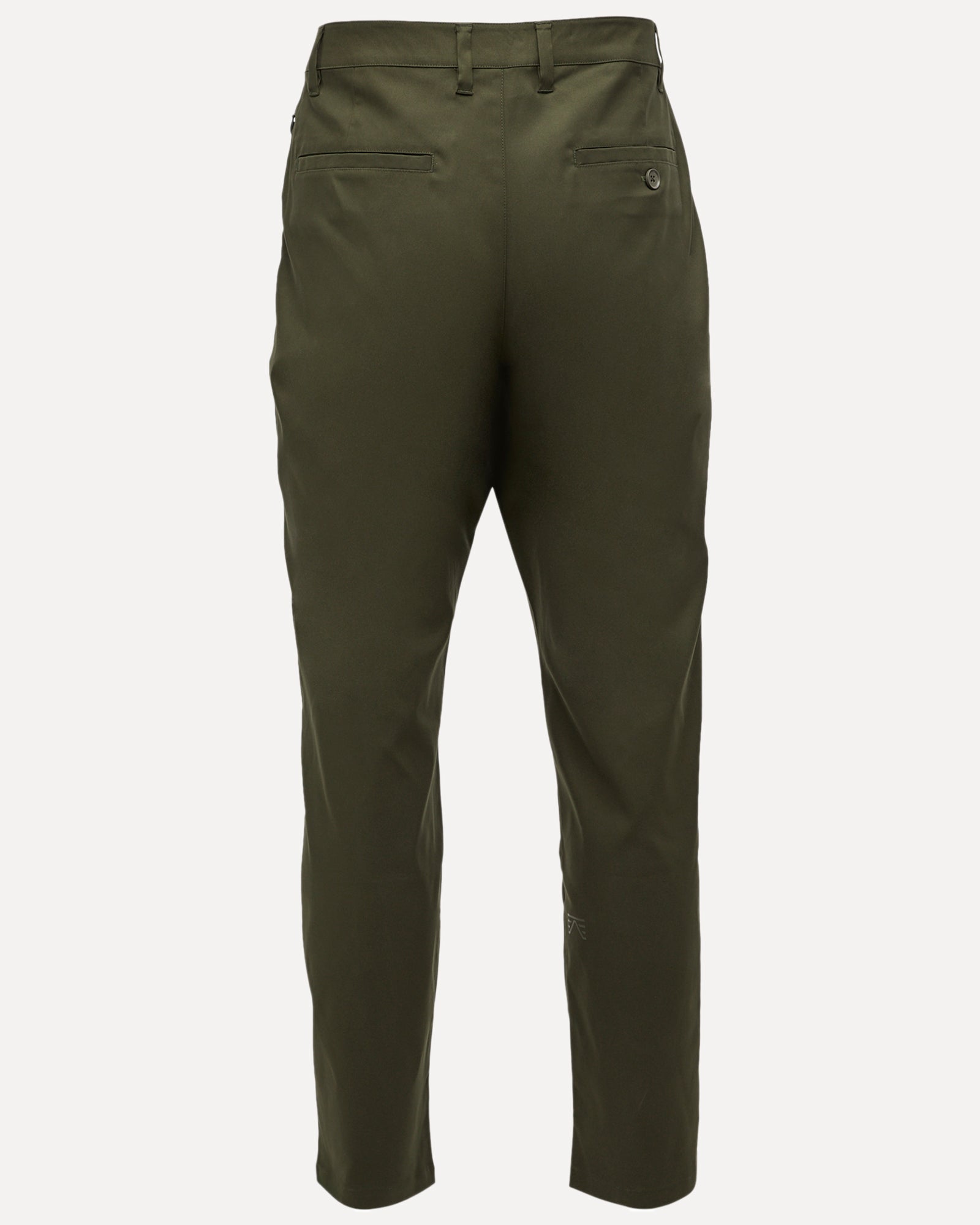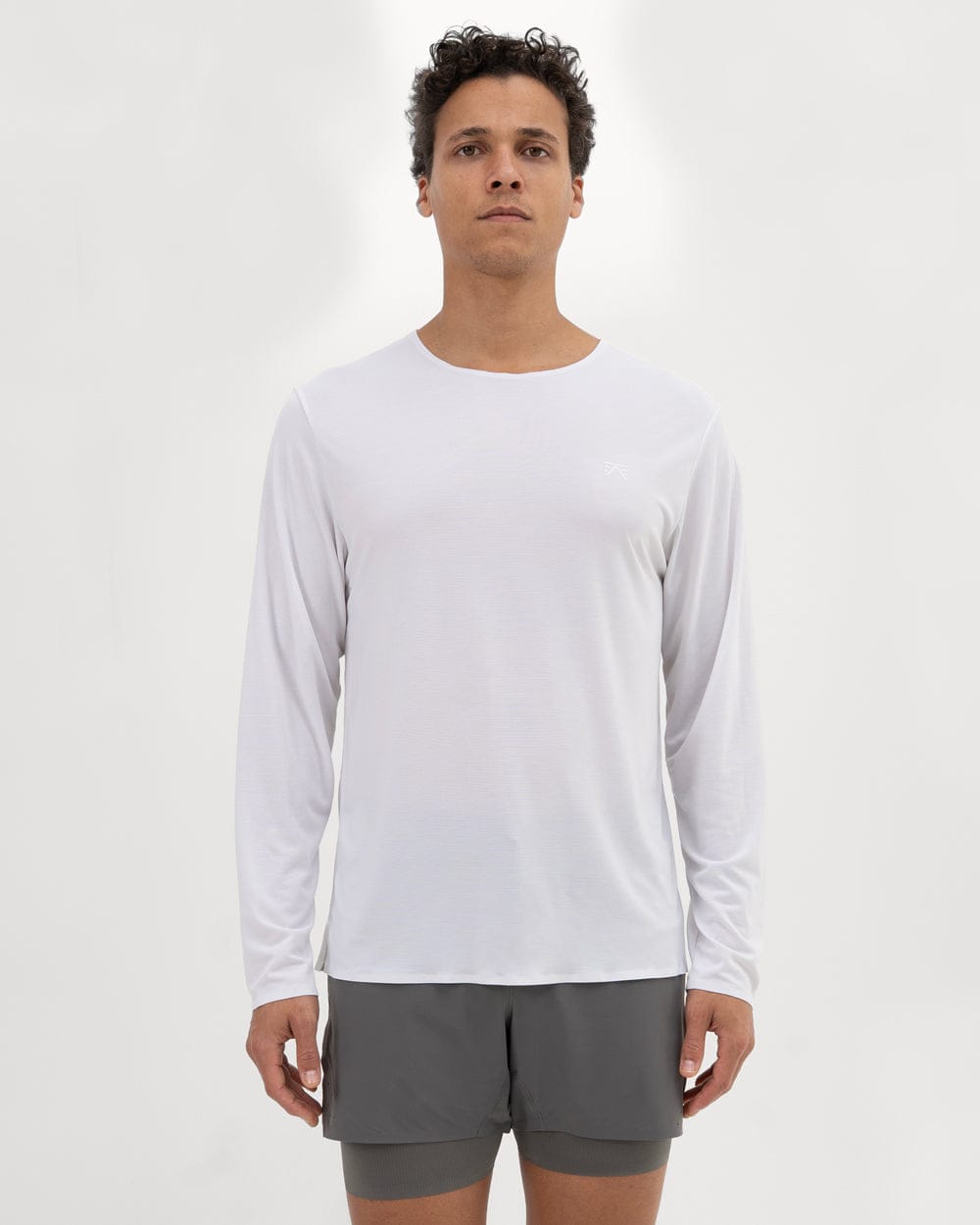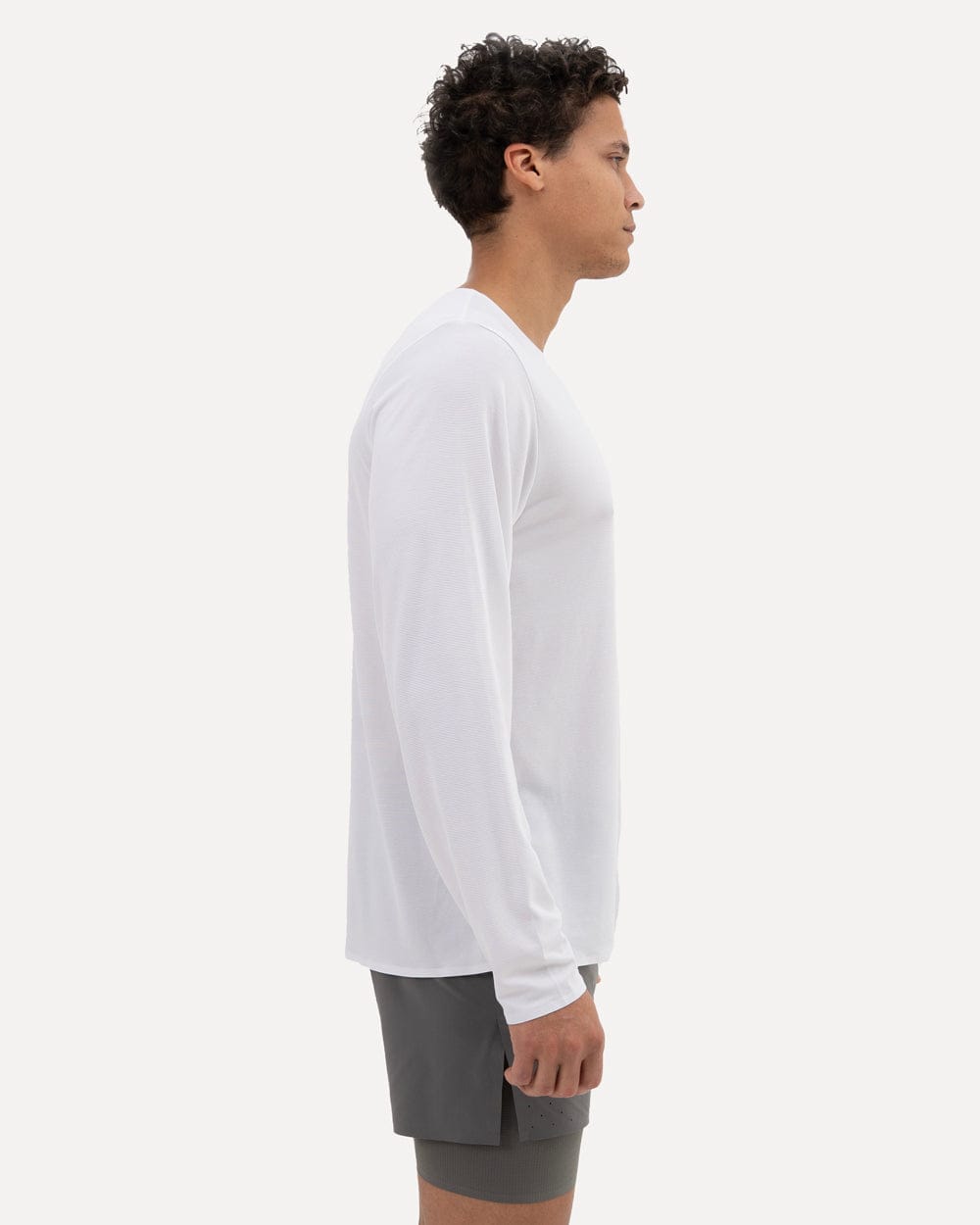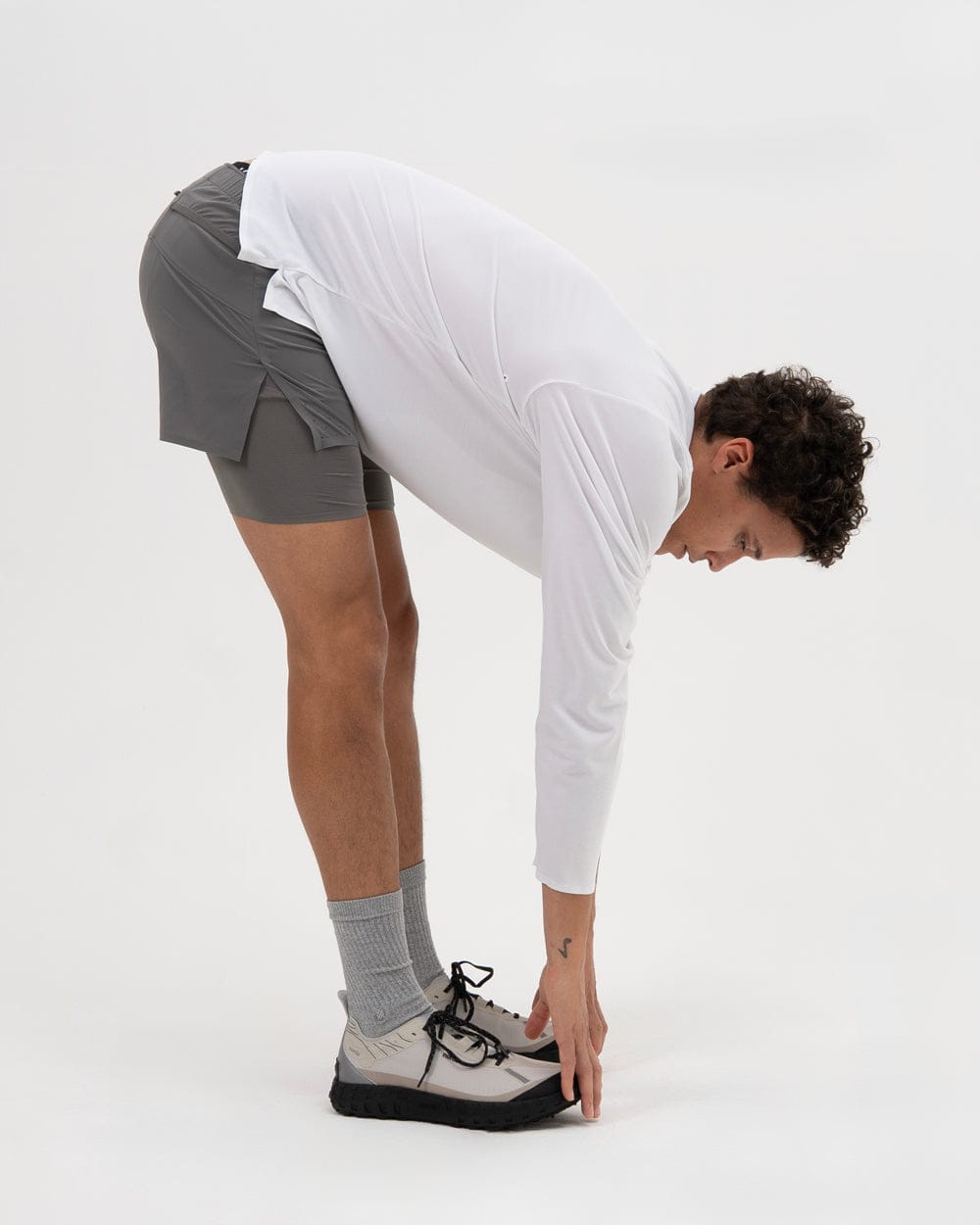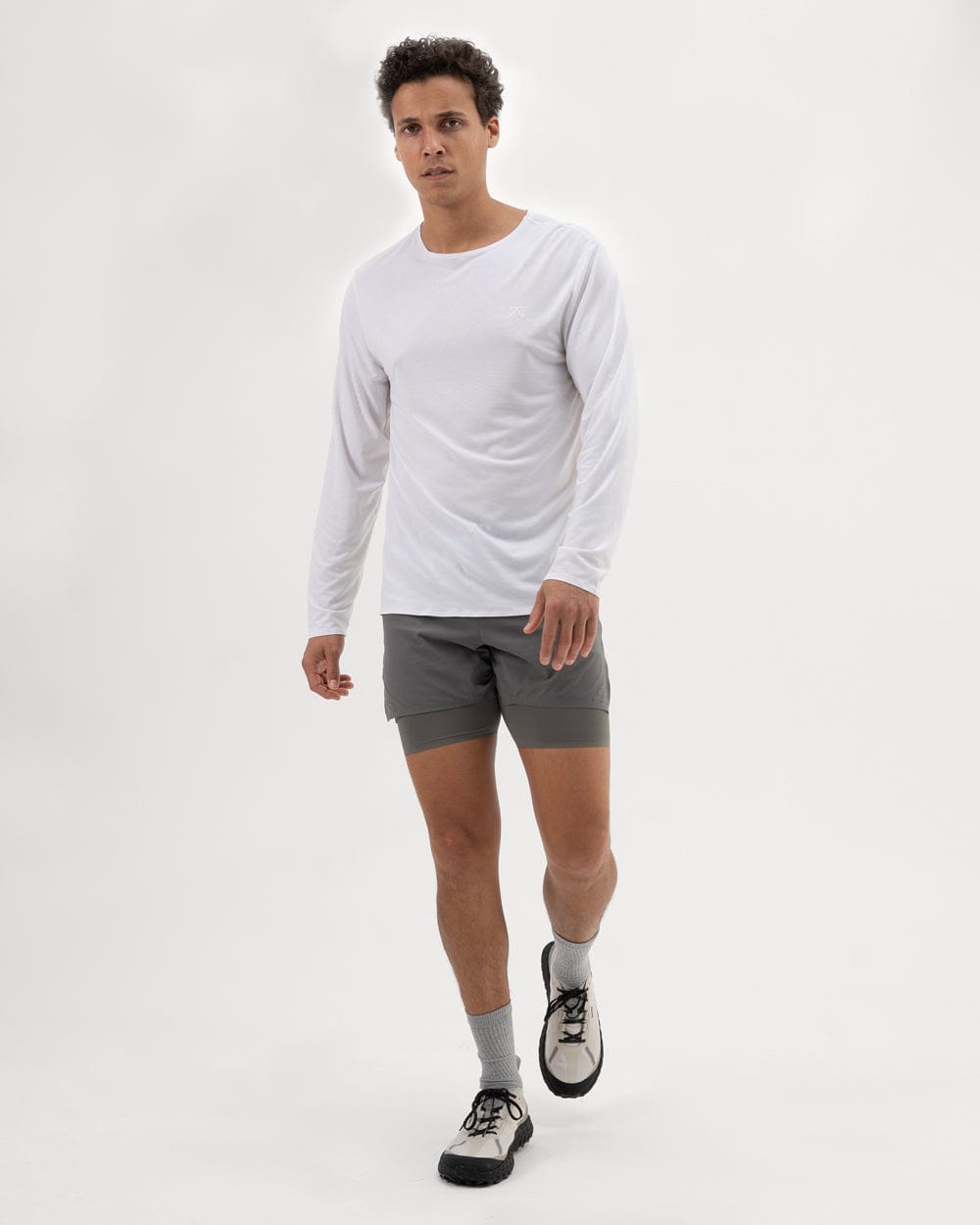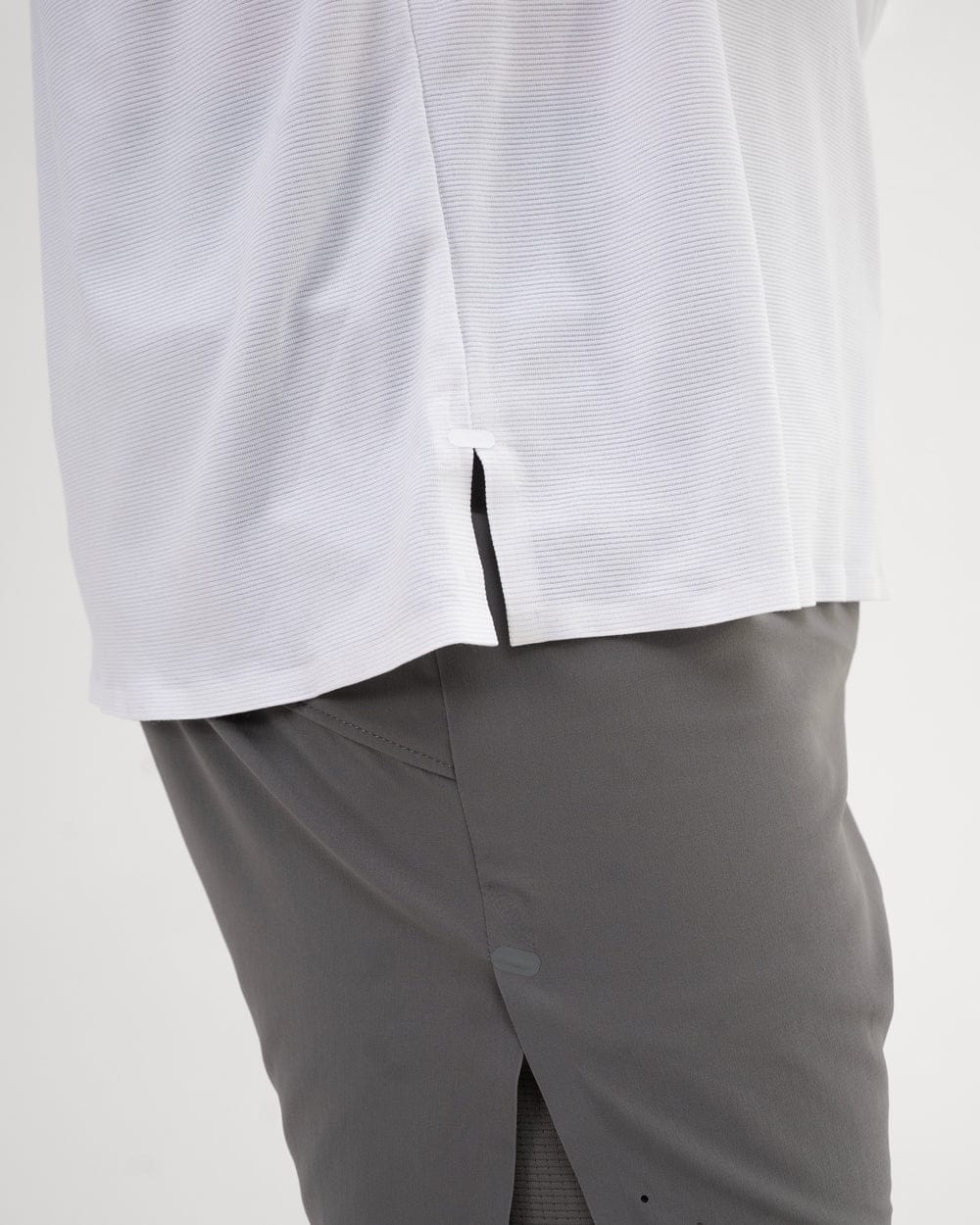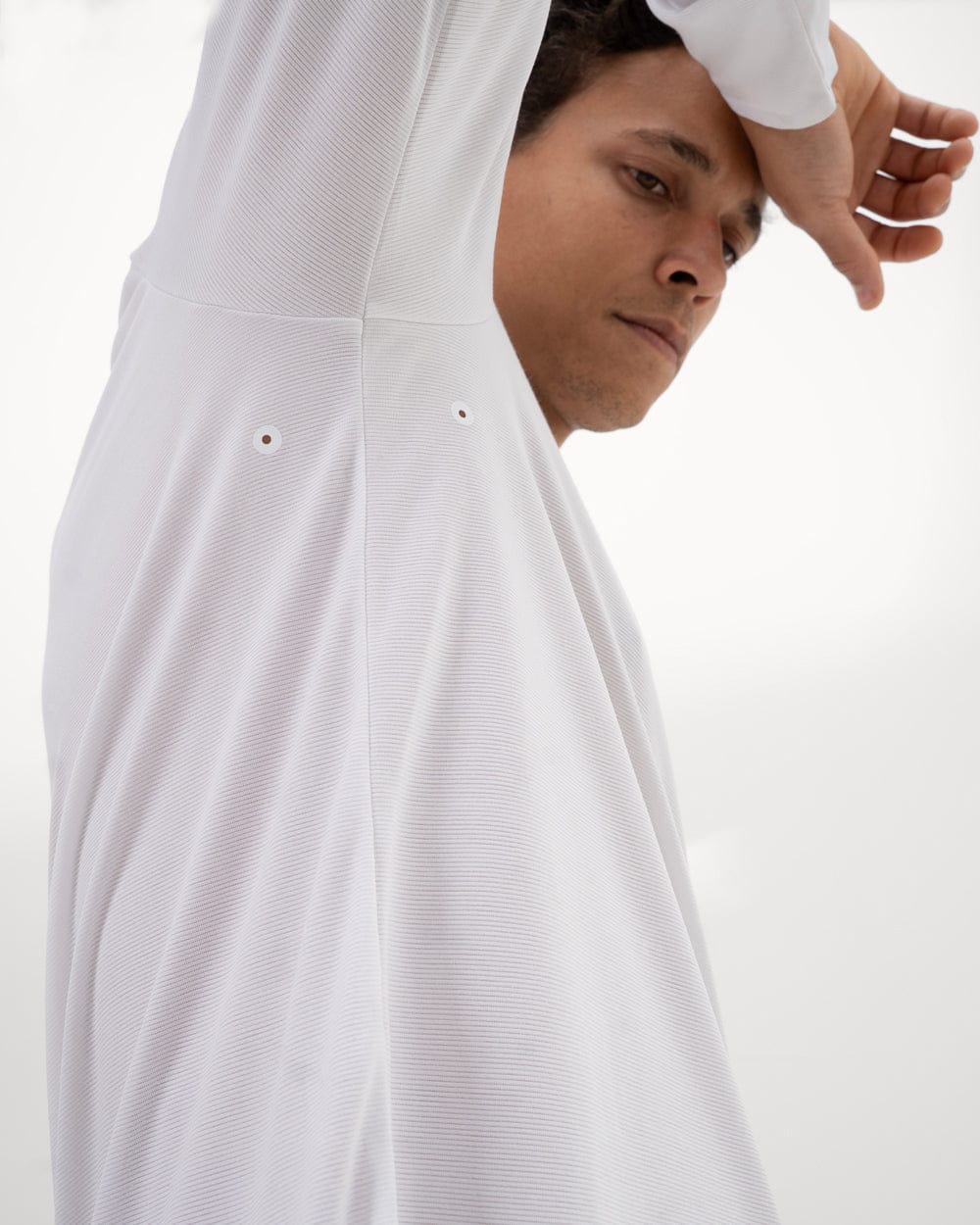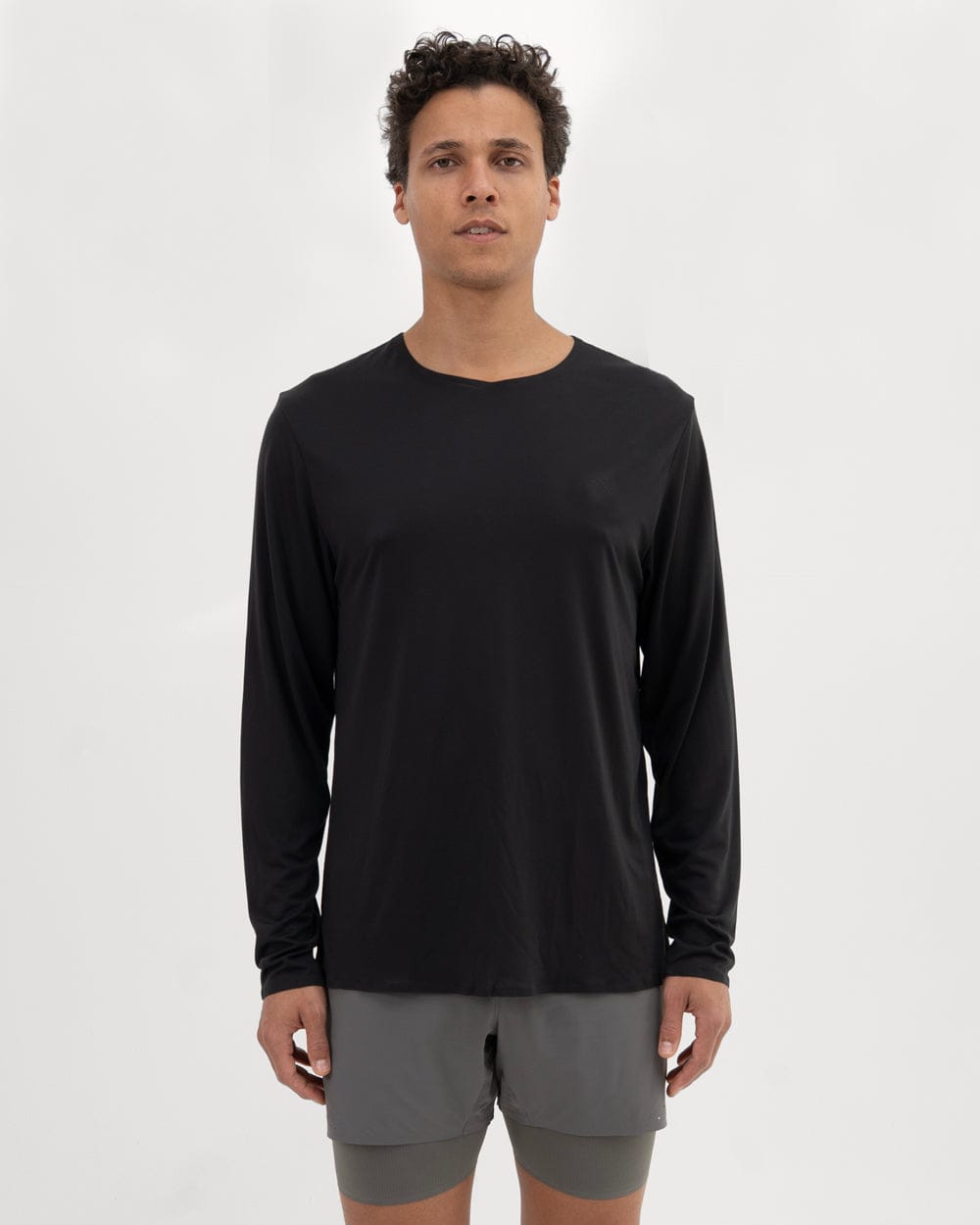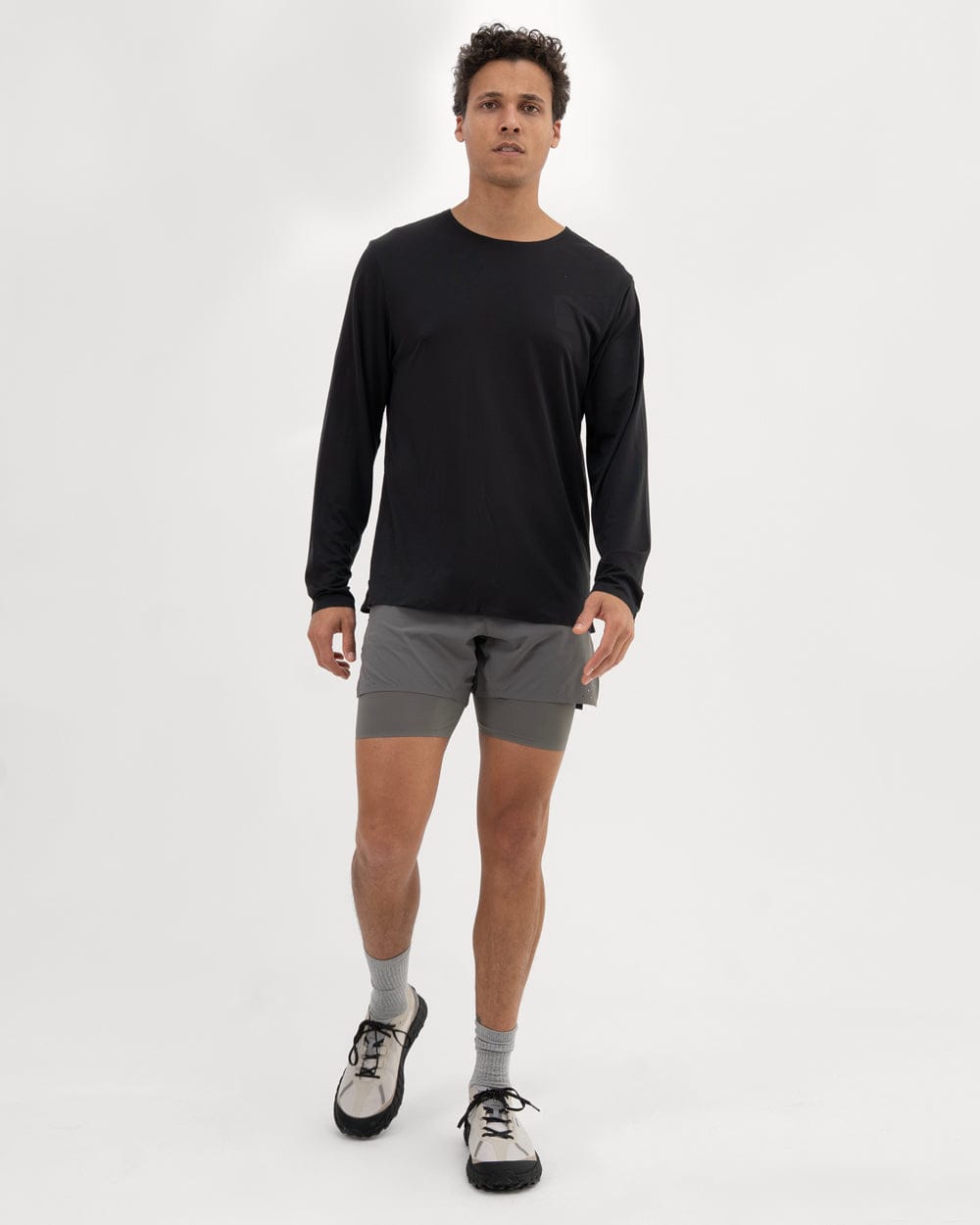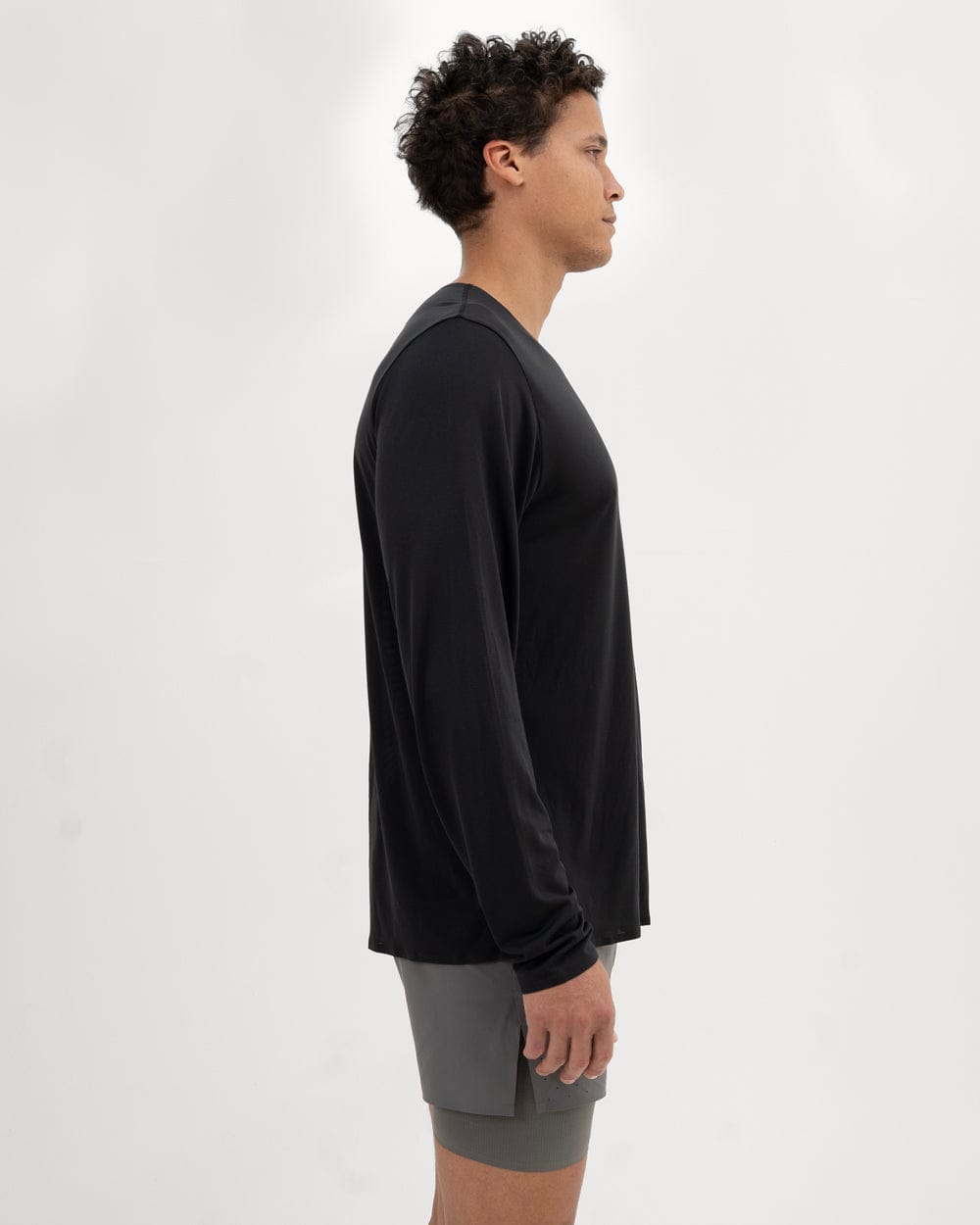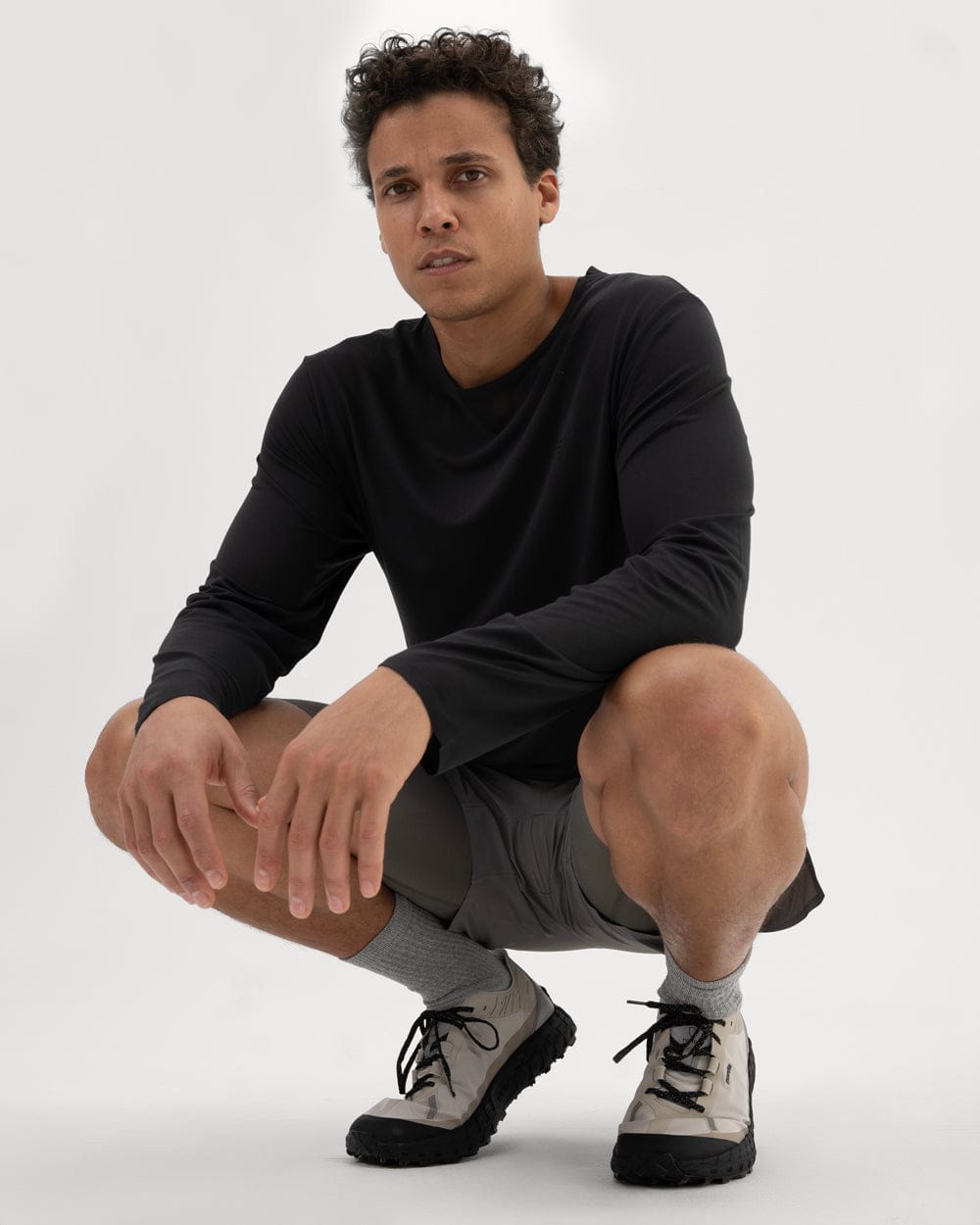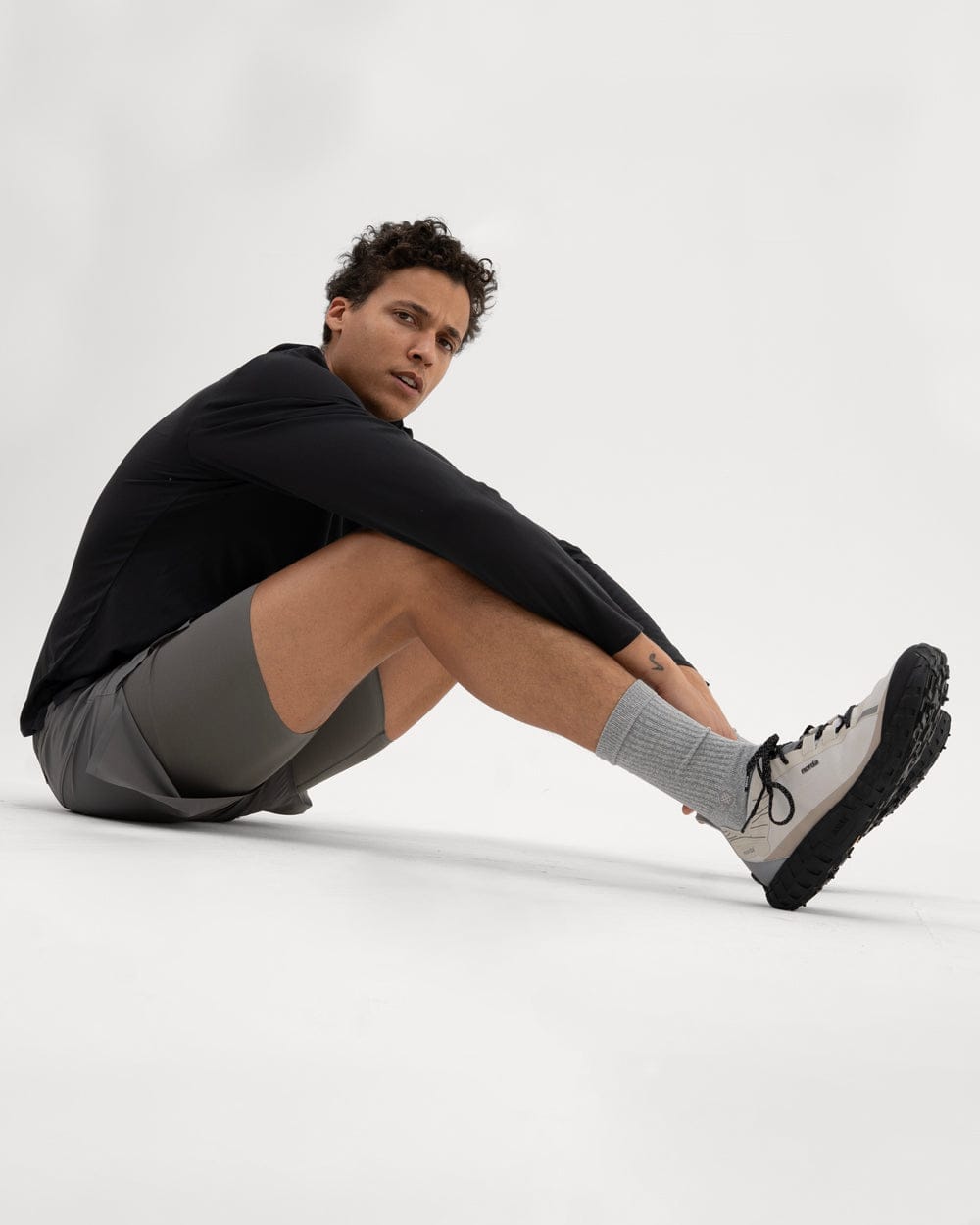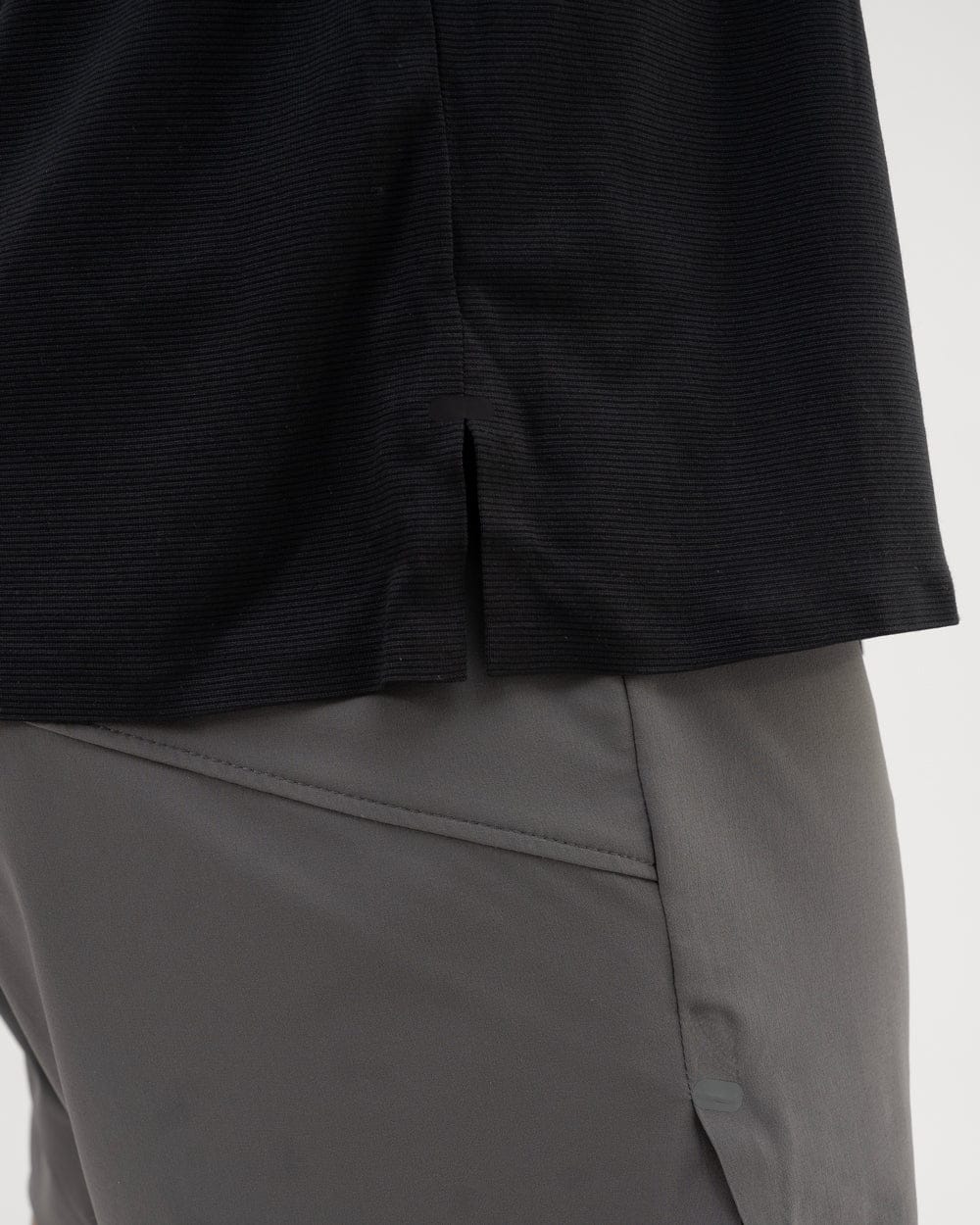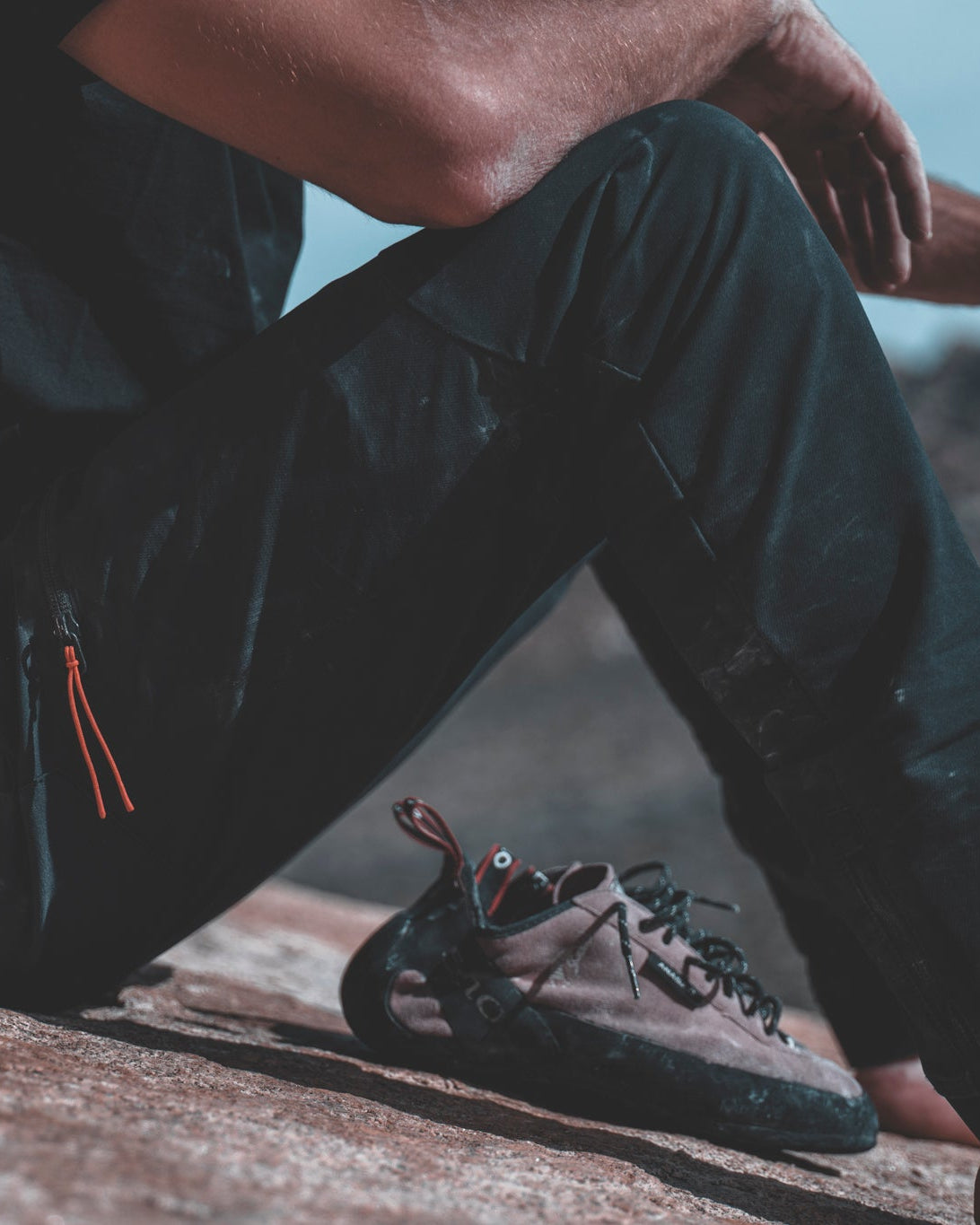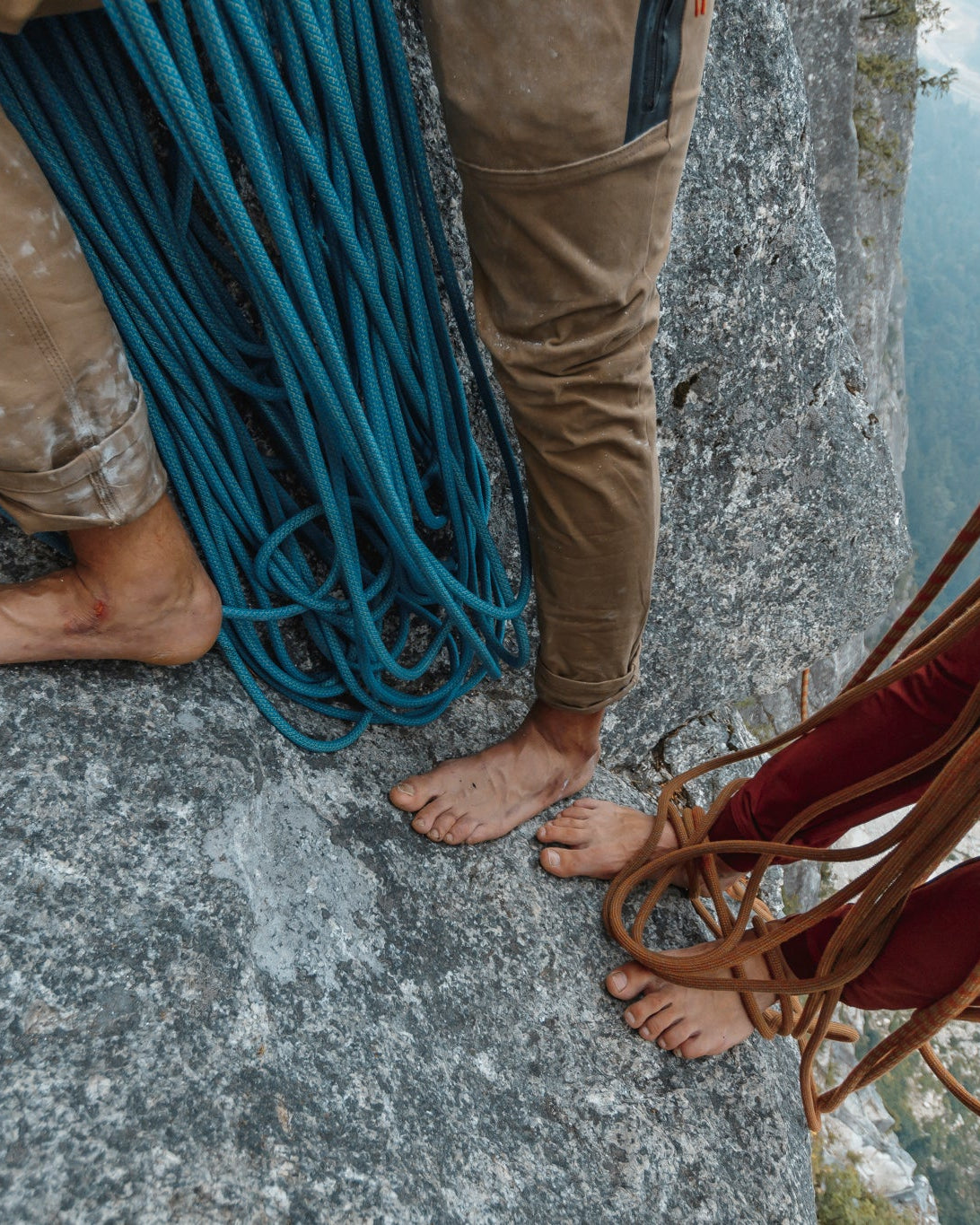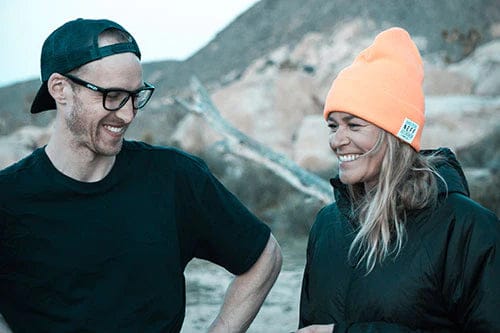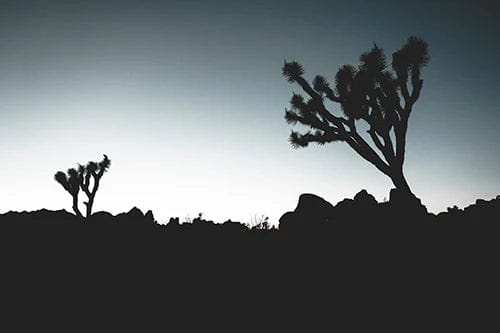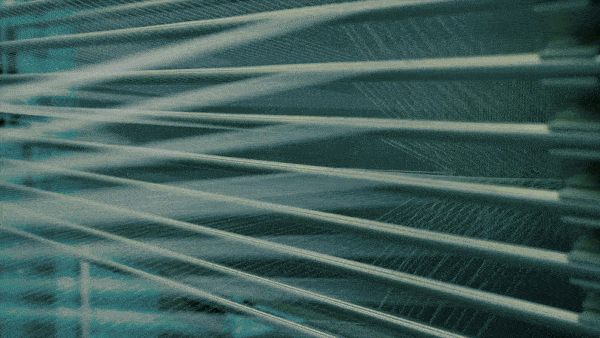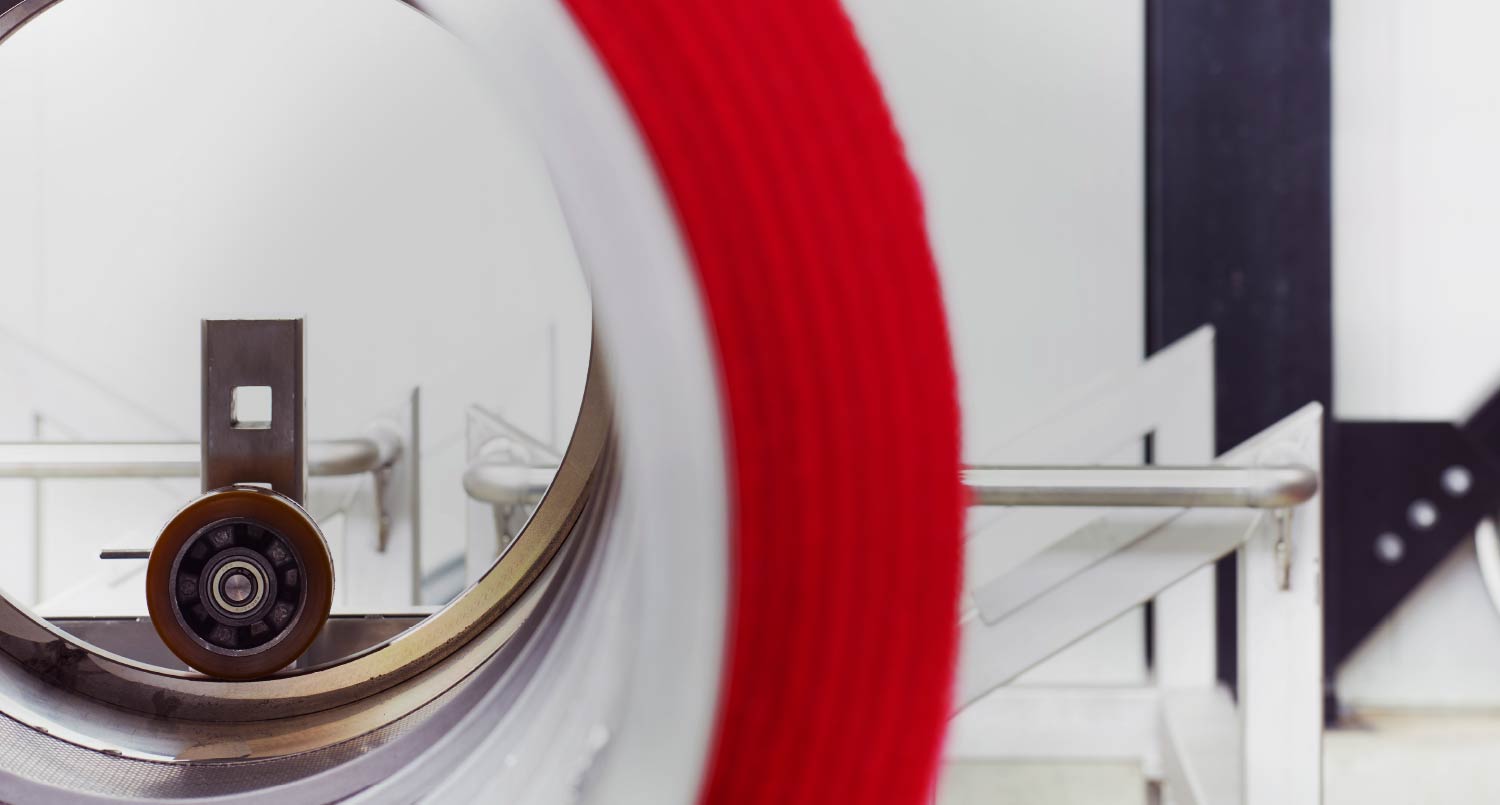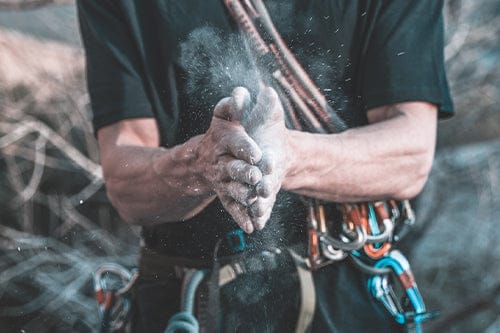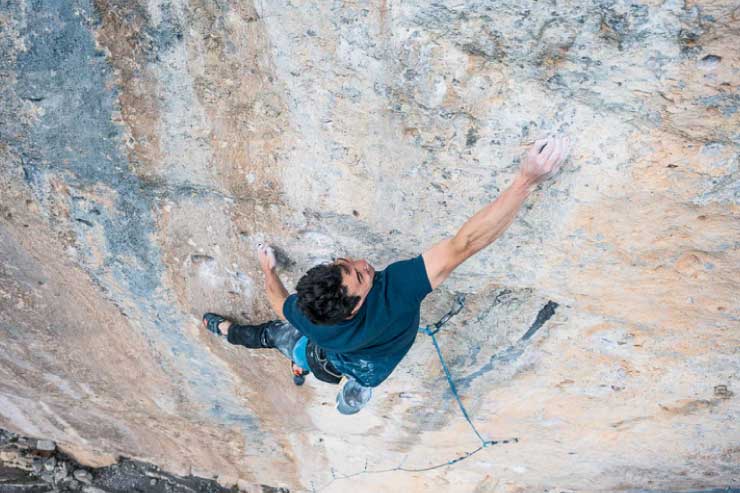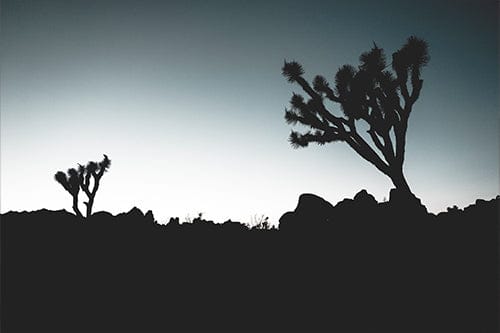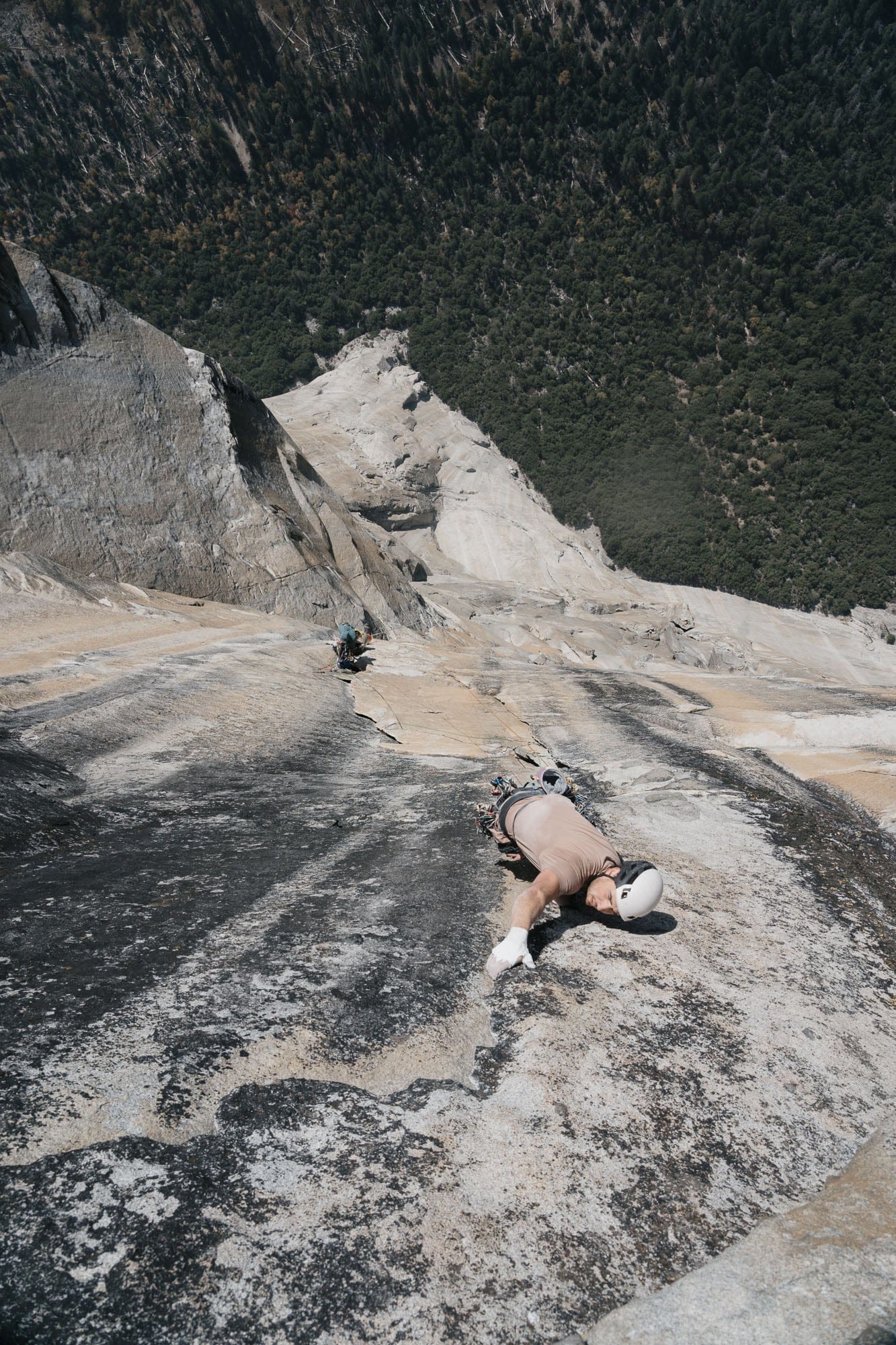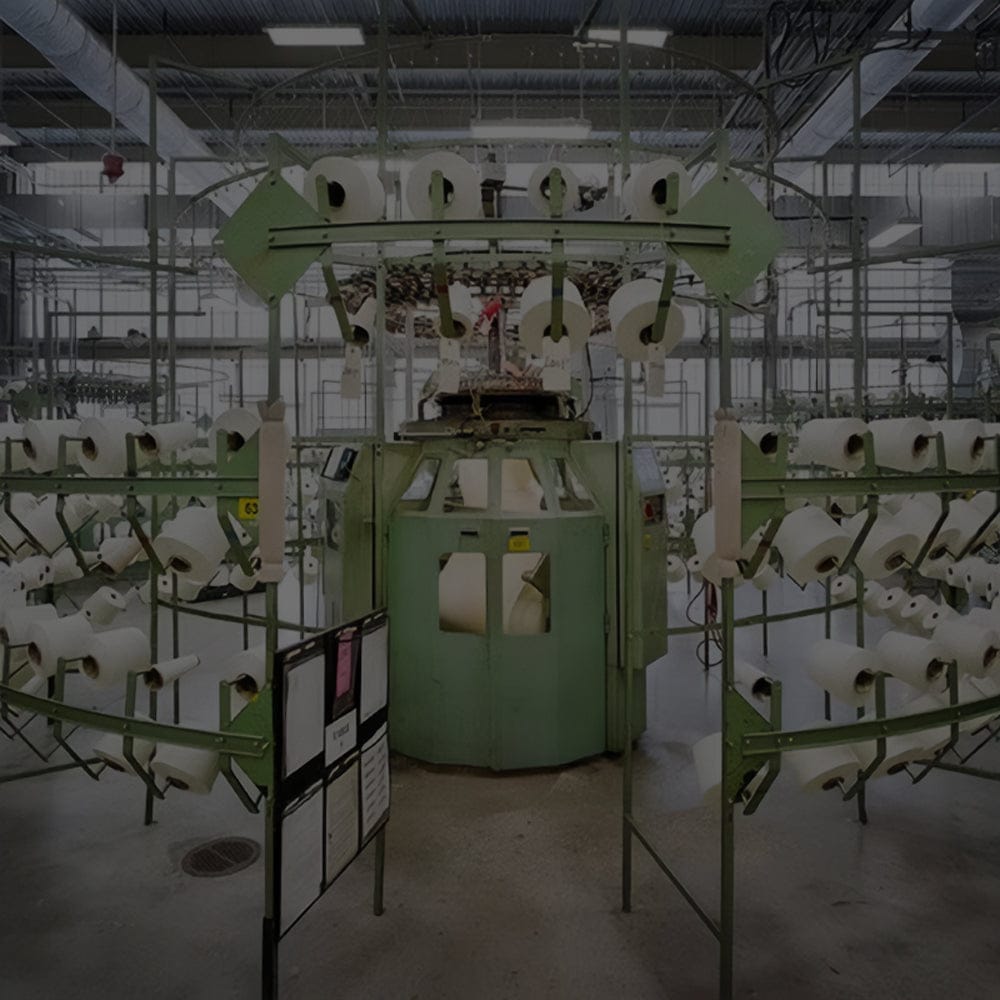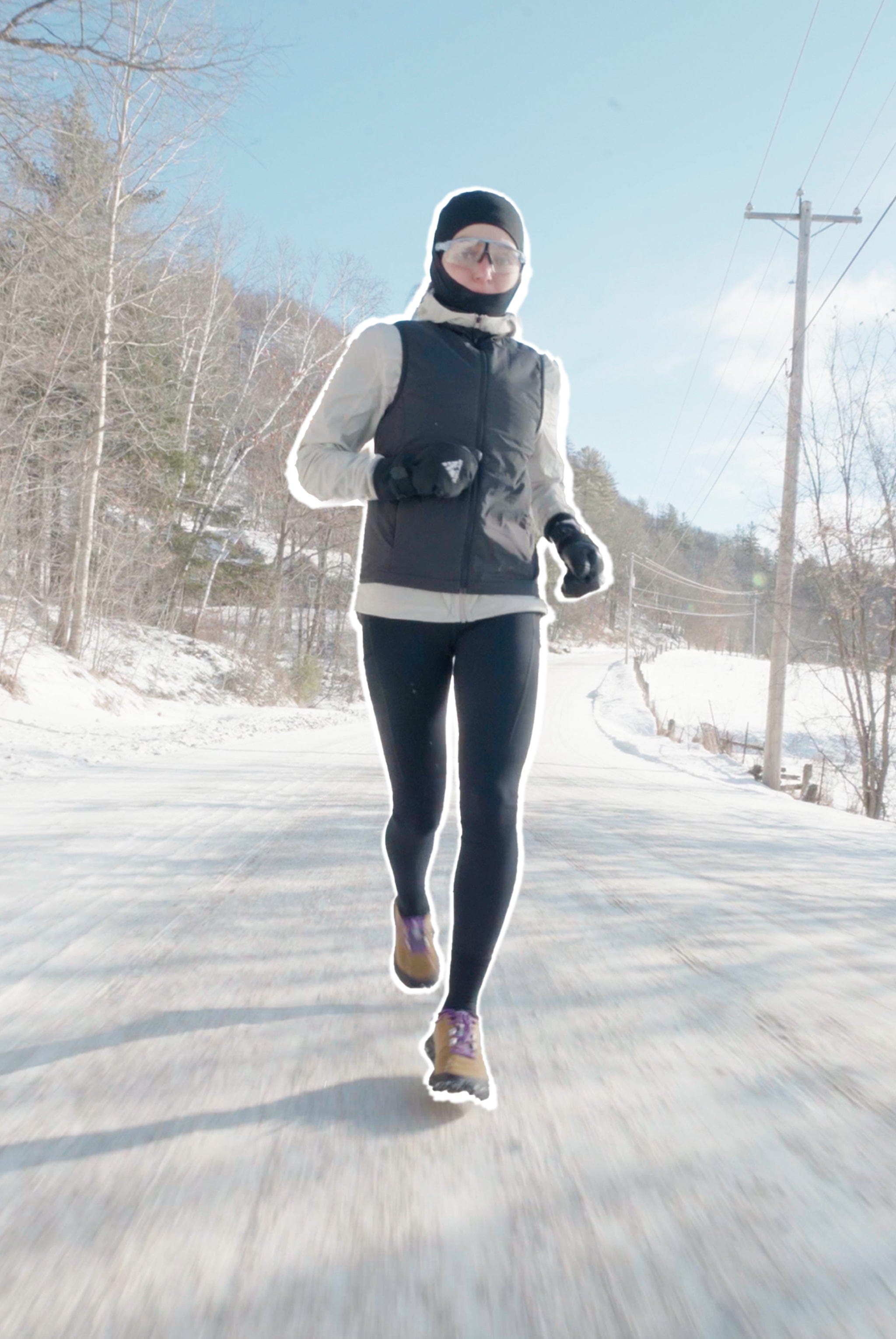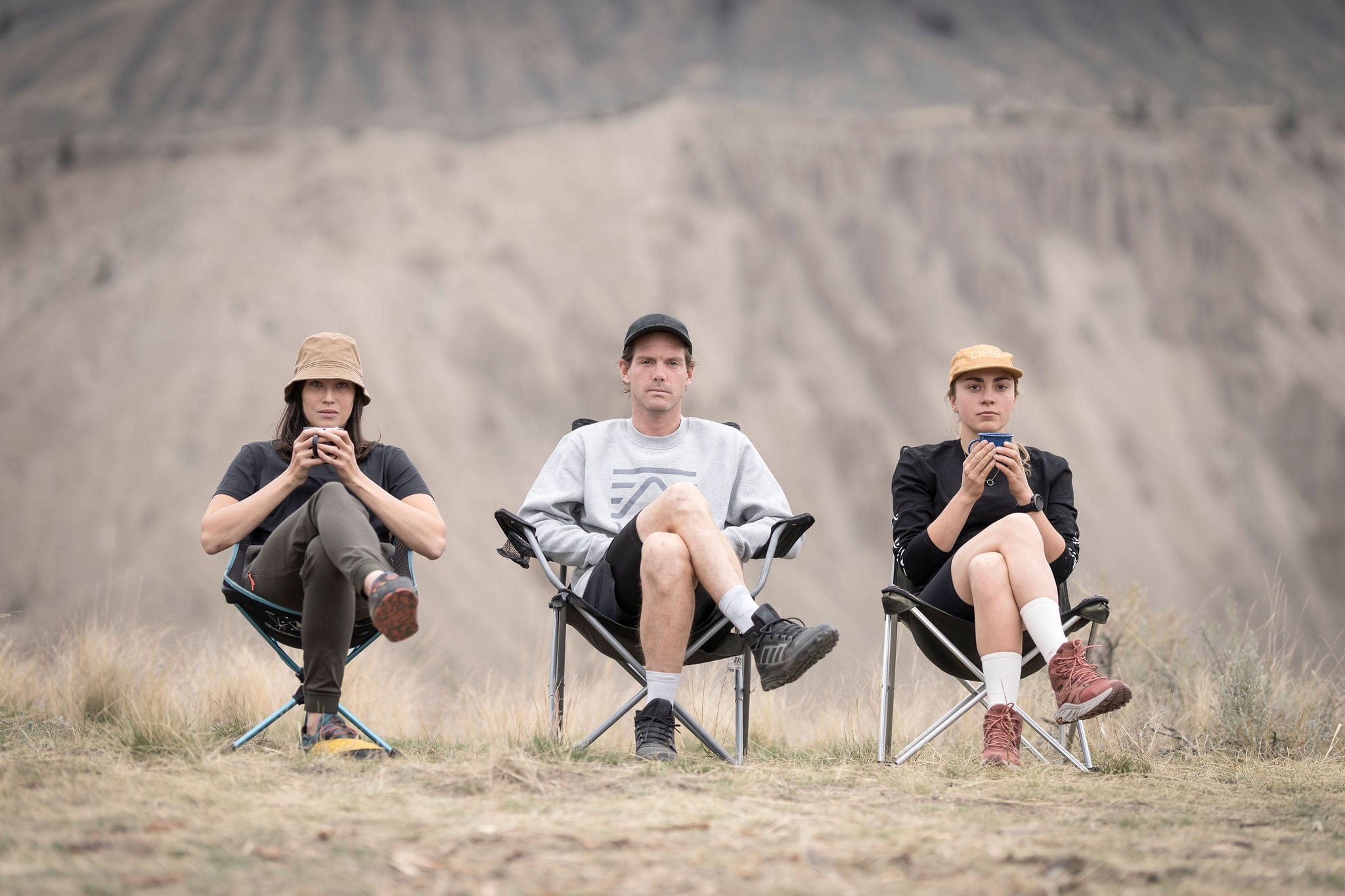By the mid-1970s, the outdoor world was changing. The seeds planted by early pioneers like GERRY, Holubar, Kelty, and Warmlite had grown into an emerging industry. Technical gear was no longer just a DIY project or a niche offering at a handful of specialty shops. Lightweight down bags, nylon parkas, external-frame packs, and functional tents had moved from basement workshops into catalogs, retail stores, and expedition lists.
But as the original innovators expanded (or in some cases sold their businesses), a new wave of smaller companies — many started by former employees, climbers, or designers influenced by the first generation — stepped into the space. Some were experimenters. Some were idealists. Most were both.
This was the second wave of outdoor gear makers: the boutique brands, the cottage builders, the experimenters who took the core ideas of the first generation and pushed them further — lighter, weirder, more specialized.
Moss Tents
If Holubar redefined the sleeping bag and GERRY reinvented the pack, Bill Moss changed how we think about tents. Trained as an artist and graphic designer, Moss approached shelter not just as equipment, but as a structural and aesthetic challenge. His early experiments with tensioned fabric and flexible poles produced the Pop-Tent in 1955, a radical departure from the heavy, boxy canvas shelters of the time.
But it wasn’t until Moss officially founded Moss Tents in 1975, based in Camden, Maine, that his designs reached their full potential. The Moss Stardome, Olympus, and Titan models became known for their graceful, wind-shedding lines, geodesic frames, and exceptional stability.
Moss tents were elegant, but they weren’t just about looks. They worked. Expeditions to Everest basecamp, Arctic research teams, and serious backcountry travelers all trusted Moss shelters to handle severe weather. Where many early brands treated tents as simple equipment, Moss elevated the tent to what he called a “portable habitat” — a concept that continues to shape tent design today.
Early Winters
Founded in 1974, Early Winters was originally a gear catalog, selling high-end outdoor products from various brands. But the founders were eager to make their own products — and when they were introduced to a new, experimental fabric from W.L. Gore & Associates, they immediately understood its potential. The result was the Early Winters Light Dimension Tent (1976), the world’s first commercial product made with Gore-Tex fabric — a single-wall shelter that could repel rain while allowing vapor to escape, eliminating the need for a separate rainfly.
It was the beginning of the waterproof-breathable revolution — a core concept in outdoor gear design that still dominates today. Early Winters quickly followed with Gore-Tex parkas, making them one of the first companies to embrace and market the fabric beyond military and industrial use. Early Winters didn’t last. The company was acquired by Orvis in the mid-1980s, and soon after, the technical product lines were phased out in favor of more casual outdoor clothing. Yet their role as the launch partner for Gore-Tex in consumer gear secured their place in outdoor history.
Snow Lion
In the 1970s, down was king — unbeatable for warmth-to-weight ratio. But it had one flaw: when wet, it failed.
Enter Snow Lion, a small California brand founded by climber Bill Simon, who later joined The North Face. In 1976, Snow Lion introduced the first truly functional synthetic-insulated sleeping bag, using Polarguard, a polyester fiberfill that maintained loft and insulation even when damp.
This innovation mattered. For wet conditions, coastal climates, or expeditions where moisture control was a challenge, synthetic insulation opened up new possibilities. While Snow Lion also made down gear, tents, and parkas, their big contribution was pushing synthetic fills into serious outdoor use — a precursor to the synthetics we see today in puffy jackets and sleeping bags.
Unfortunately, Snow Lion’s life was short. Financial struggles and a failed sale led to bankruptcy by 1977. But their breakthrough in insulation technology left a lasting influence, helping set the stage for brands like Sierra Designs, Patagonia, and The North Face to adopt and advance synthetic options.
The Rise, the Fall
By the early 1980s, the small-shop innovation that had defined the early outdoor industry — basement sewing machines, garage-built prototypes, gear tested by the people who made it — was giving way to something bigger. Backpacking and skiing were booming. National retail chains were expanding. Technical gear had become serious business.
For many of the first-wave pioneers — brands like GERRY, Holubar, and others — this meant a choice: stay small or sell. Most sold. GERRY was absorbed by Outdoor Sports Industries. Holubar passed from independent hands to Johnson Wax, then to The North Face. Others, like Moss and Snow Lion, were outcompeted or acquired as cheaper offshore manufacturing and fashion-driven outdoor wear began to reshape the market.
What had started as problem-solving for climbers and mountaineers was becoming product strategy, spreadsheets, and scale.
But the deeper legacy of these early brands wasn’t just the gear they made — it was the culture they shaped. The DIY Carikit kits. The garage-built prototypes. The belief that good gear should be simple, functional, and designed by the people who use it.
As the outdoor industry grew, so did the scale of the brands we know today — Patagonia, The North Face, Columbia, REI — many still carrying threads of that original spirit in their own ways. And across the industry, the best designs continue to echo the questions first asked by Roy and Alice Holubar, Gerry Cunningham, Dick Kelty, and their peers:
How do we make this better? How do we make it last?
Their influence remains stitched into the fabric of the outdoor world — a reminder that the best gear always begins with curiosity, care, and a real connection to the places it’s meant to go.

